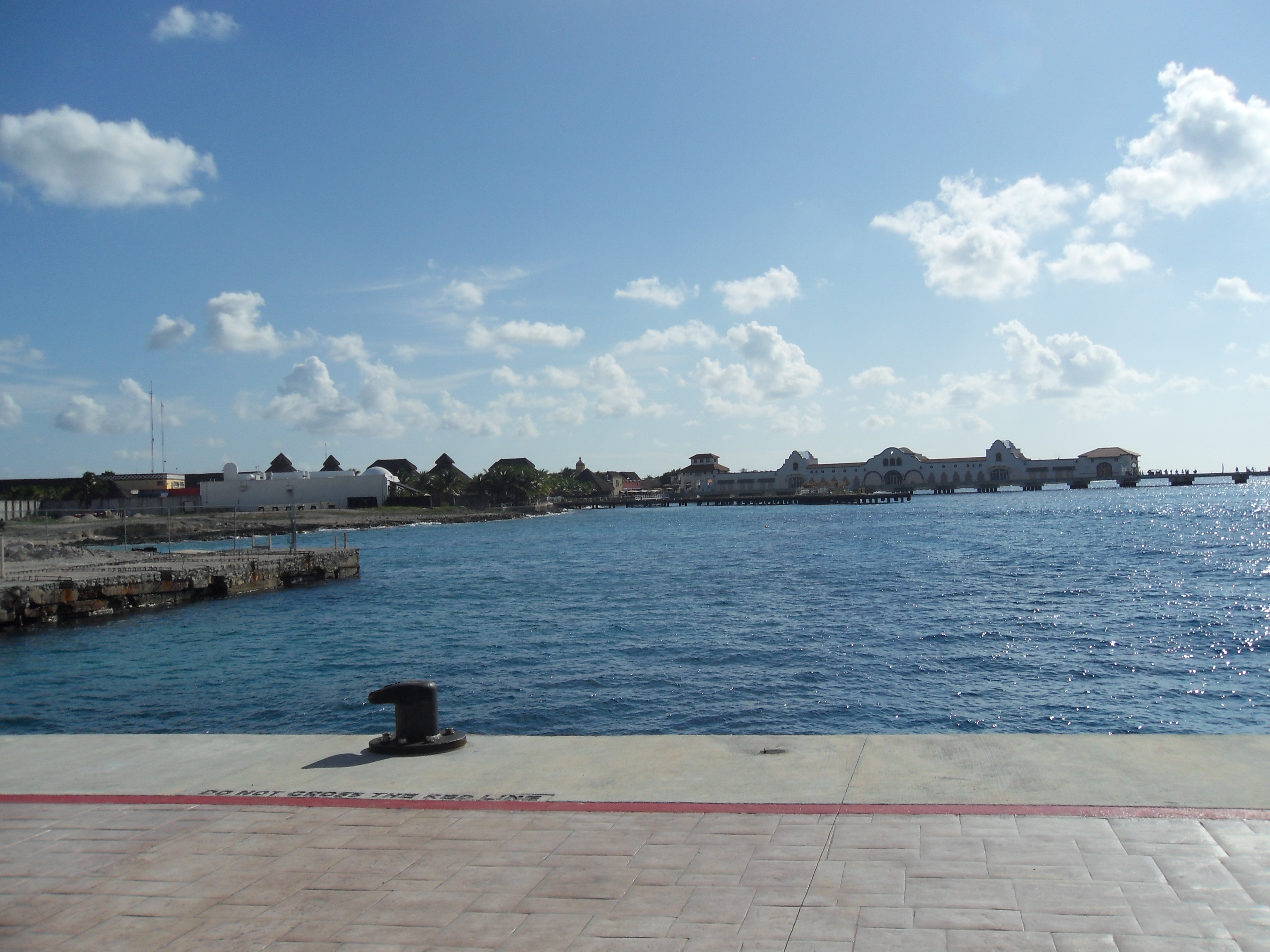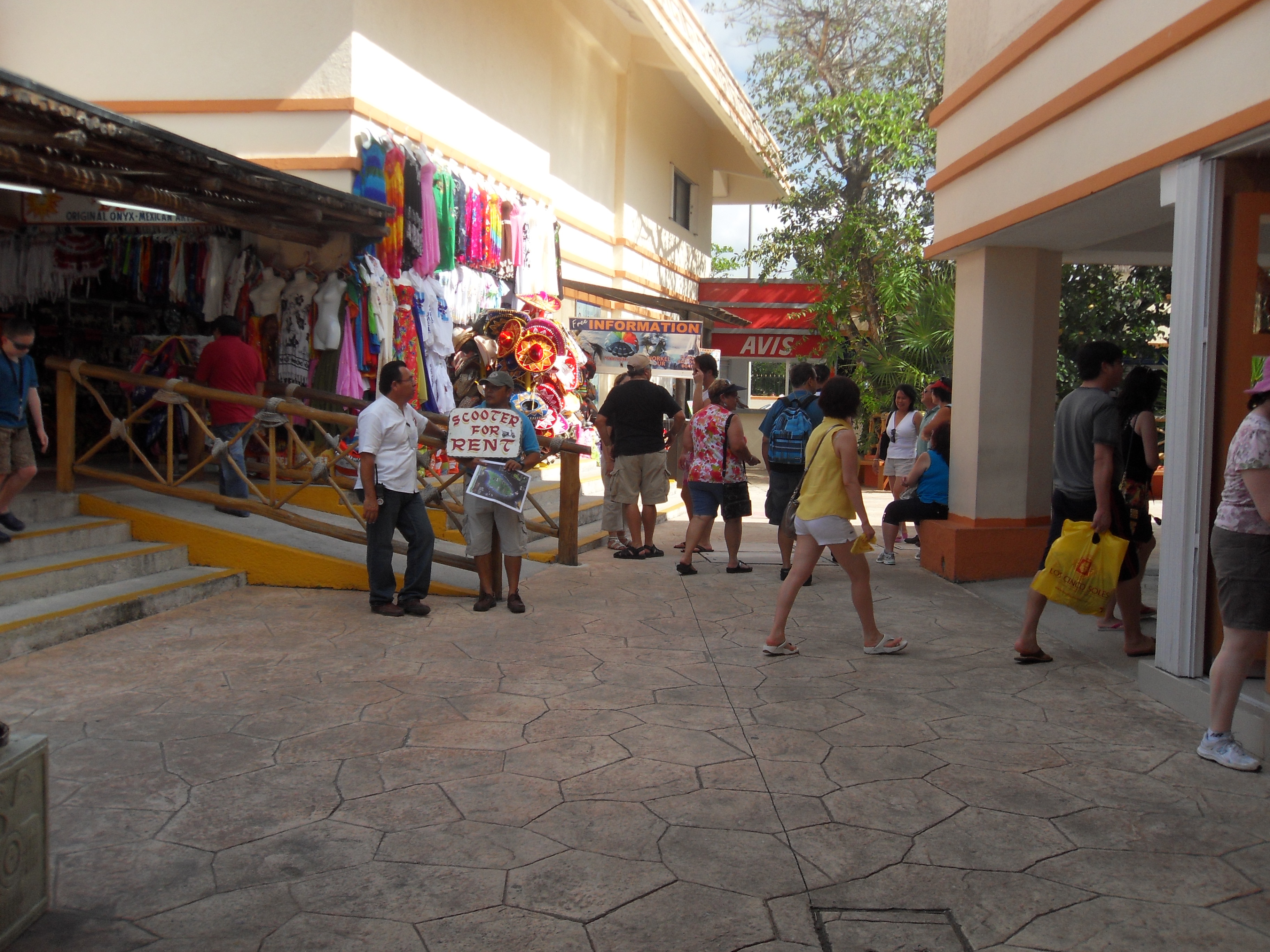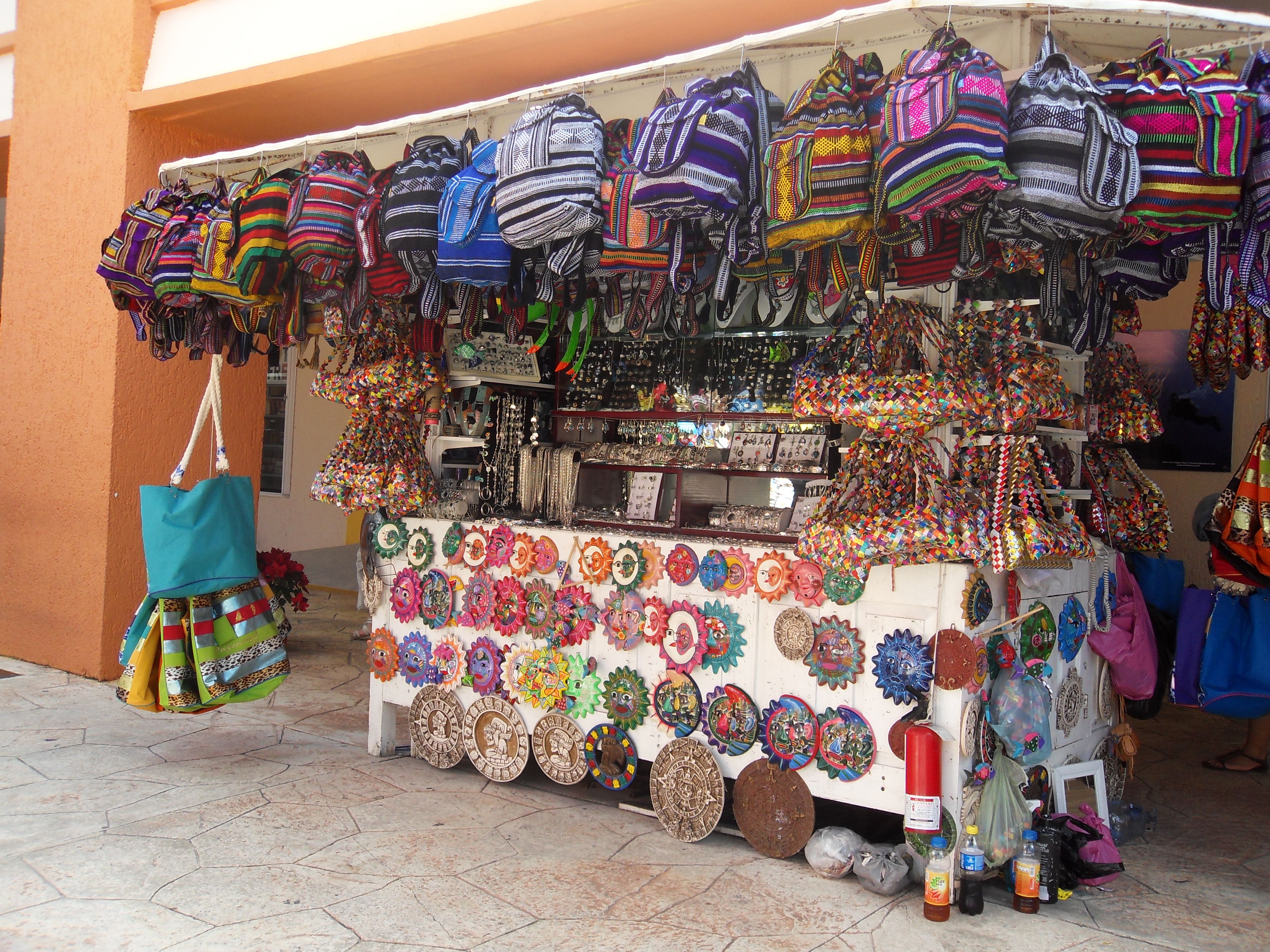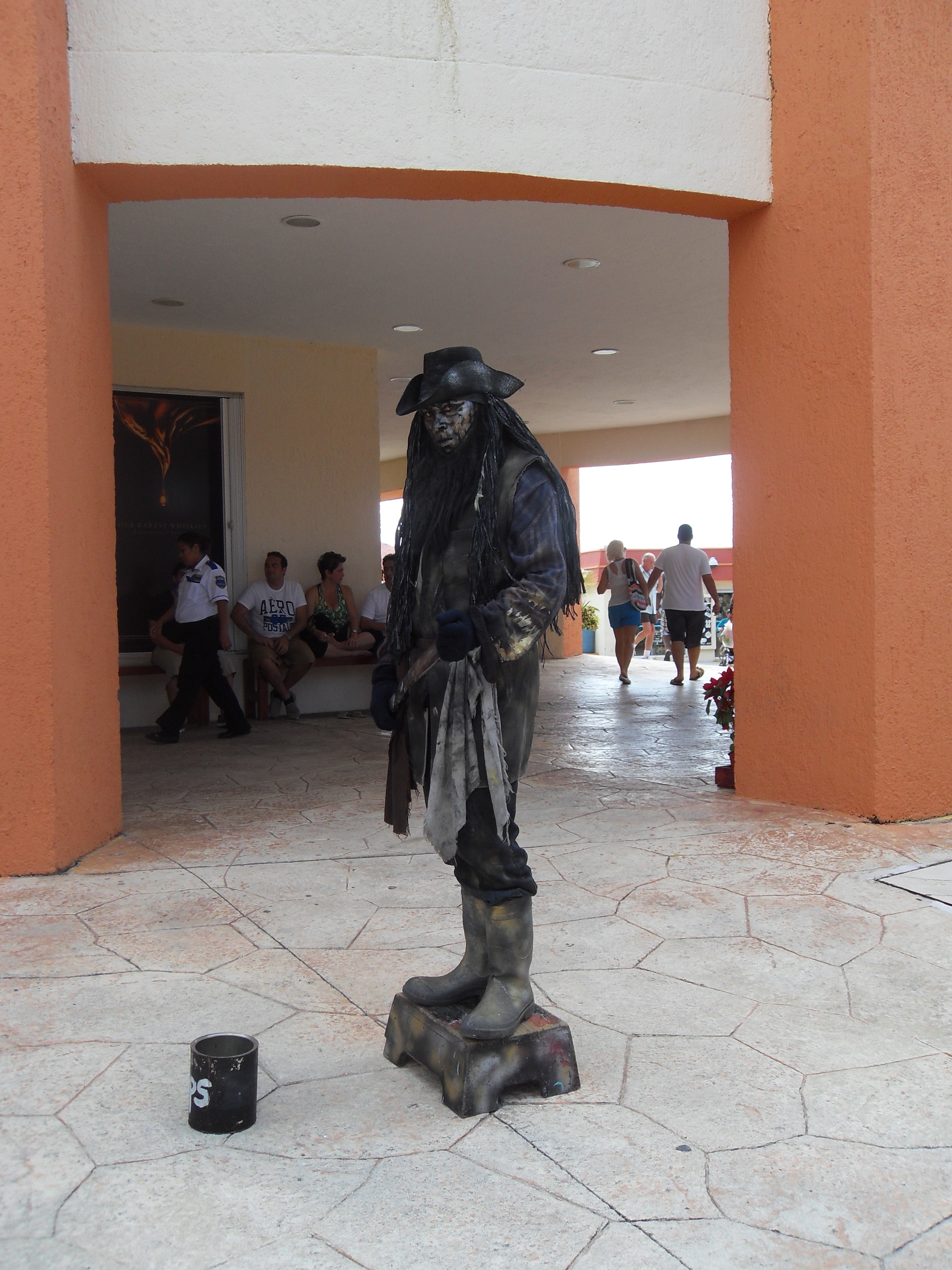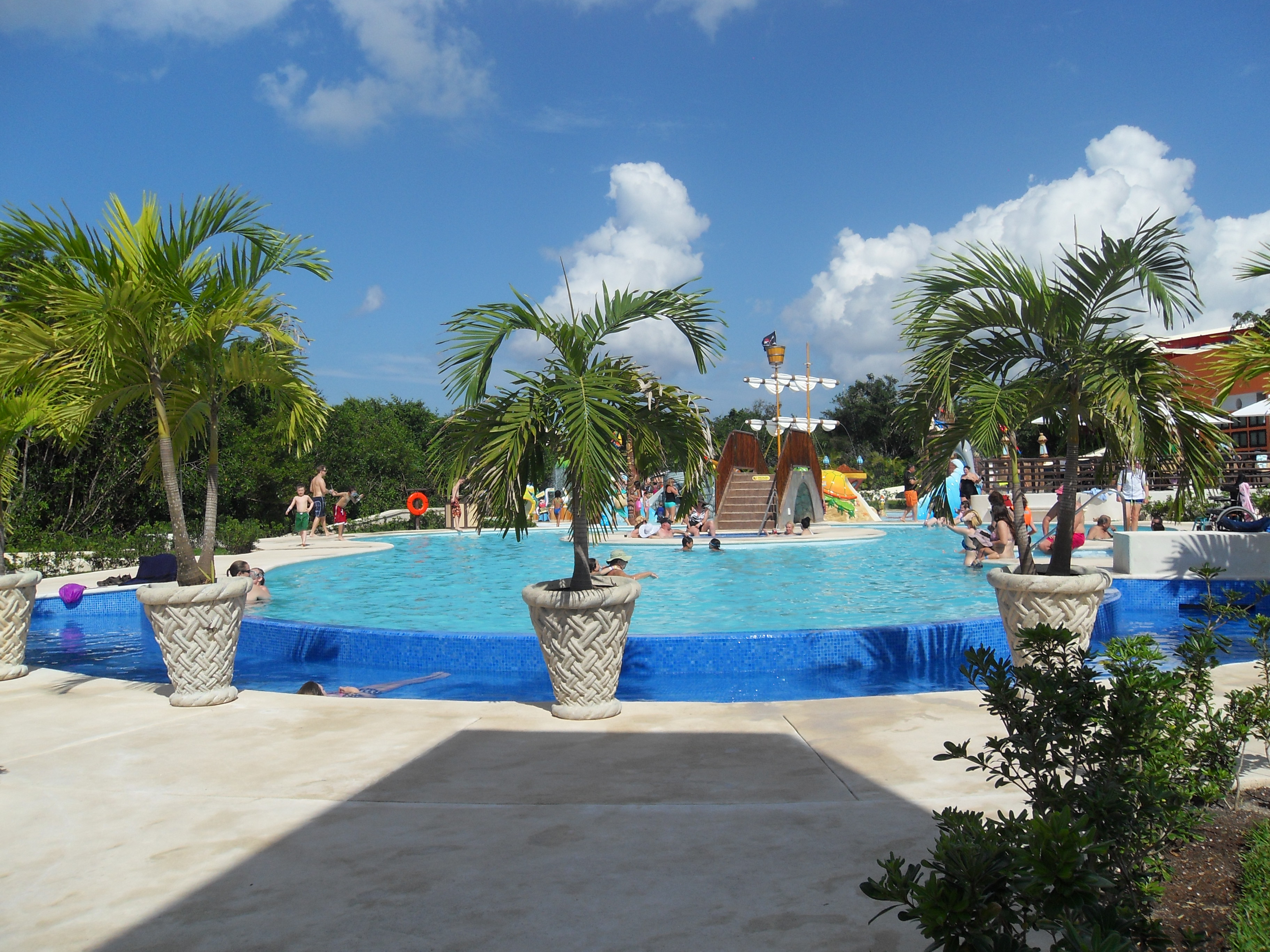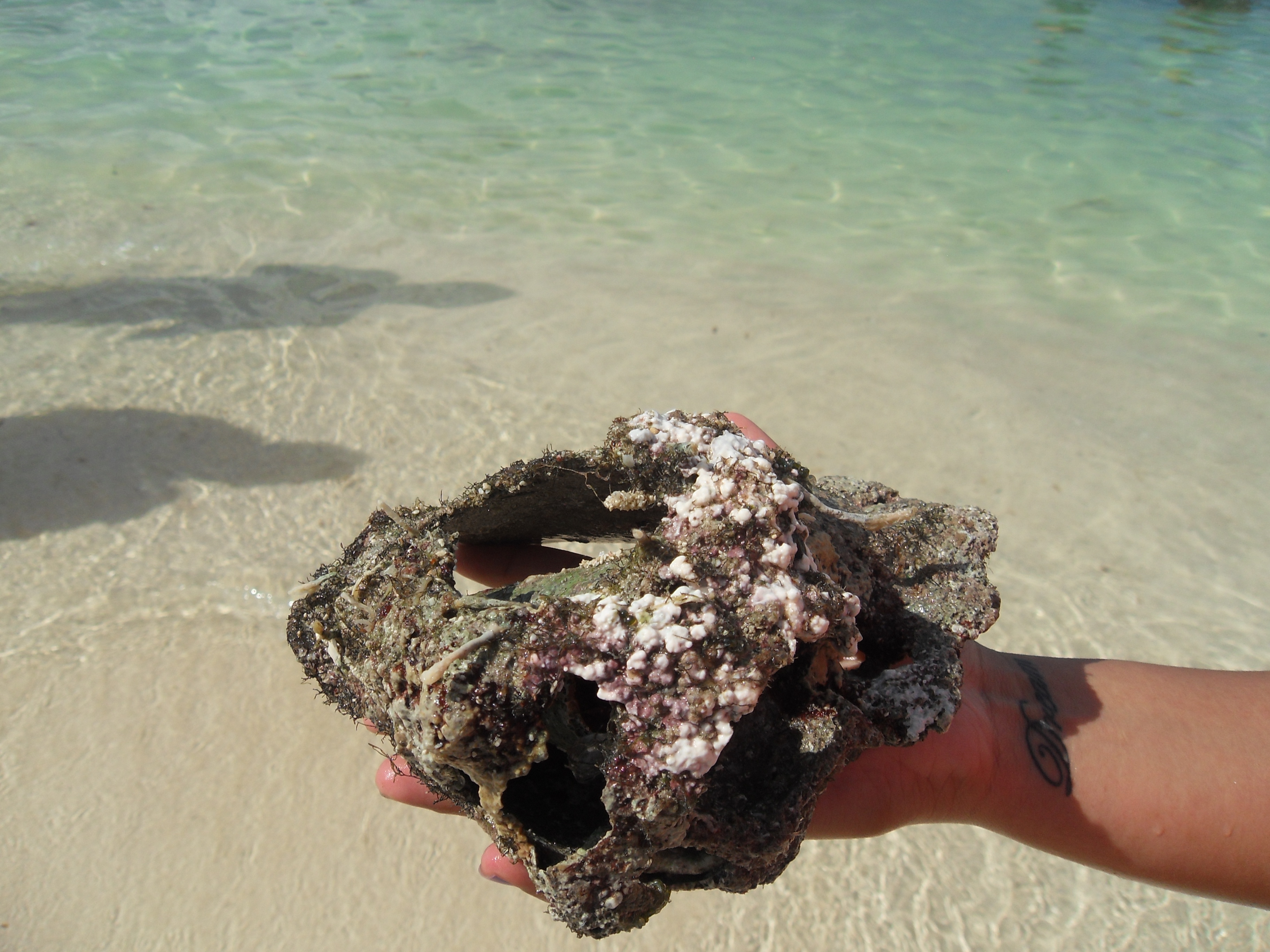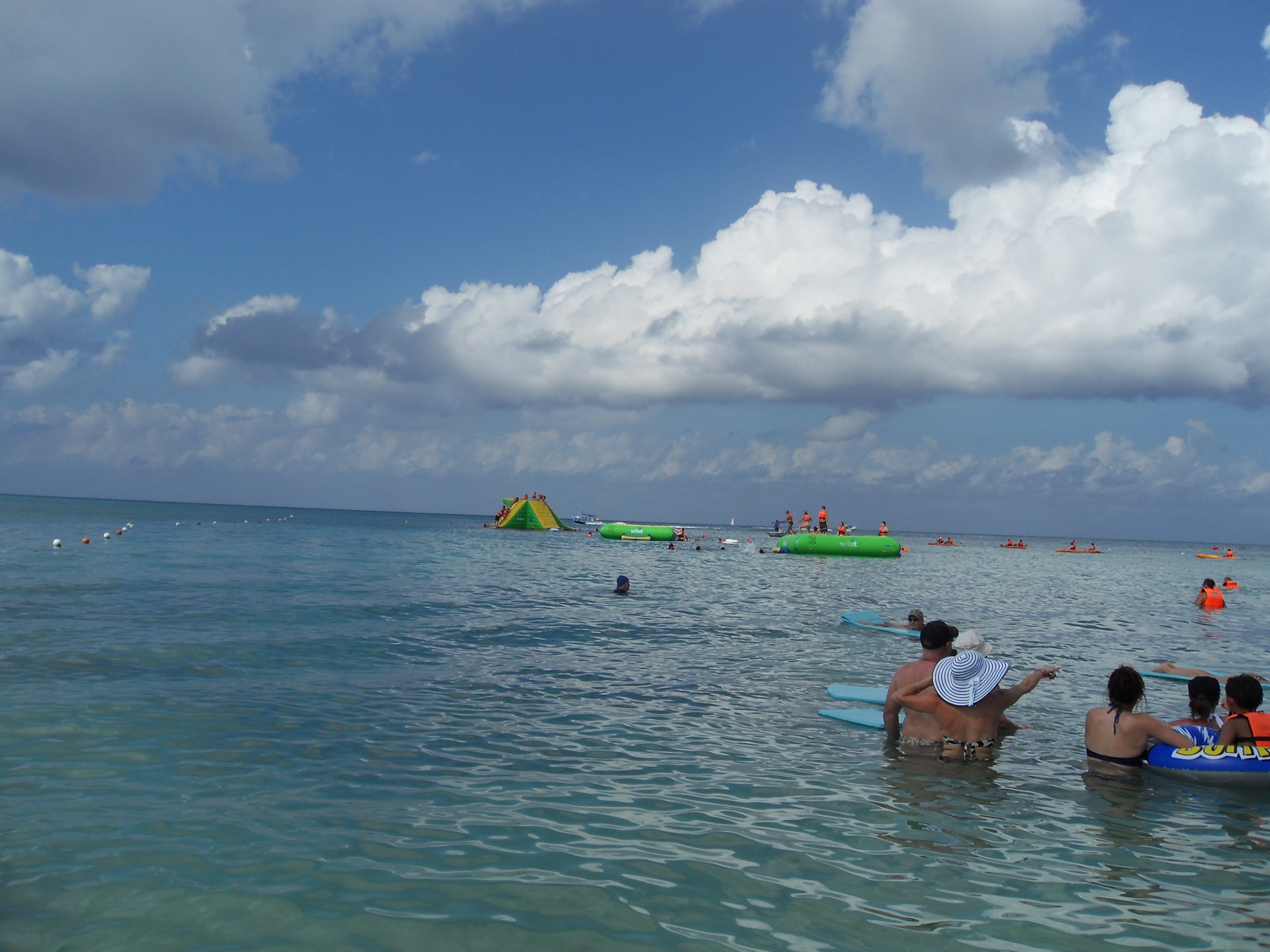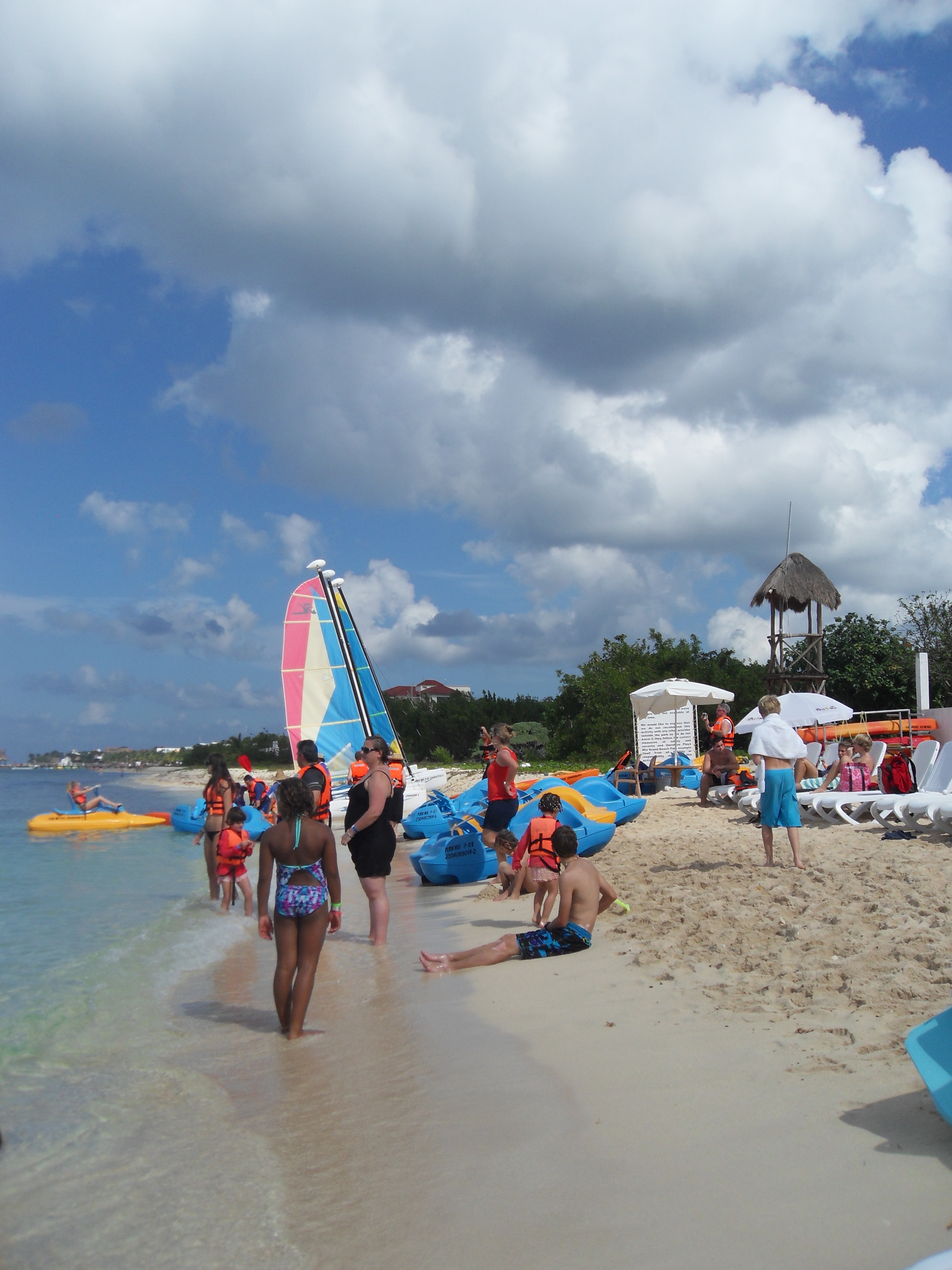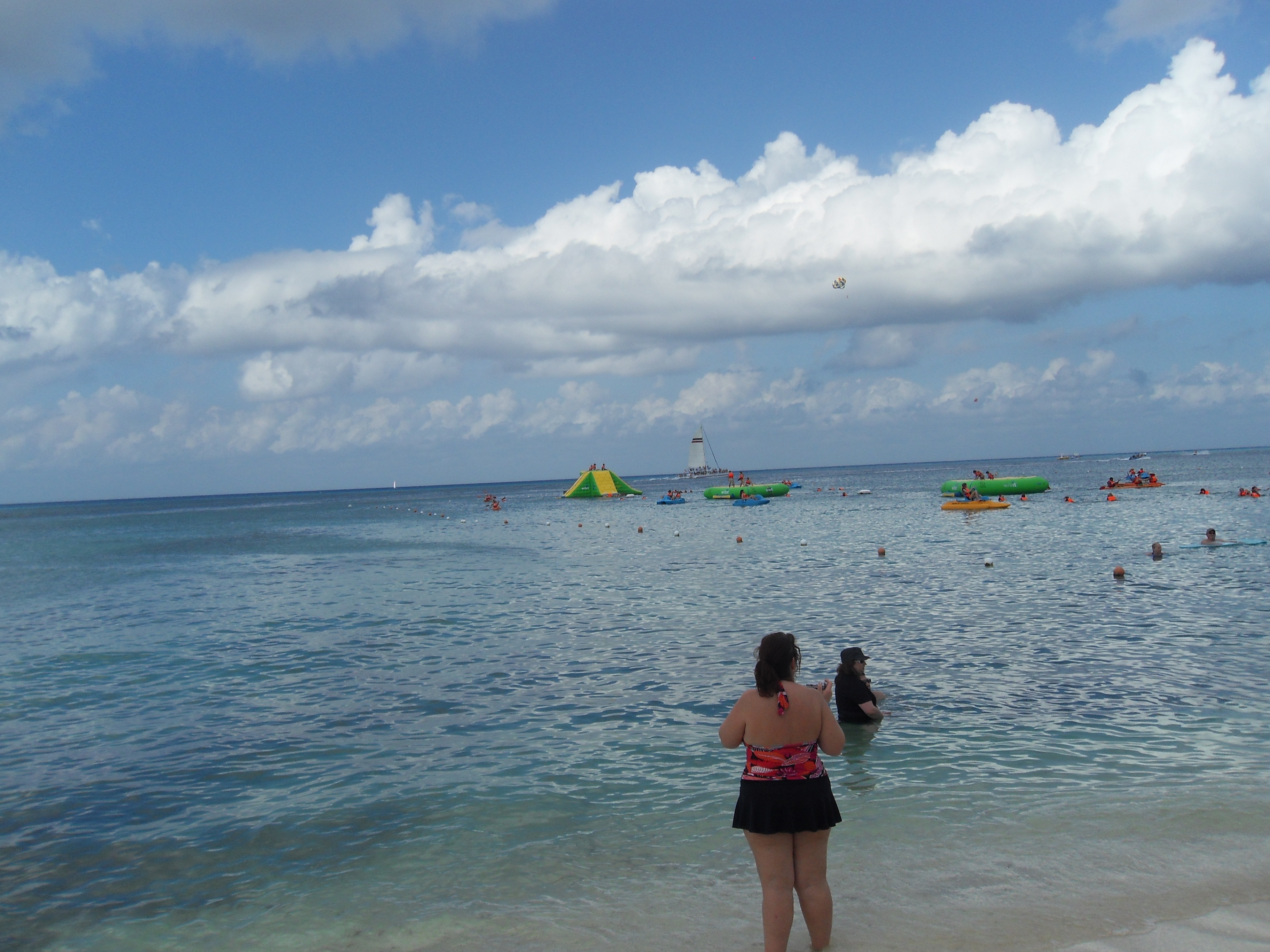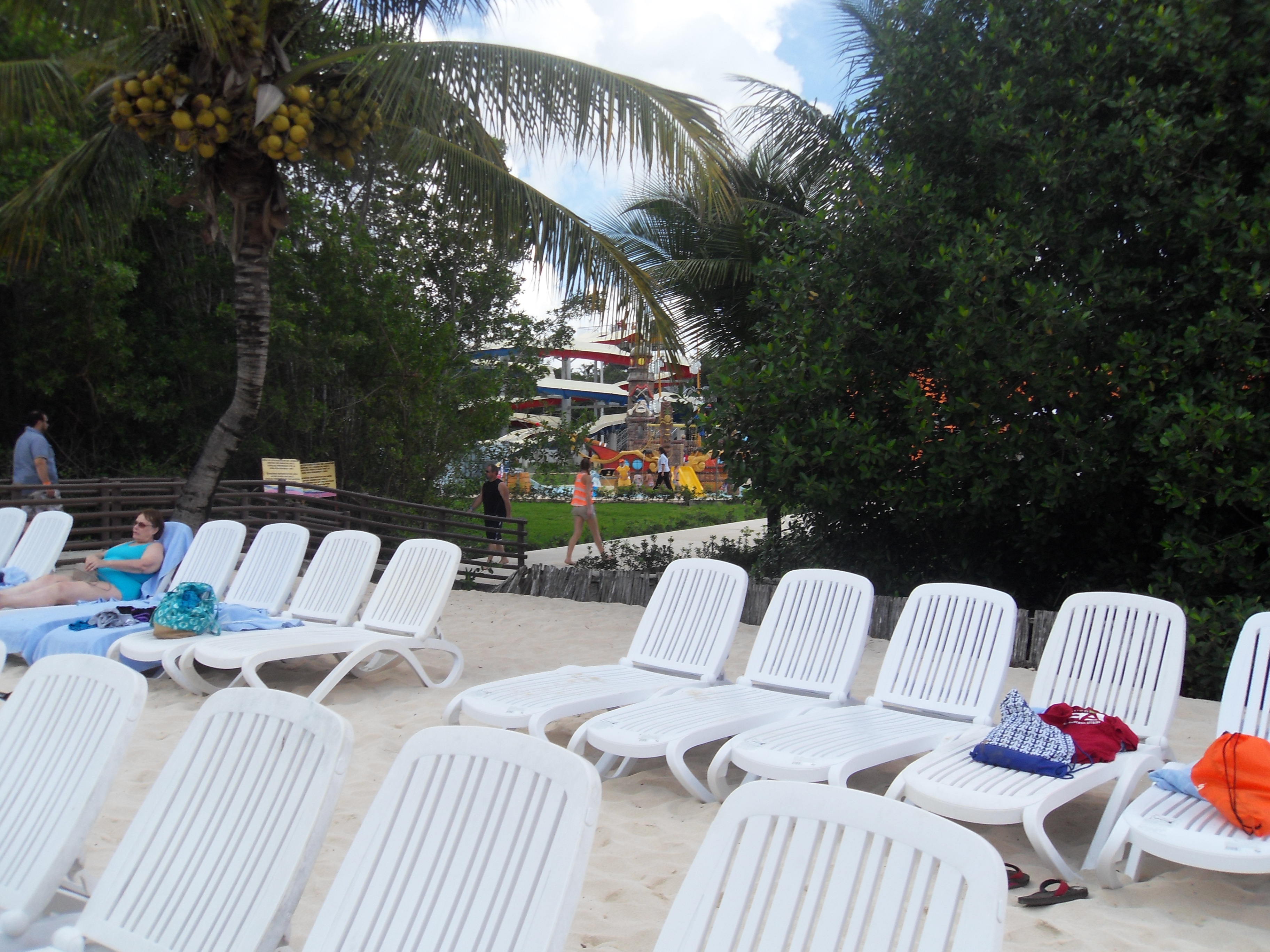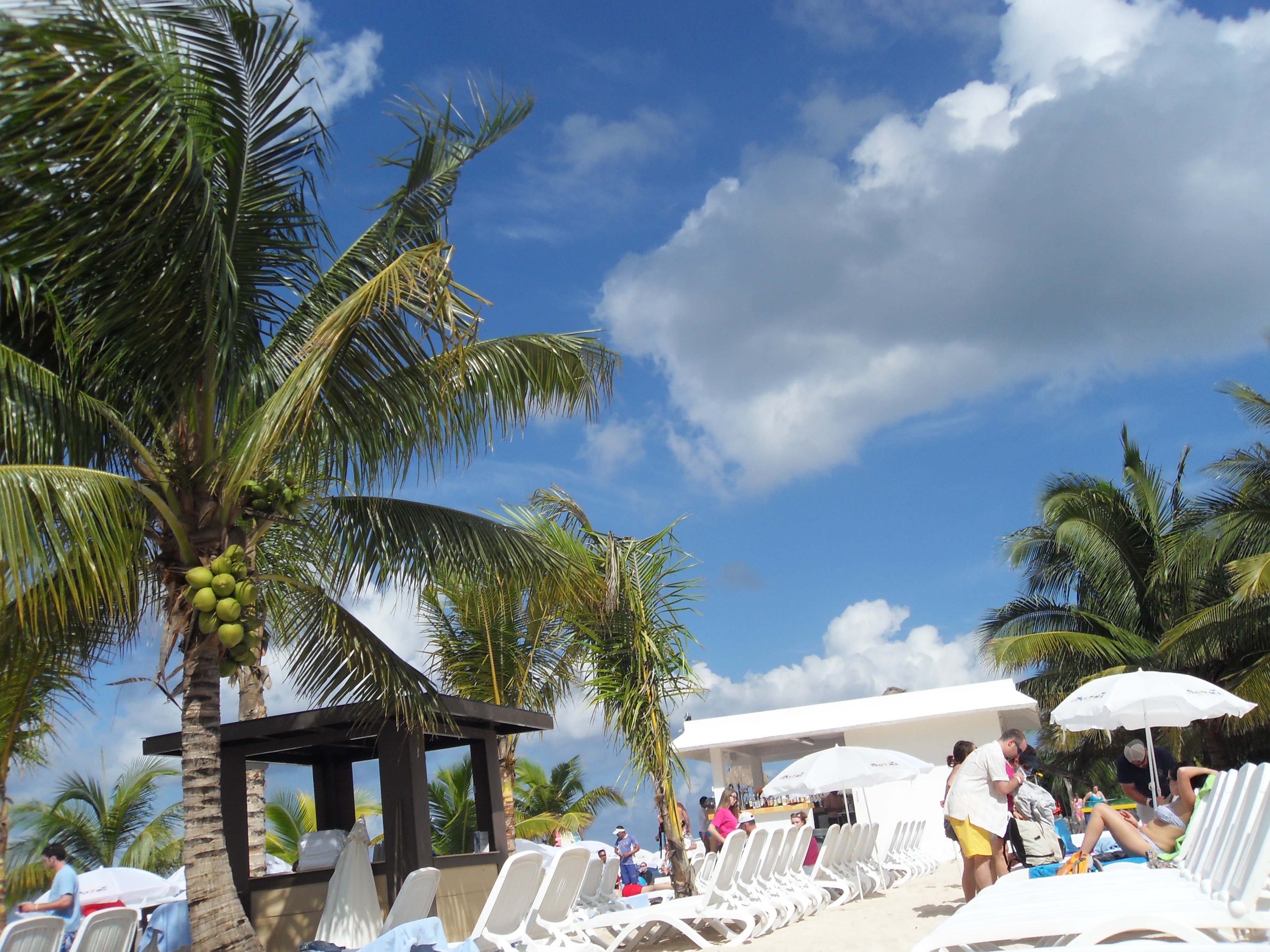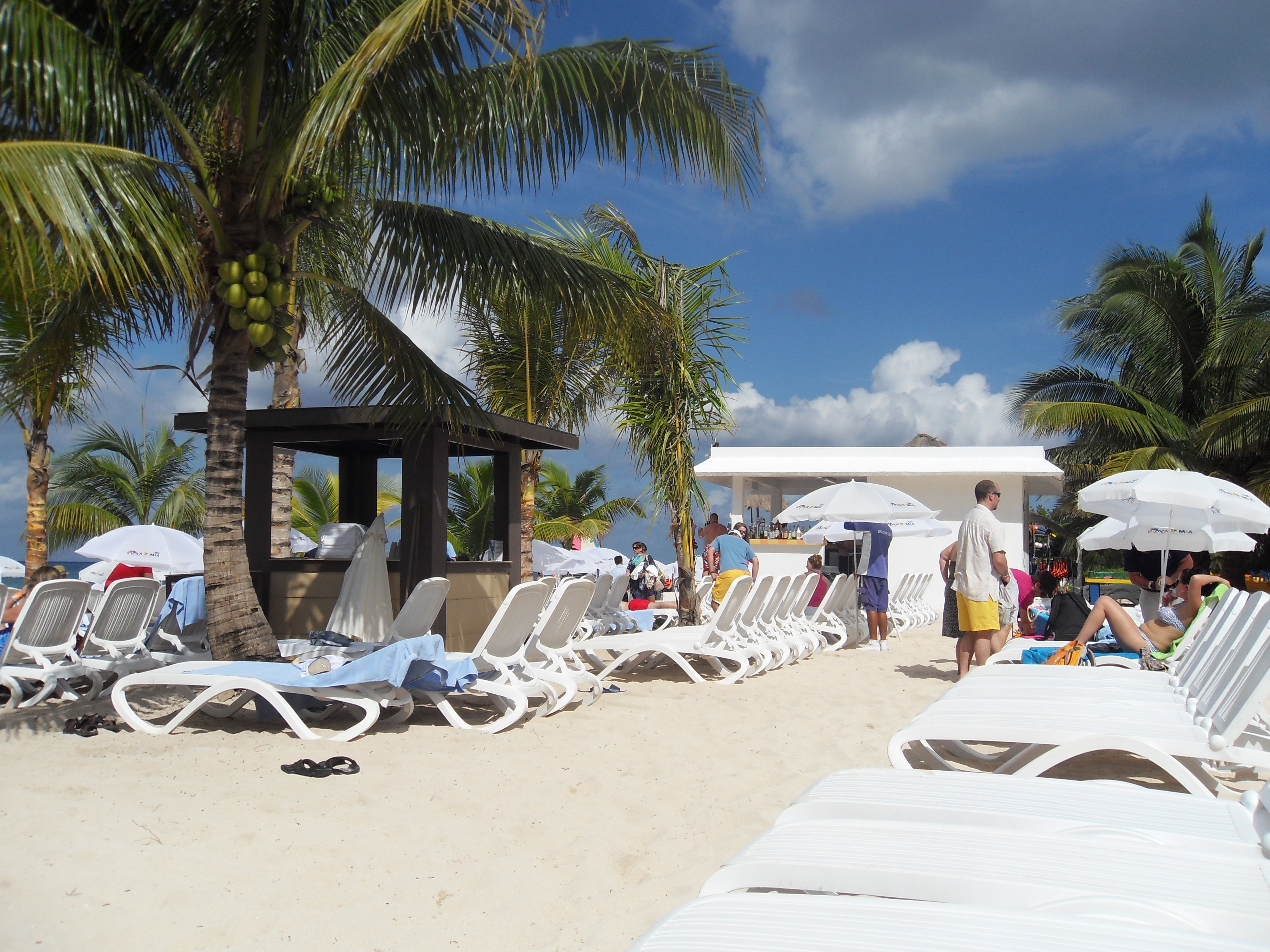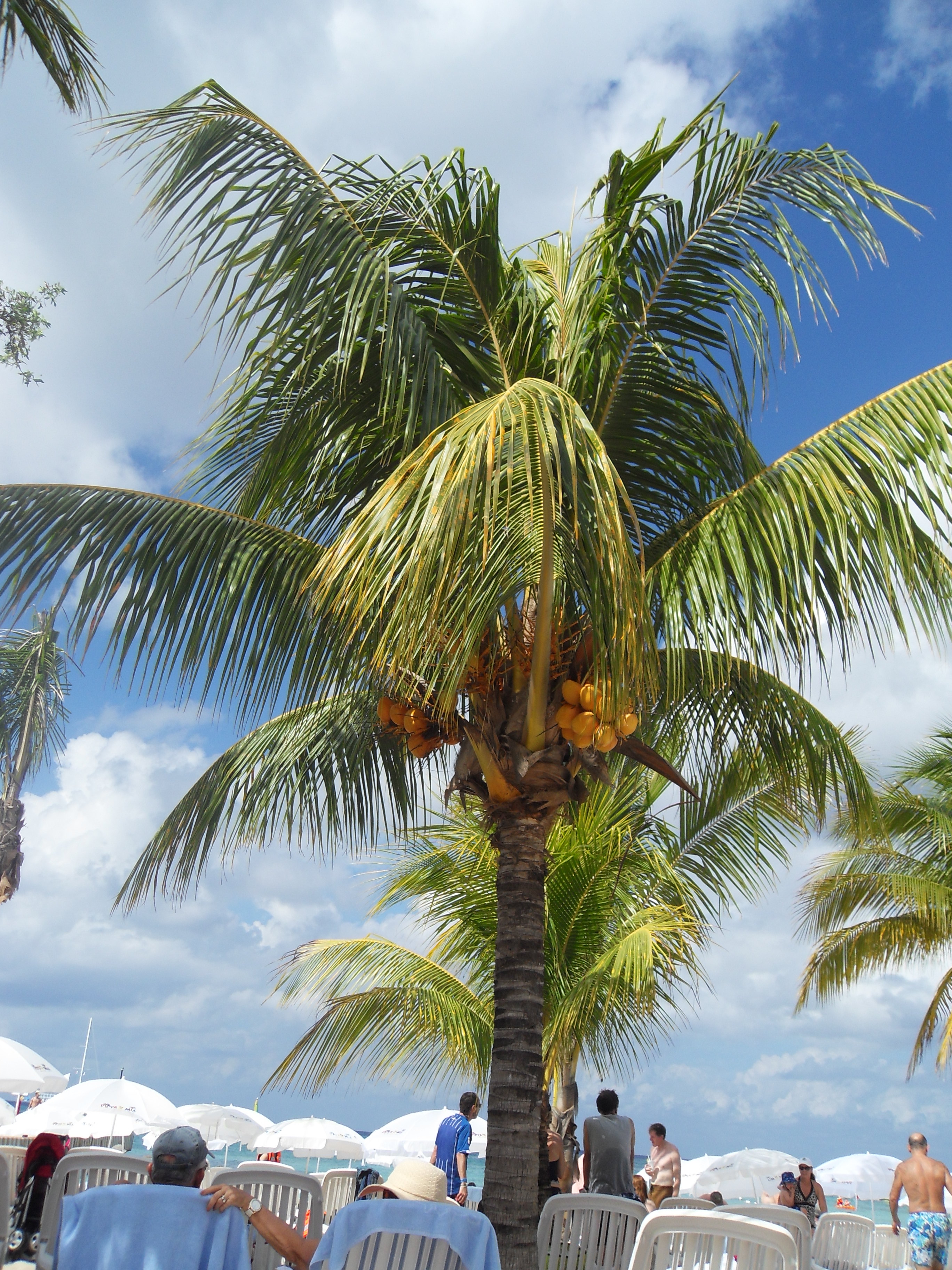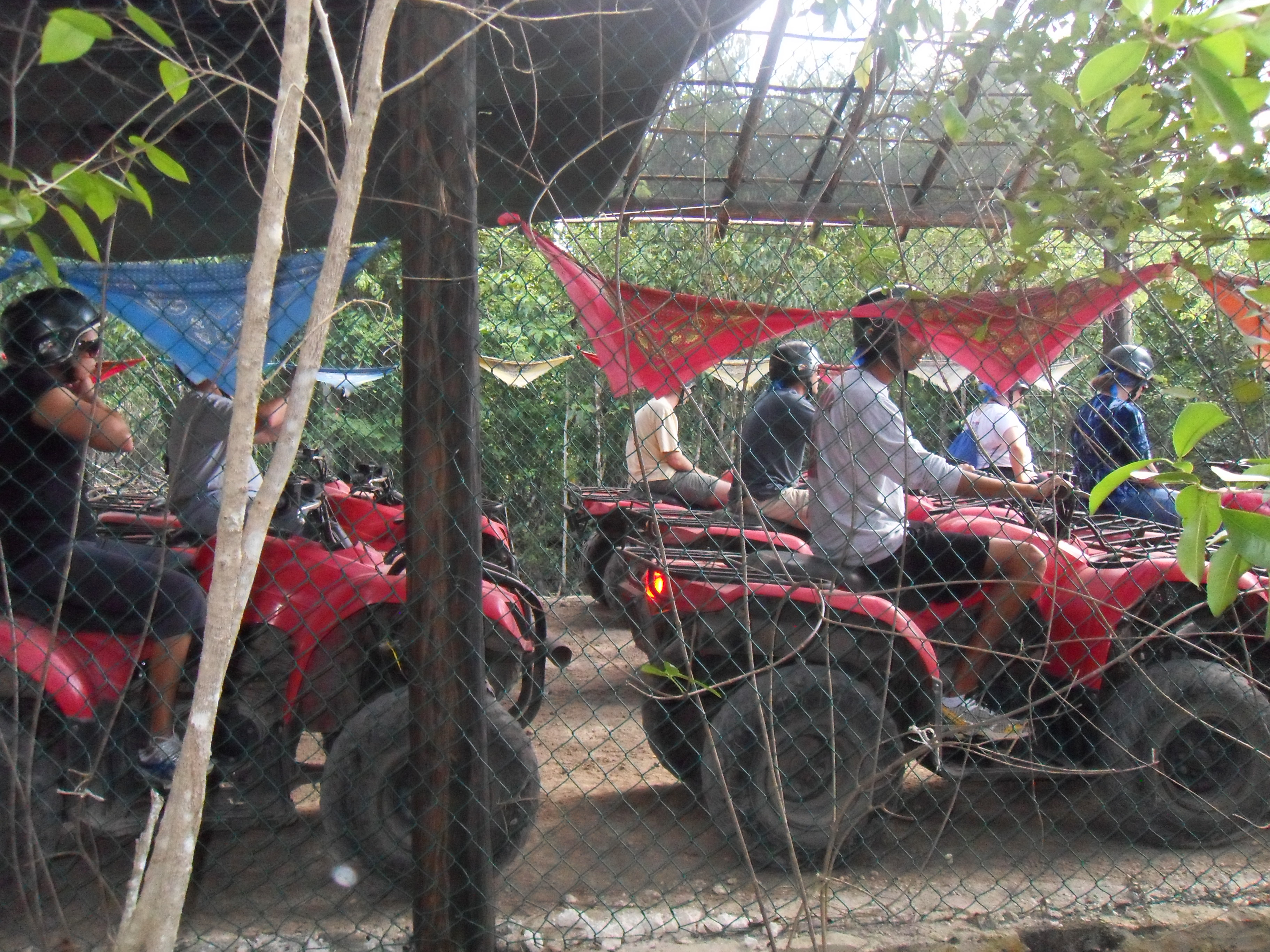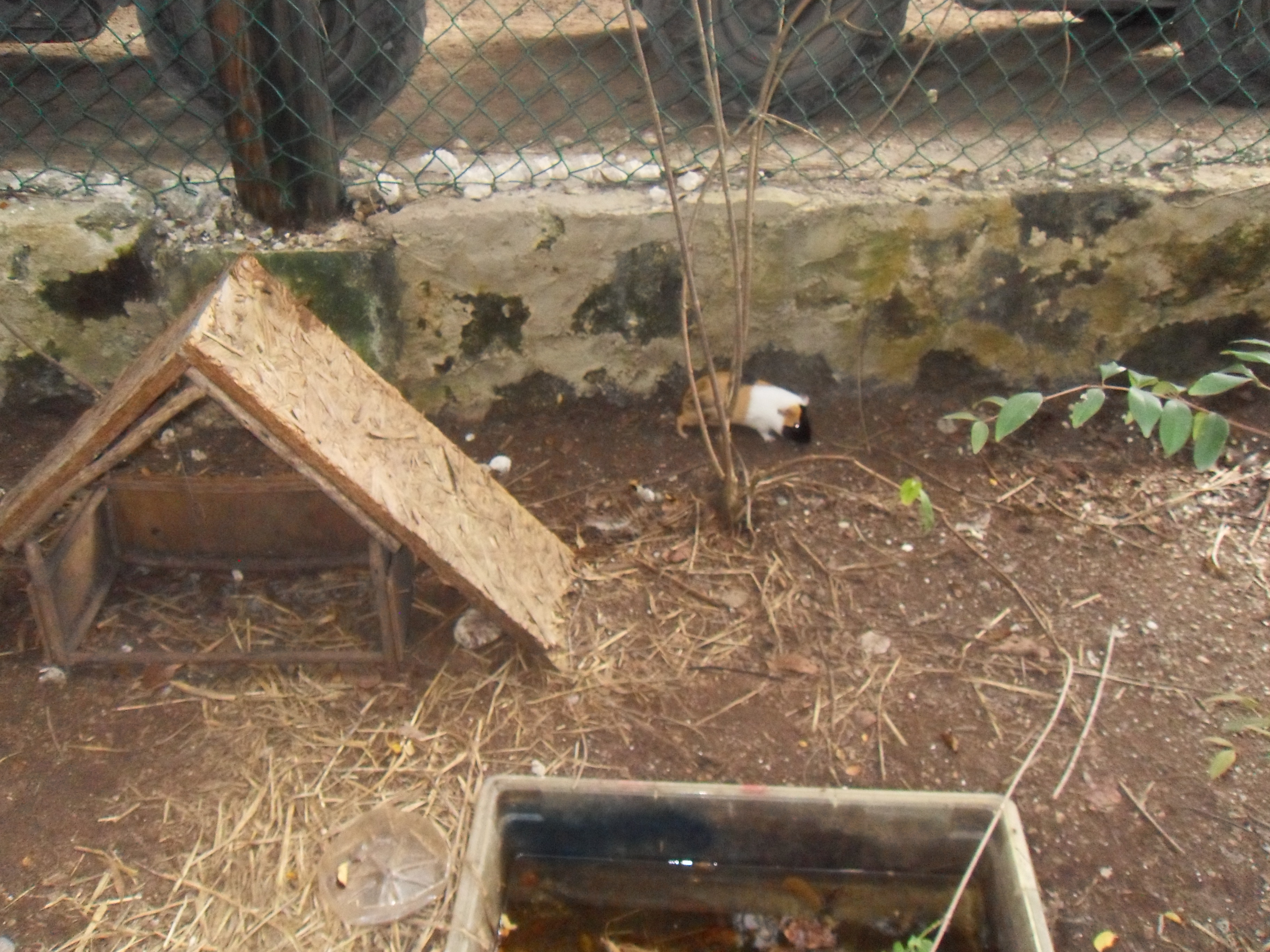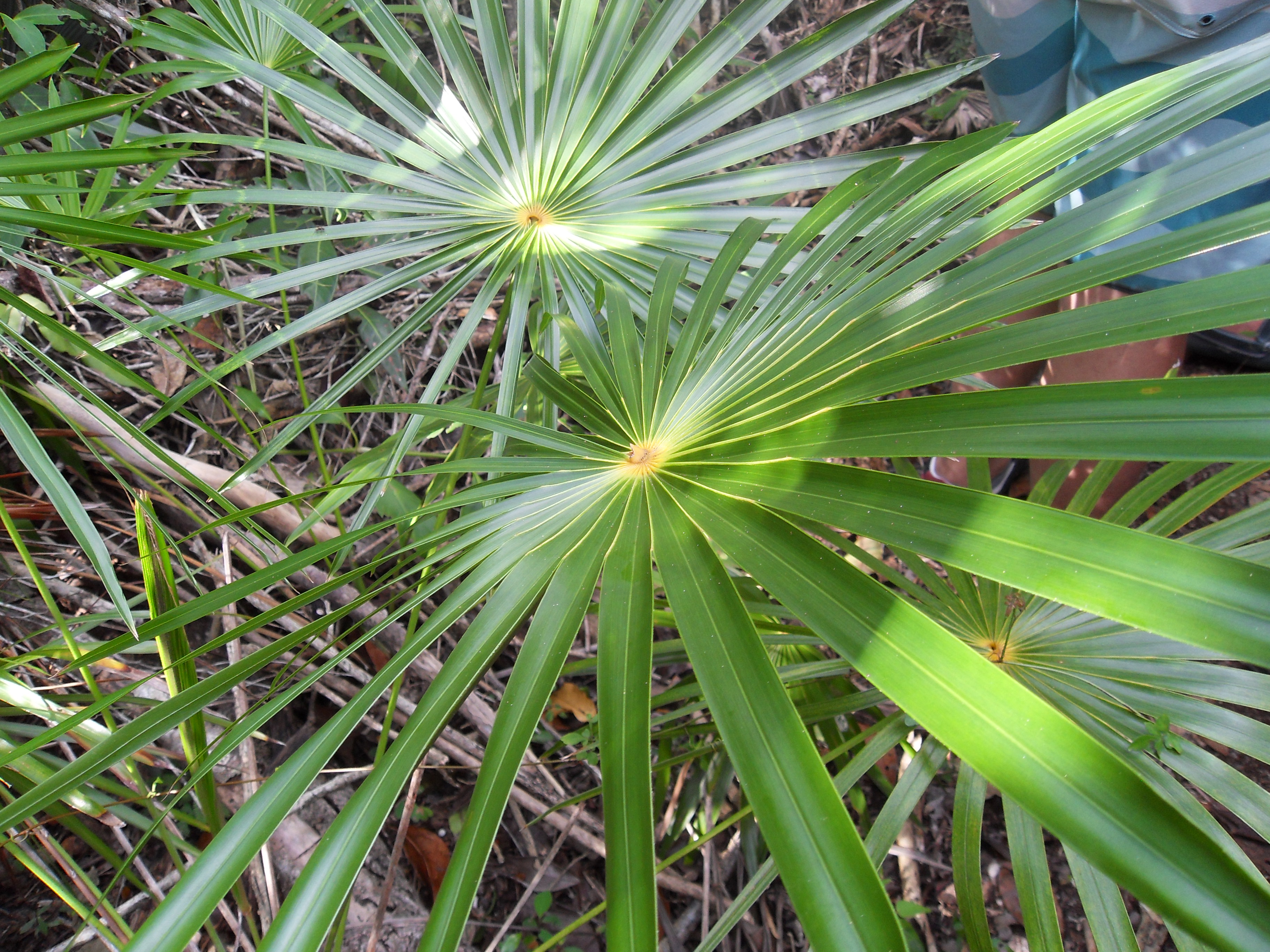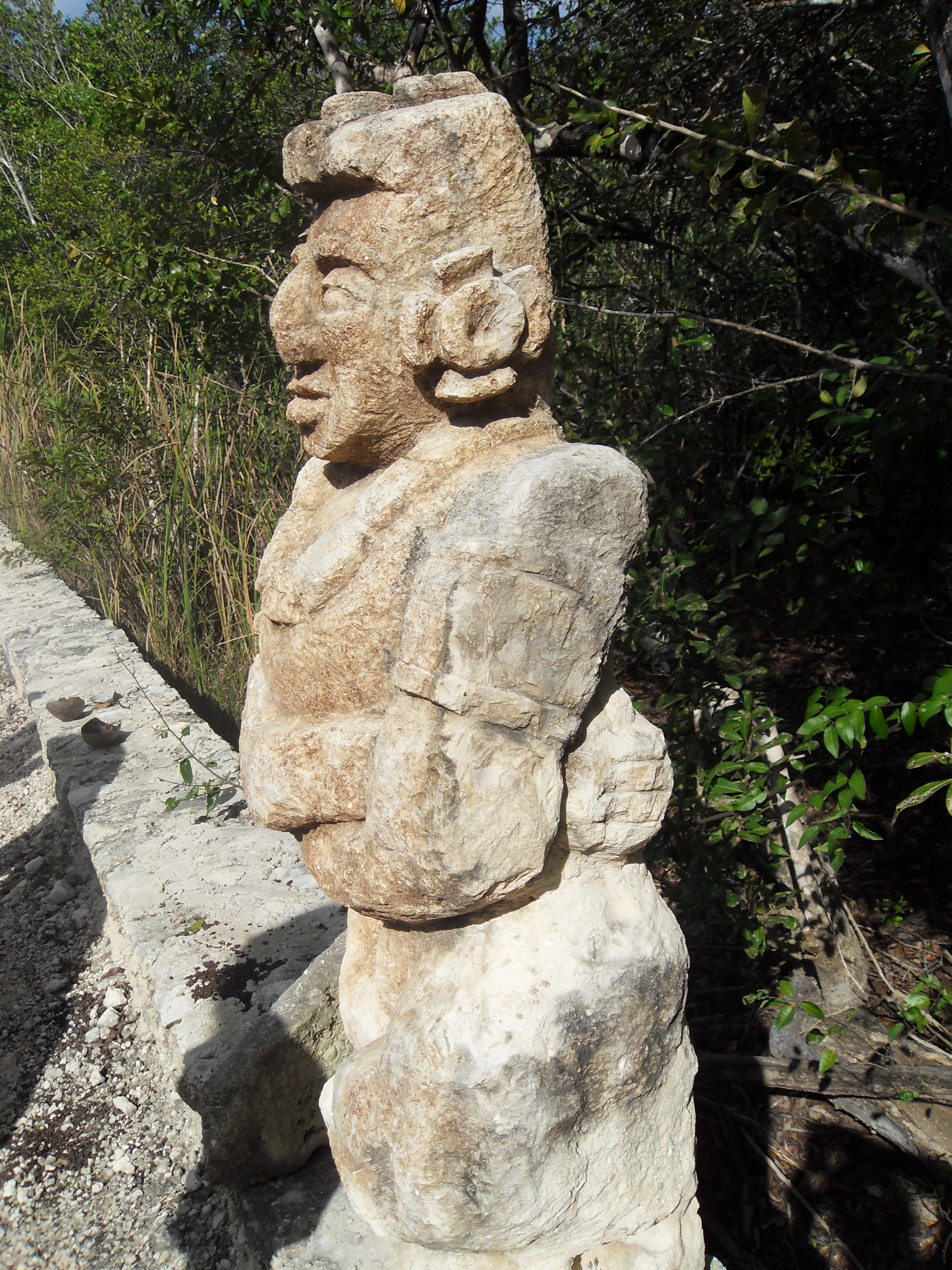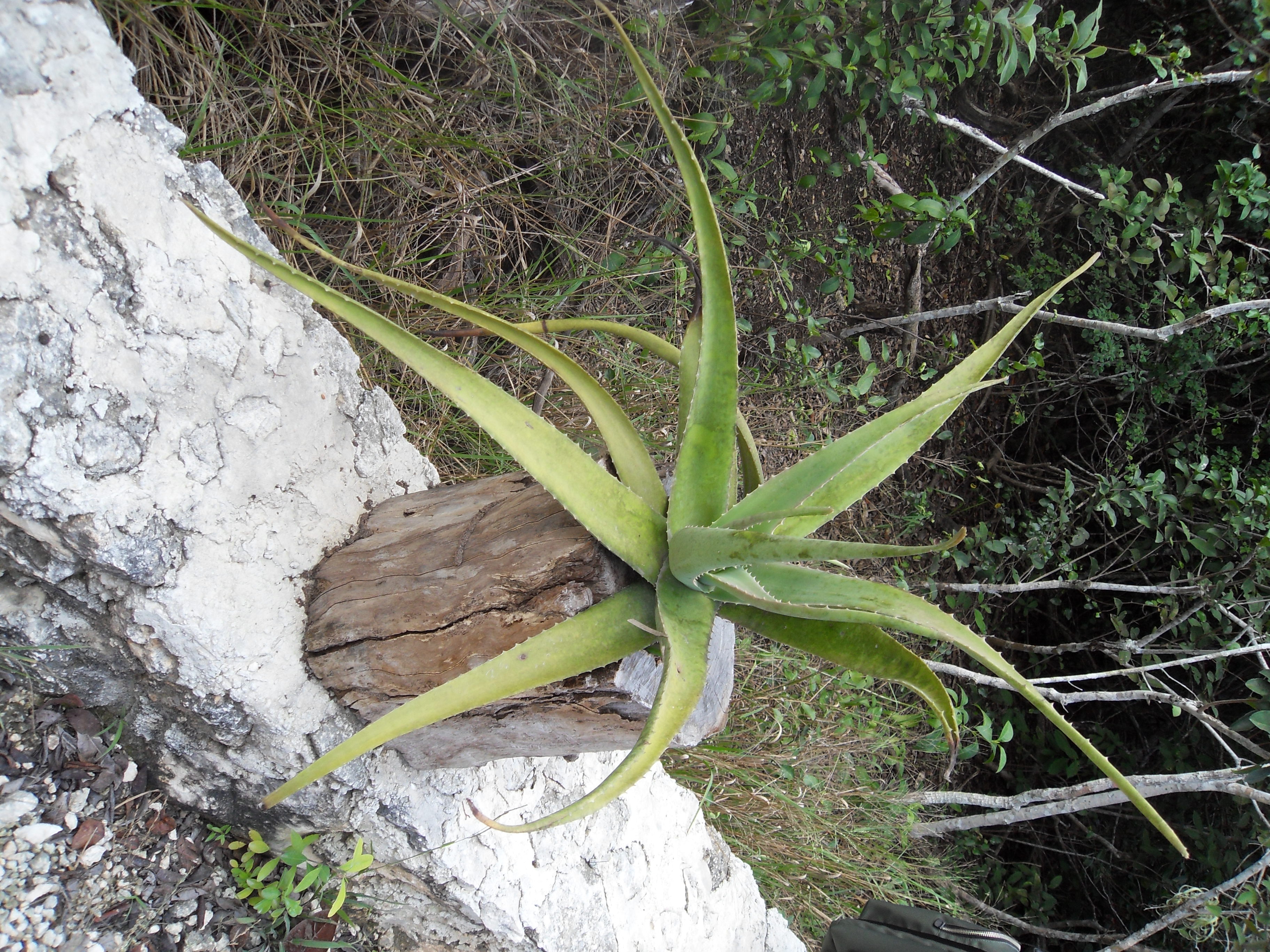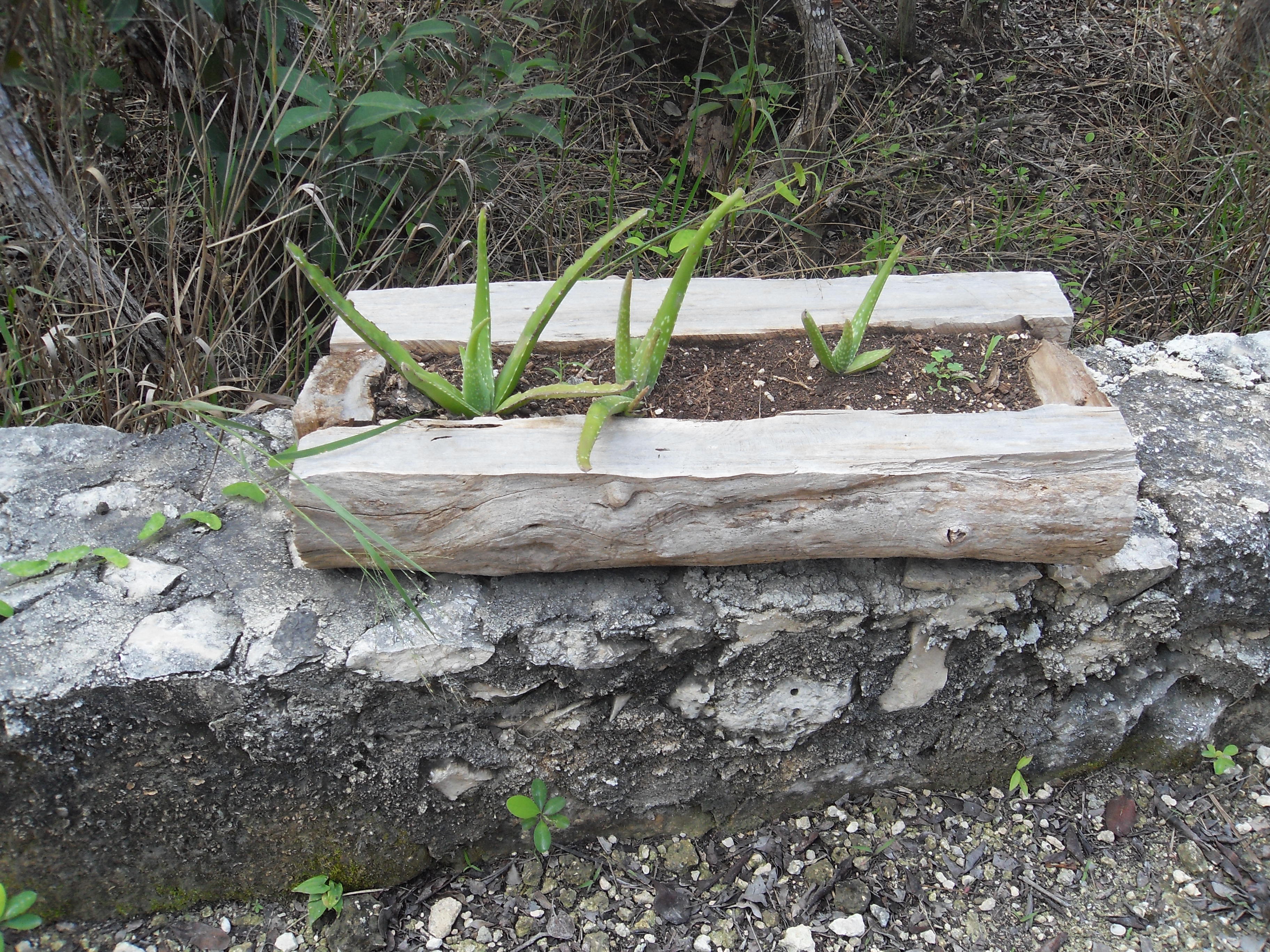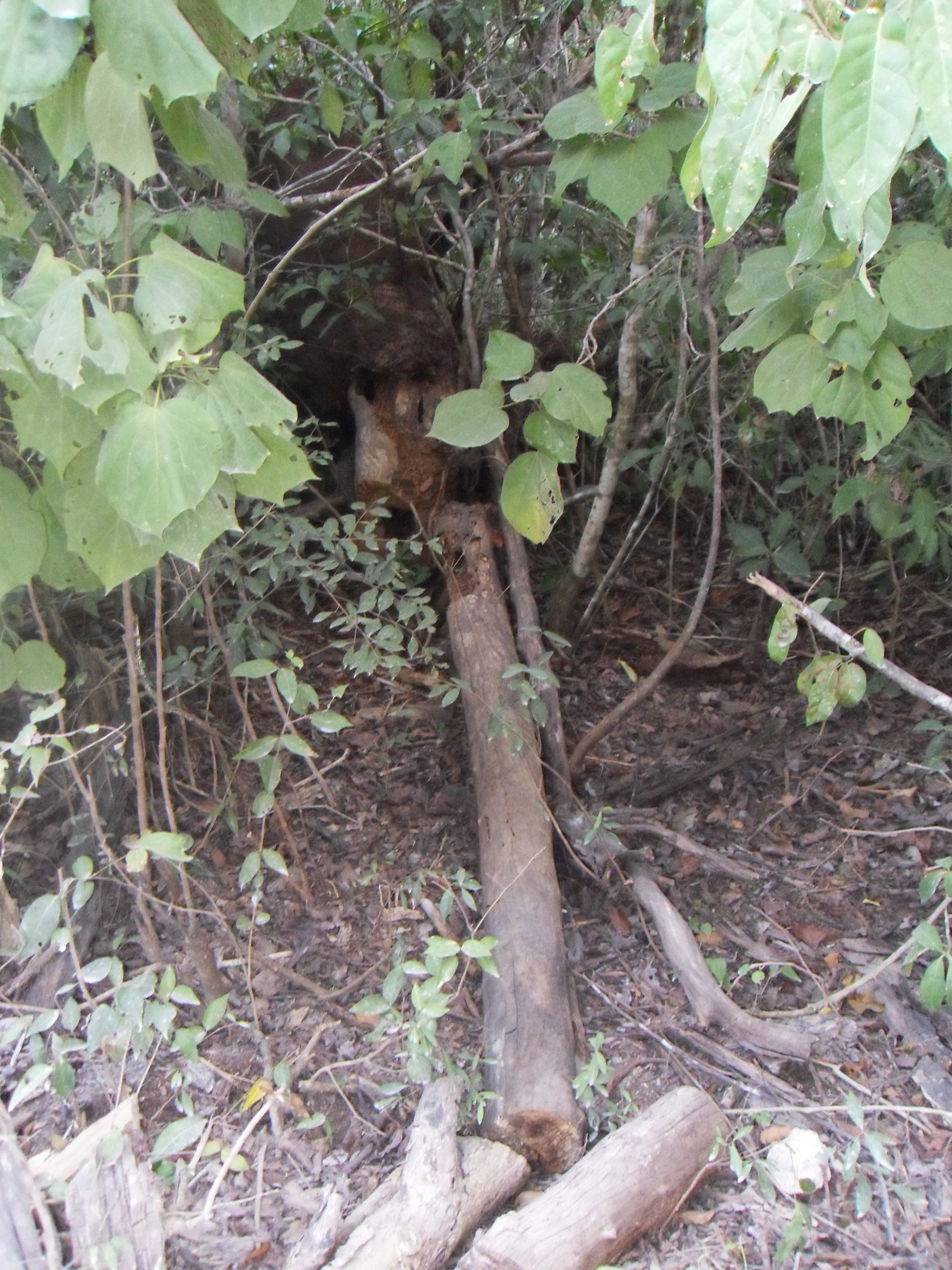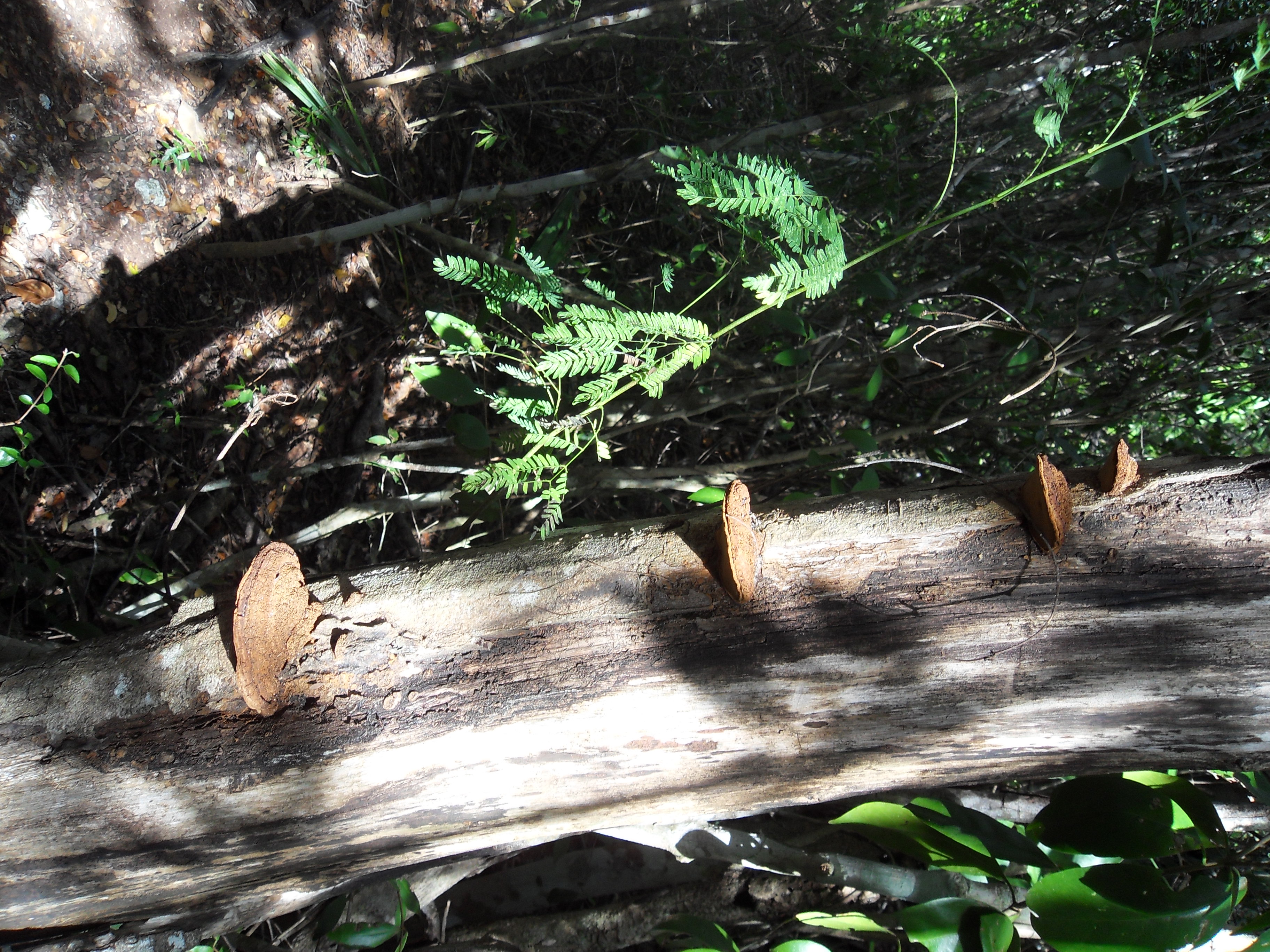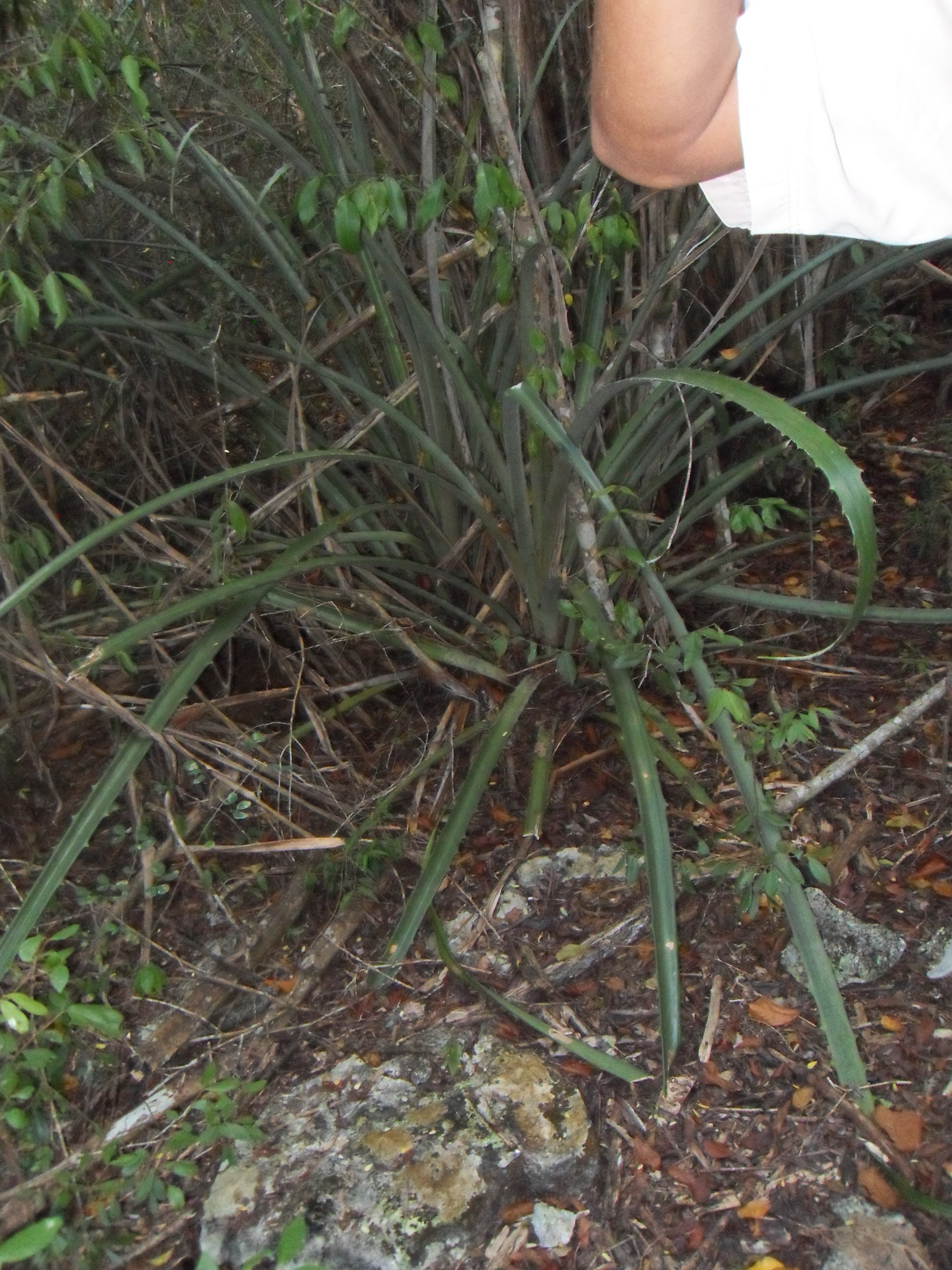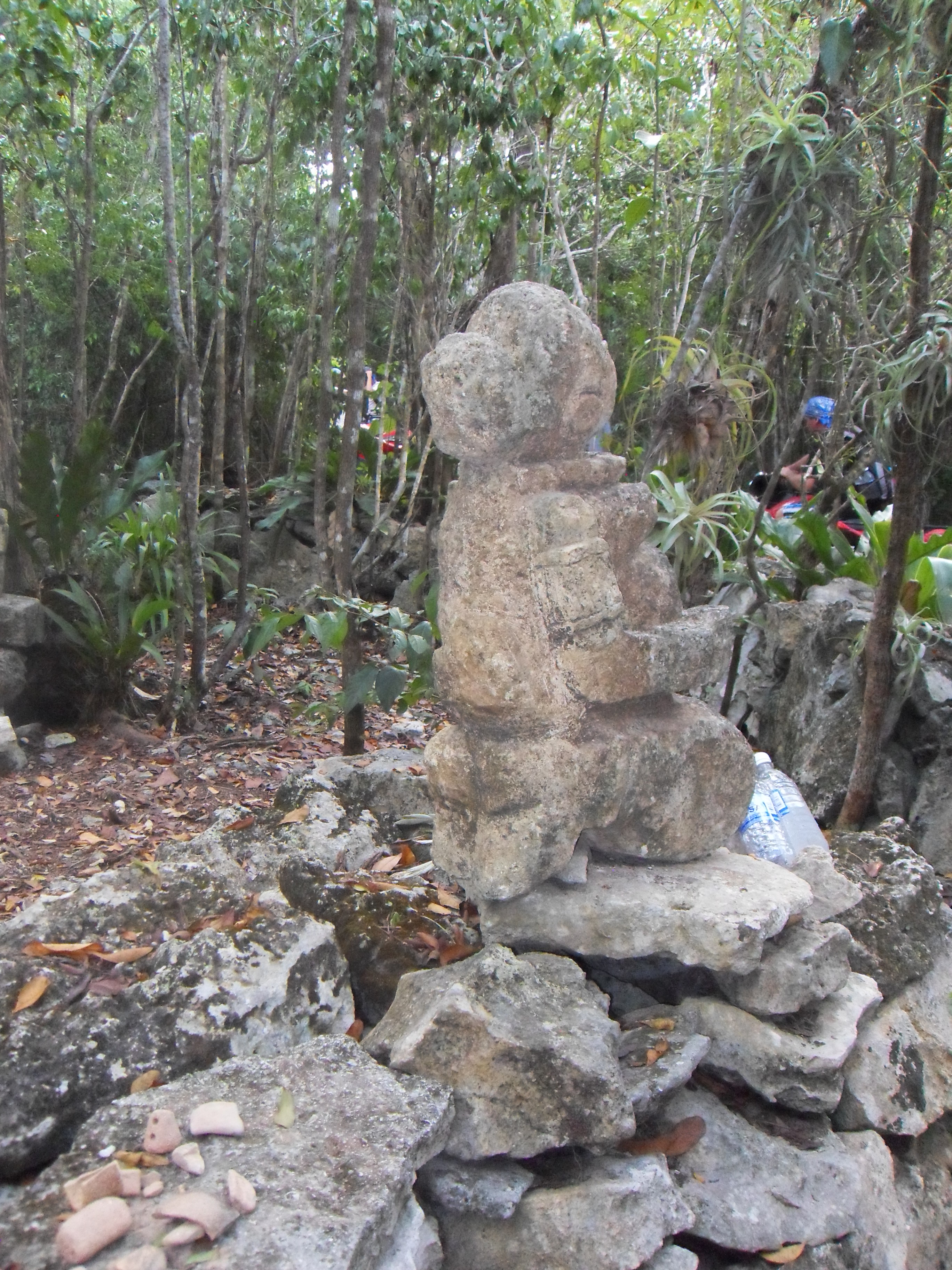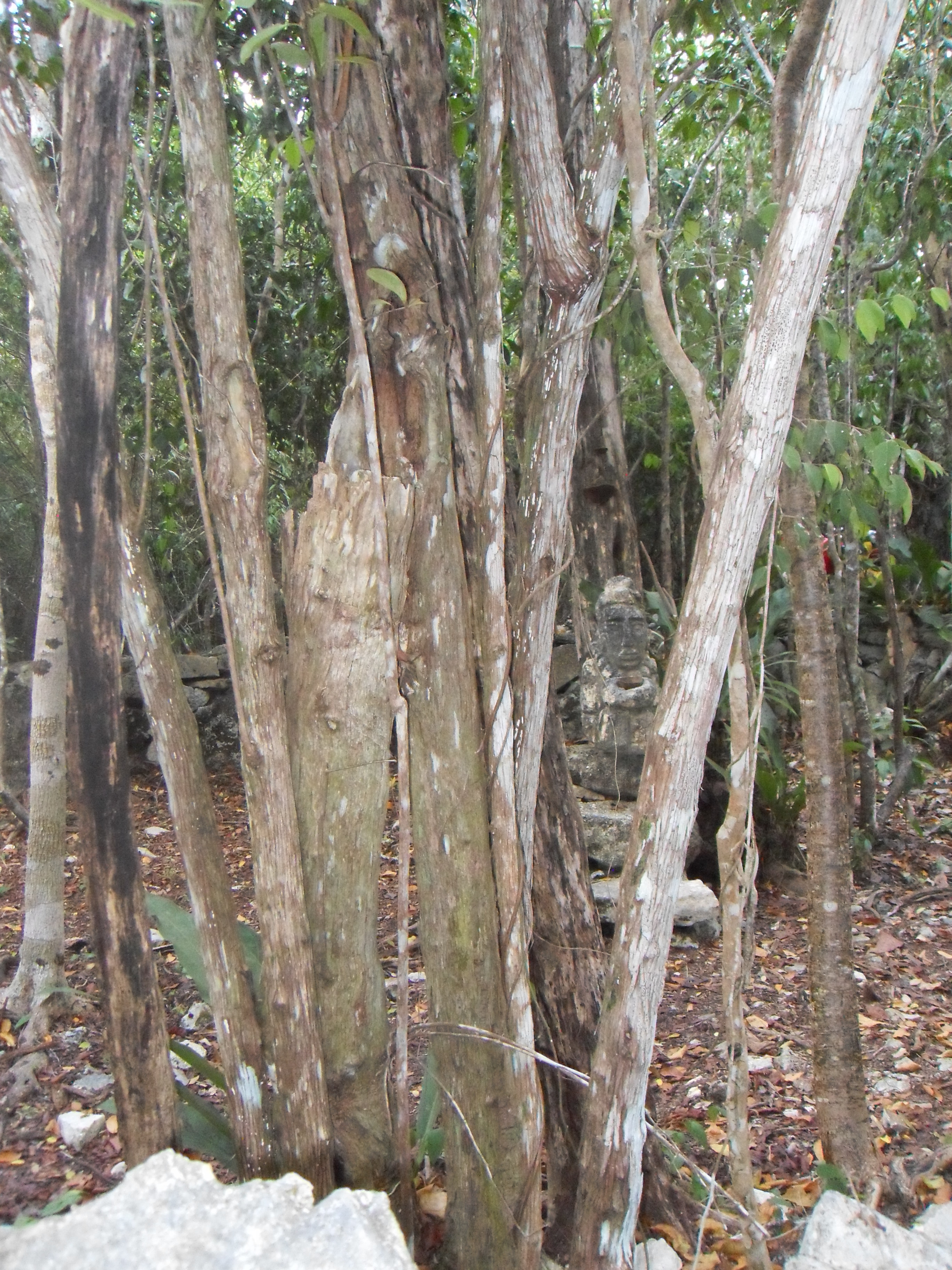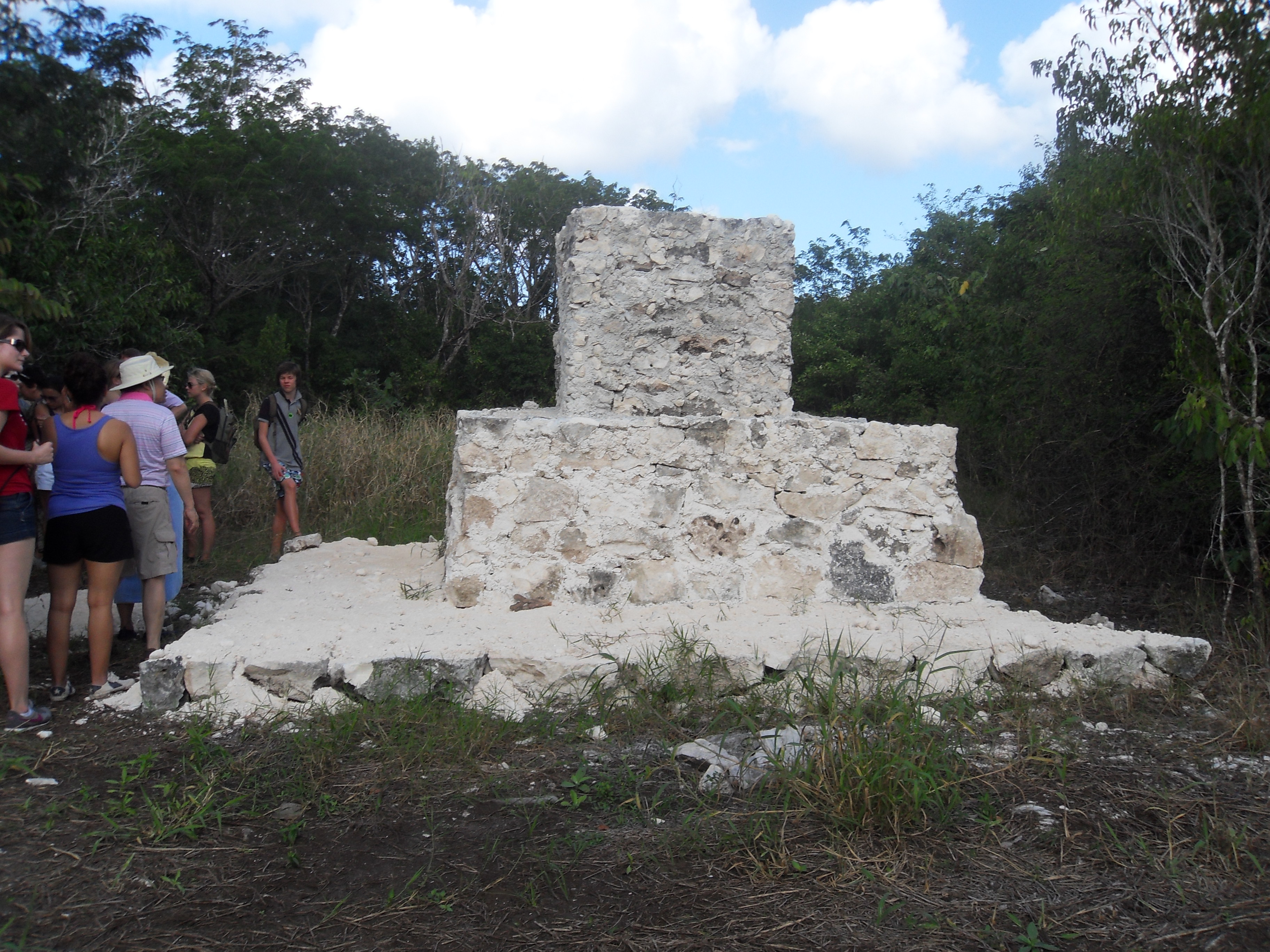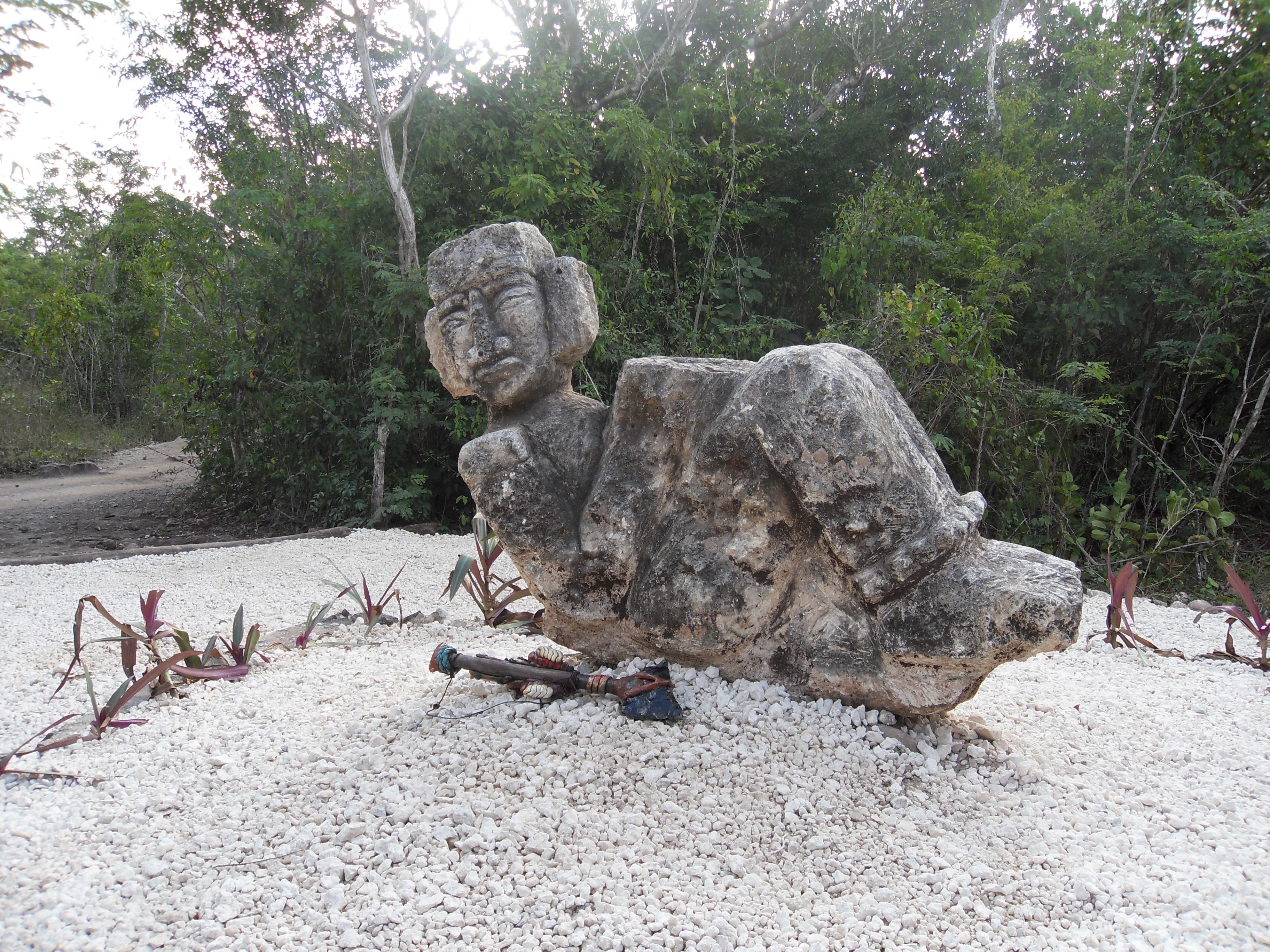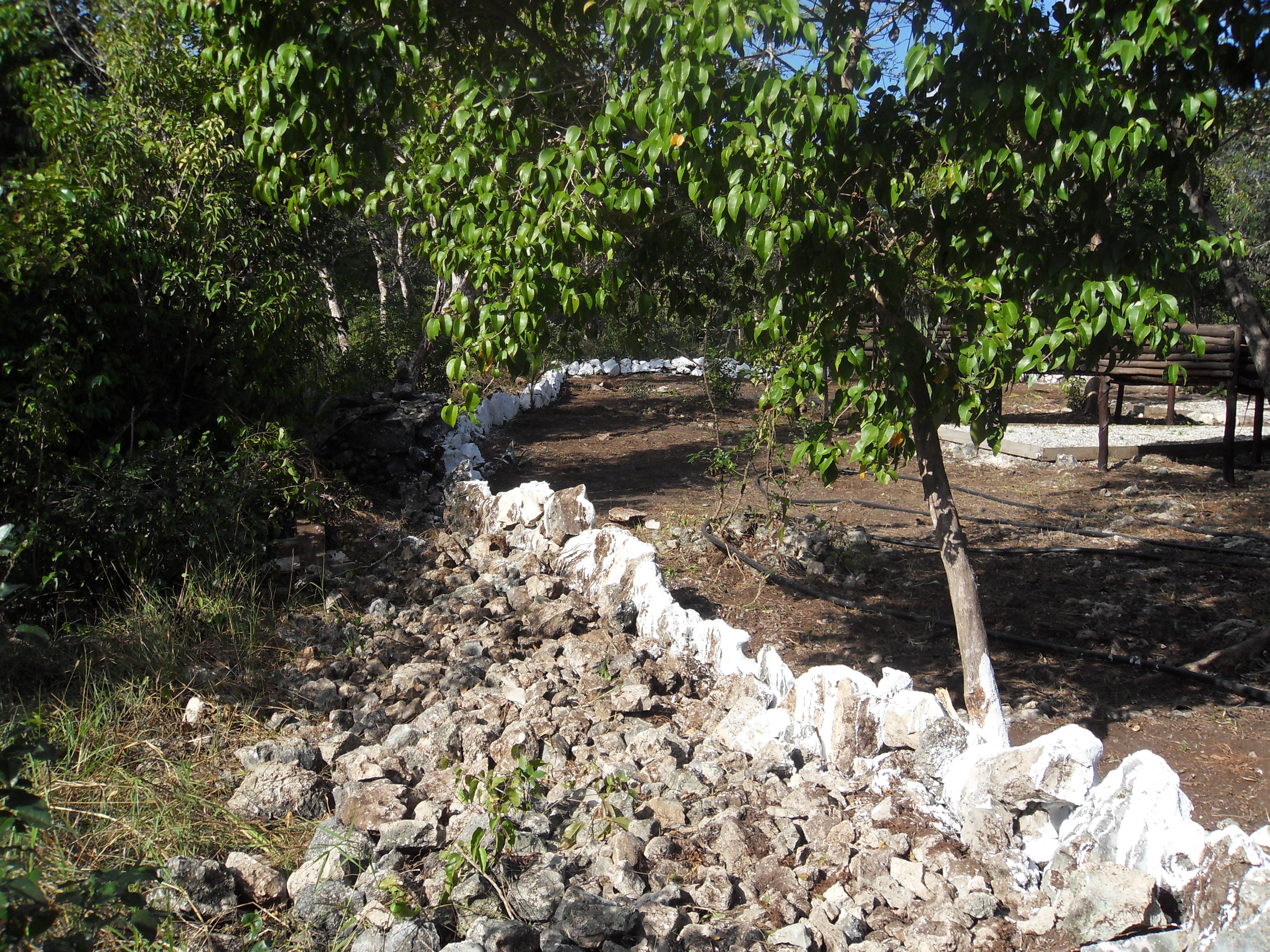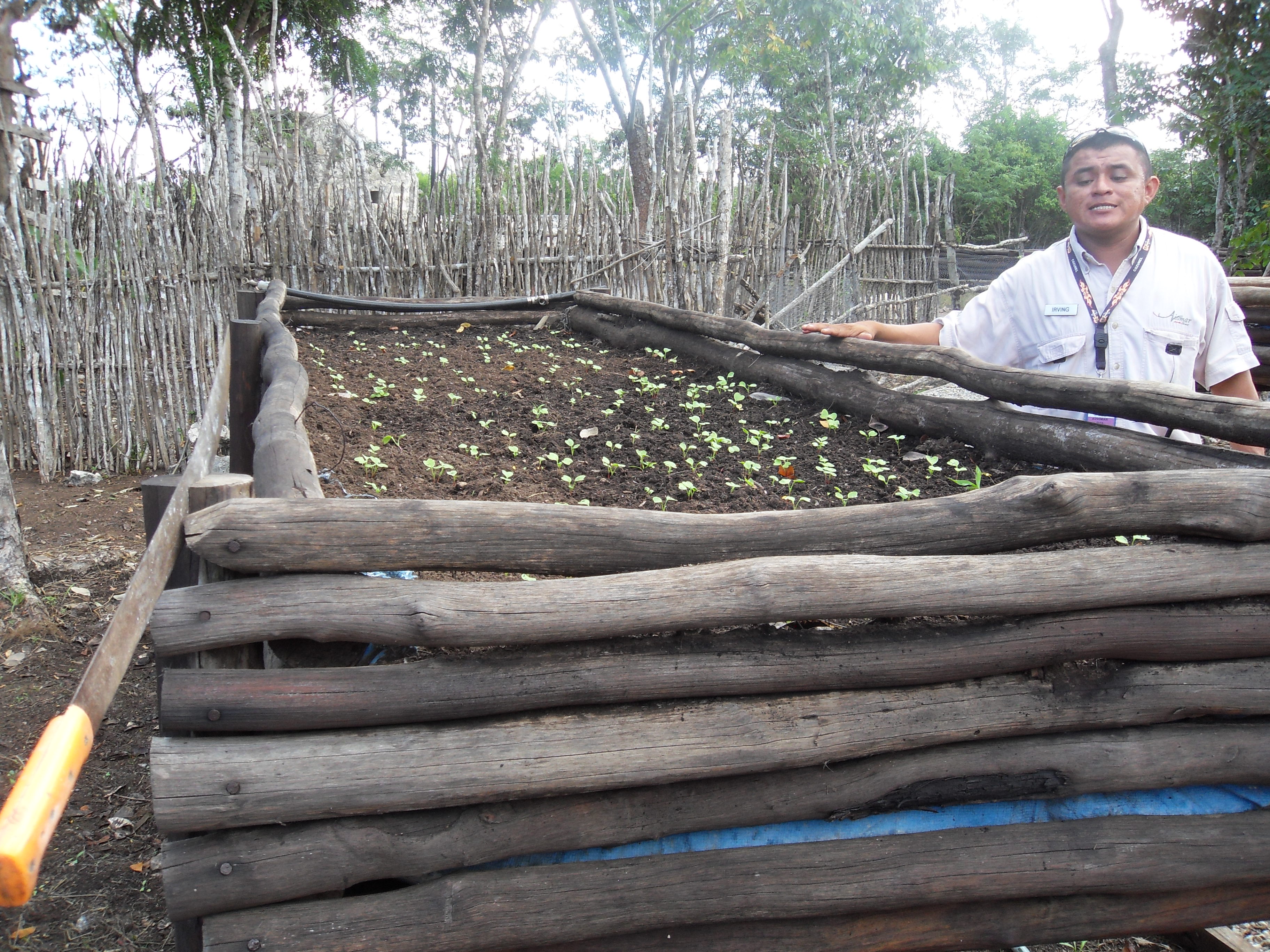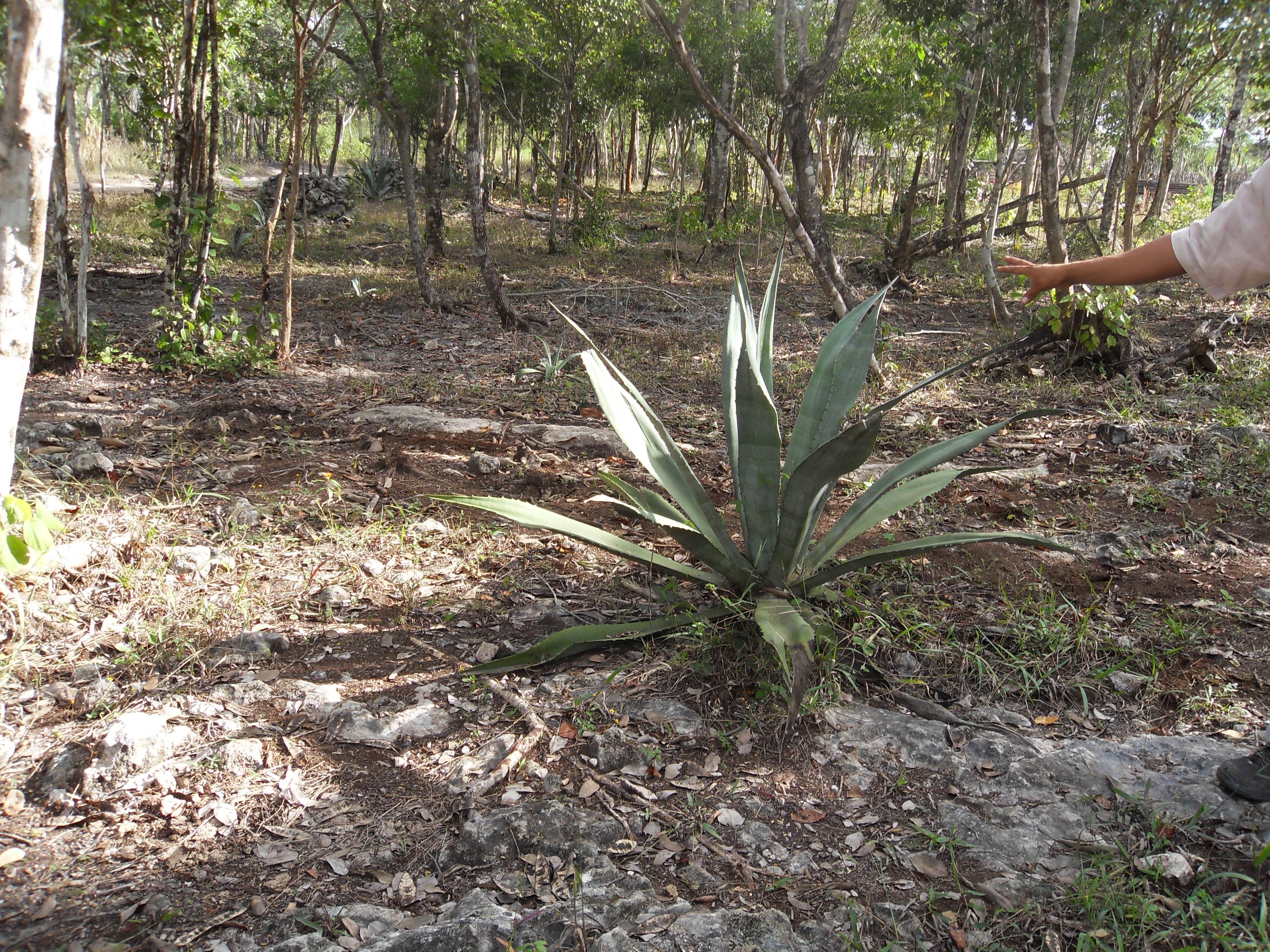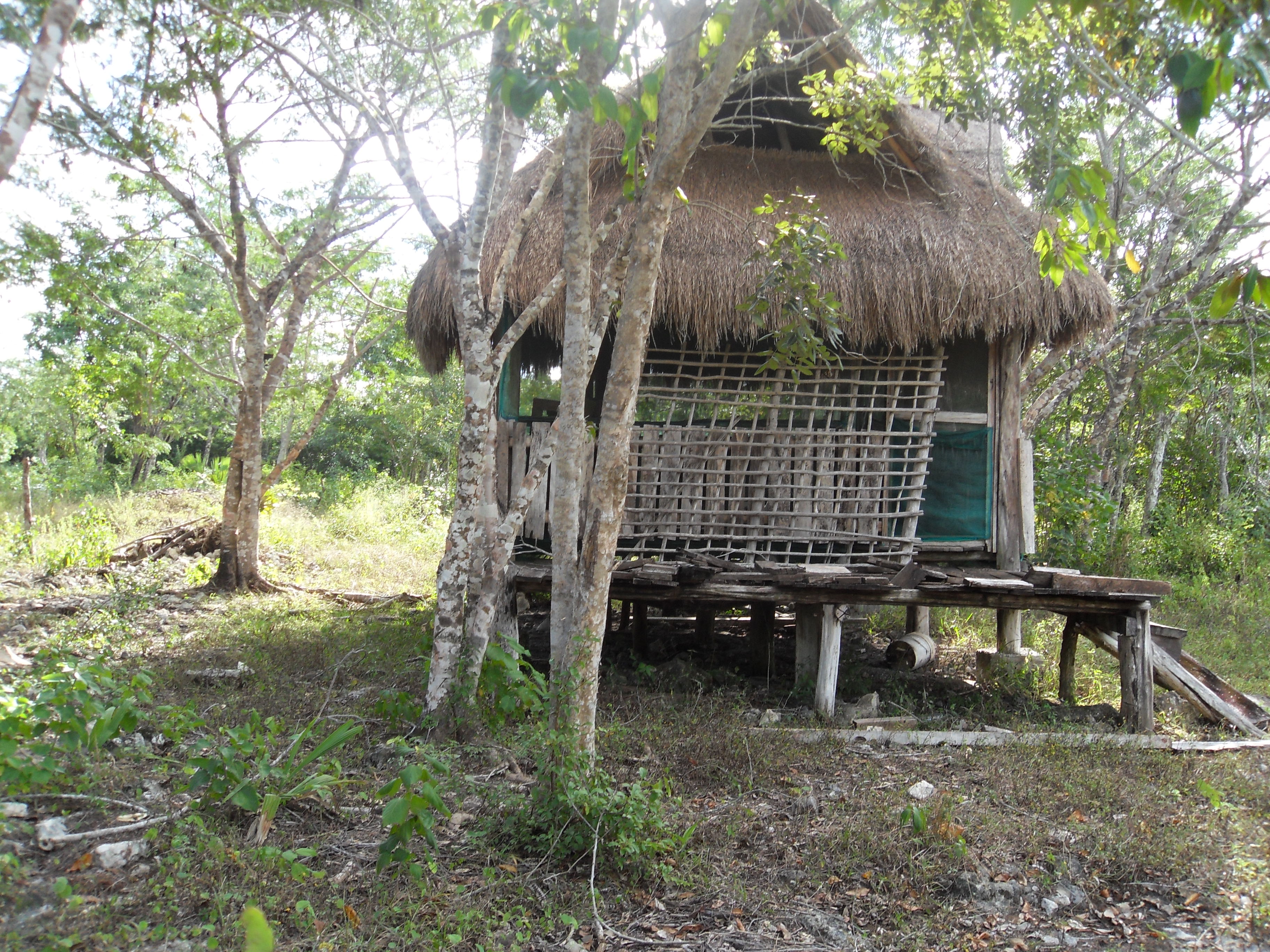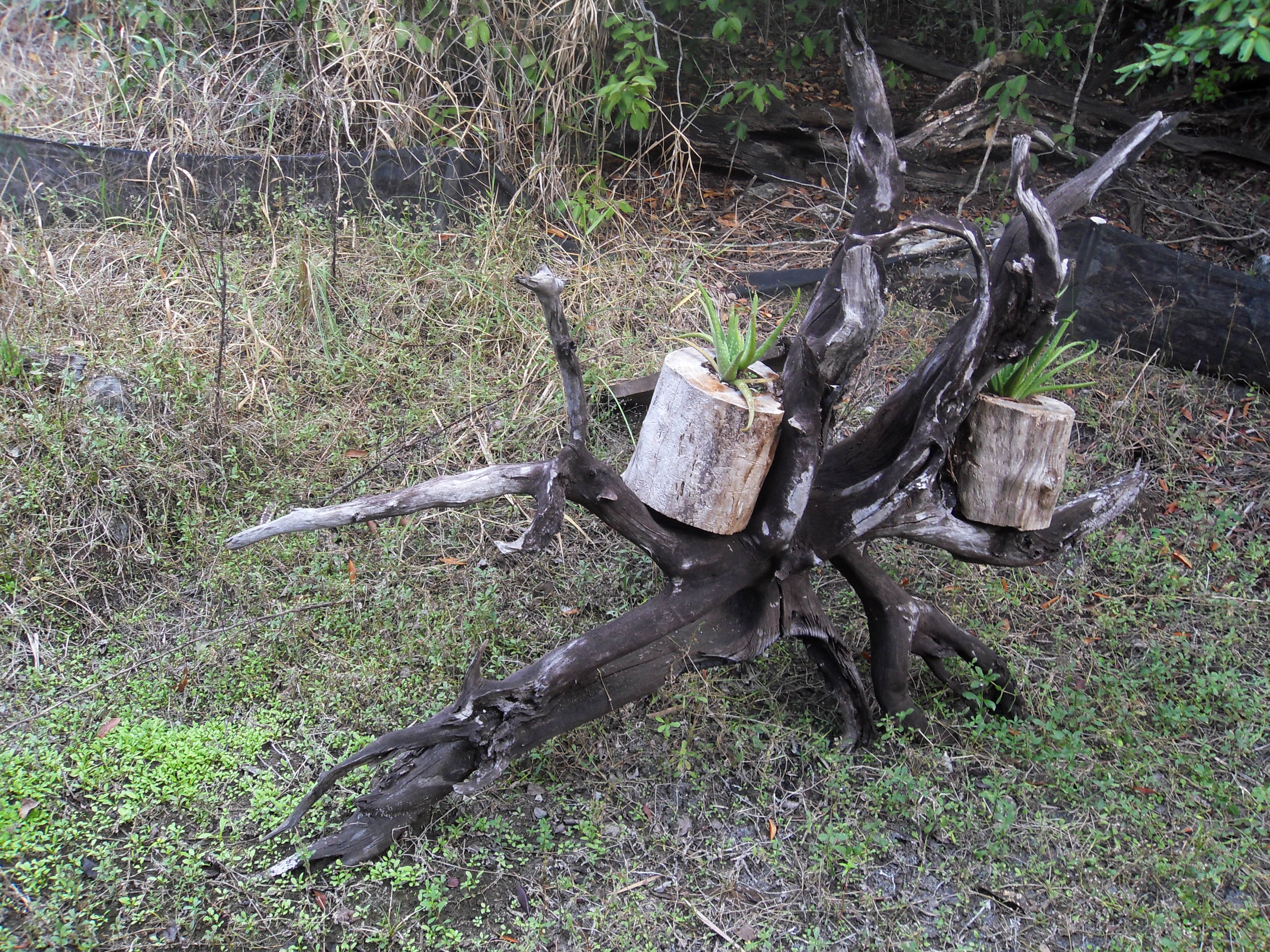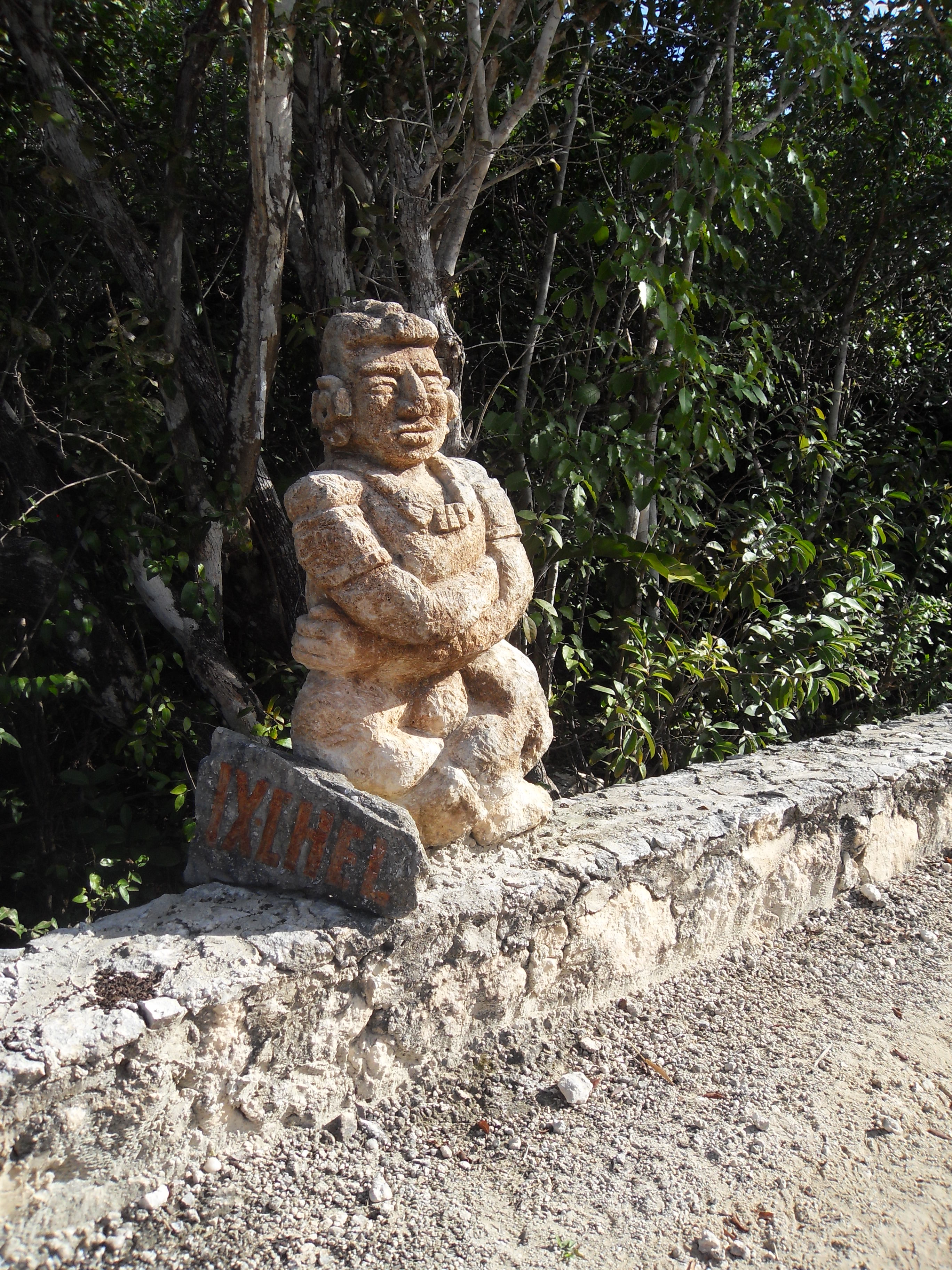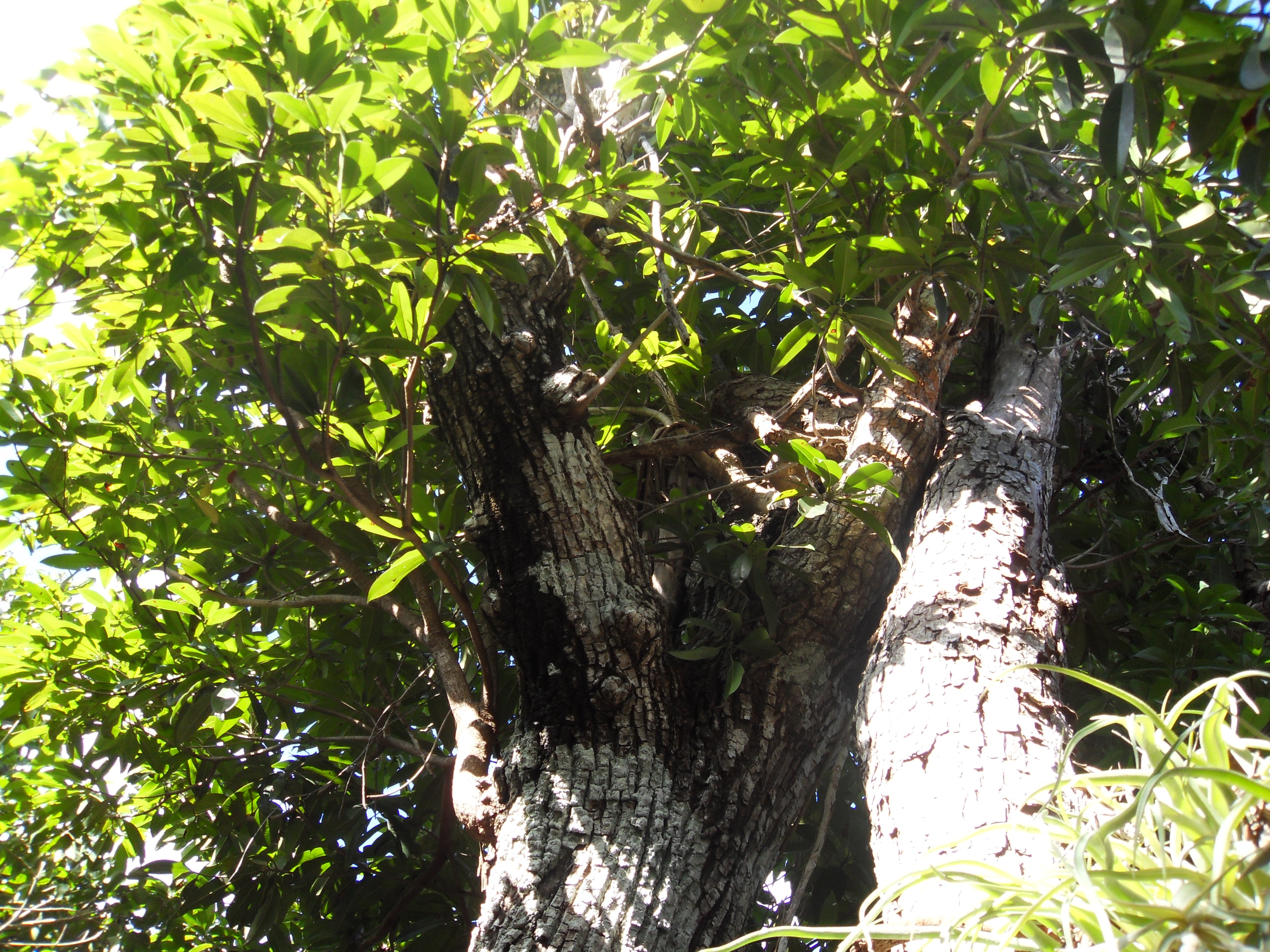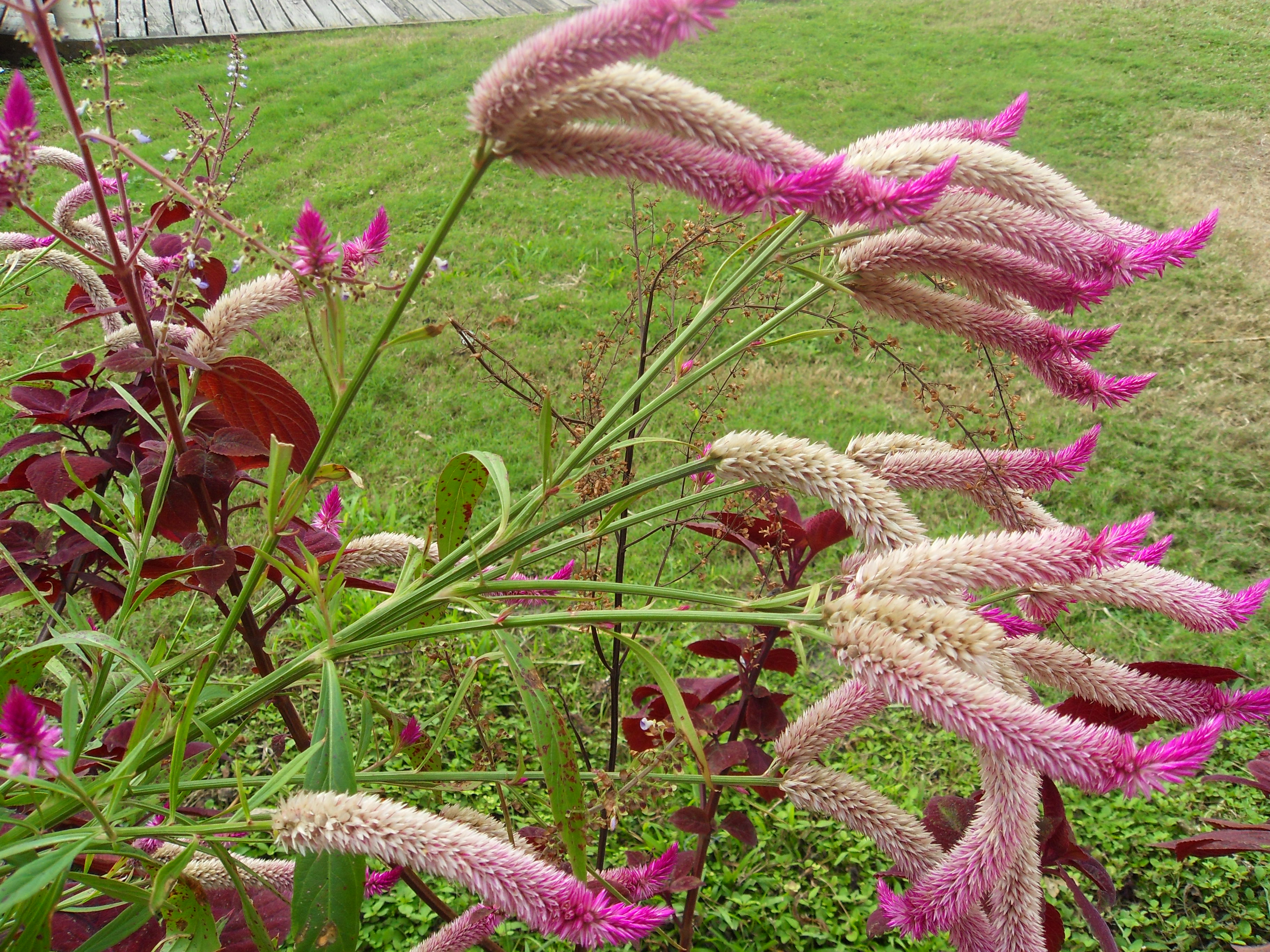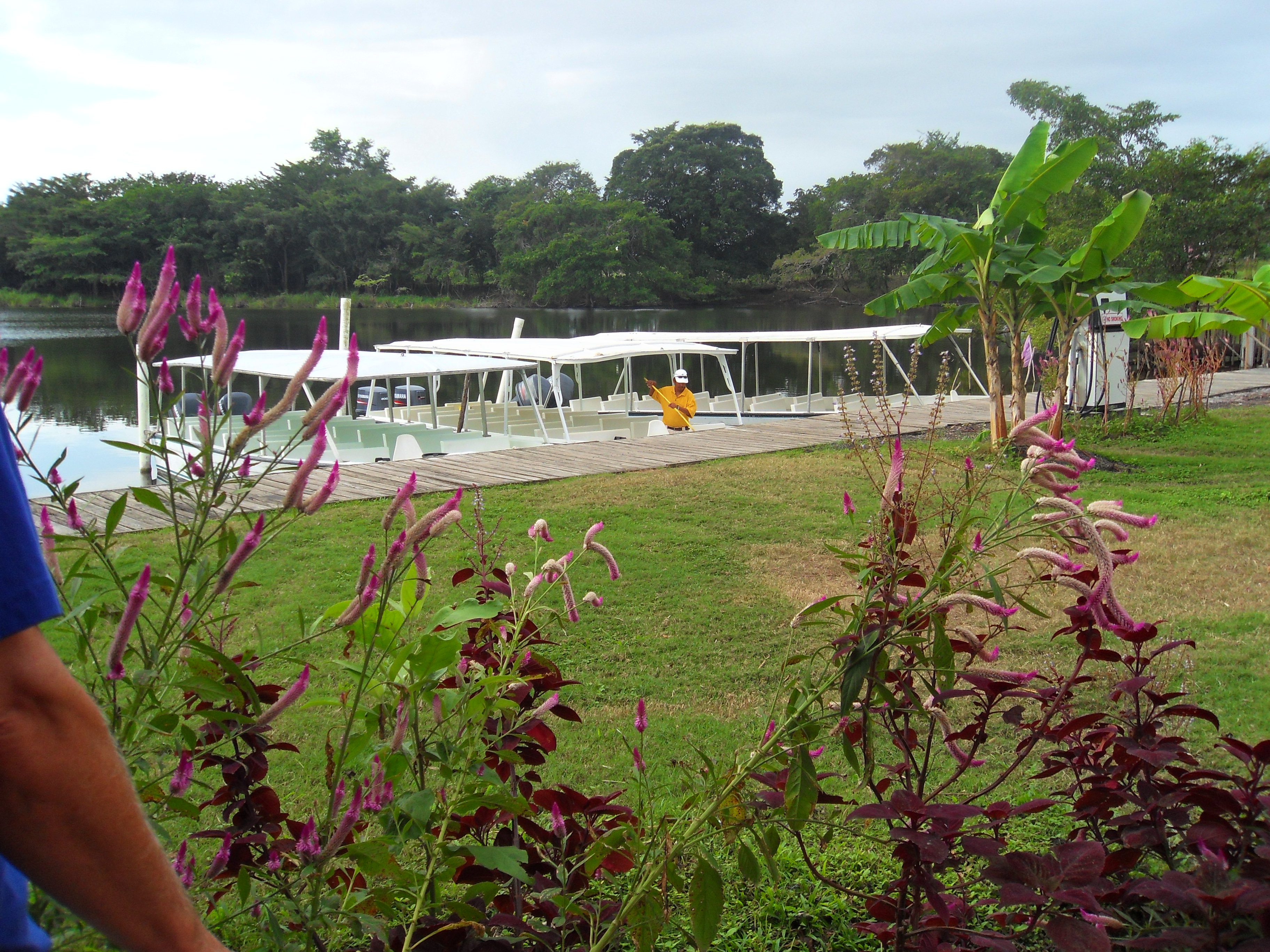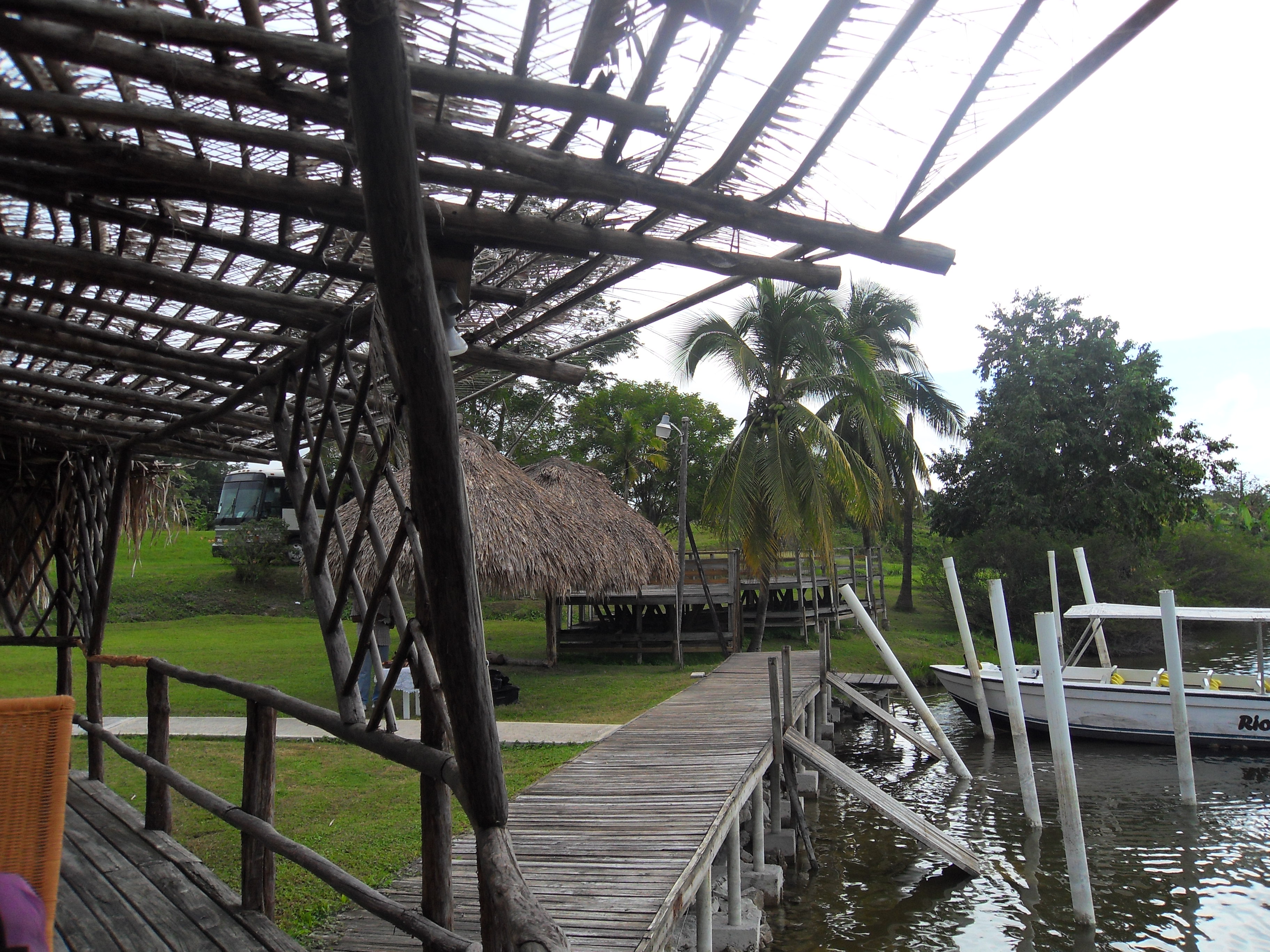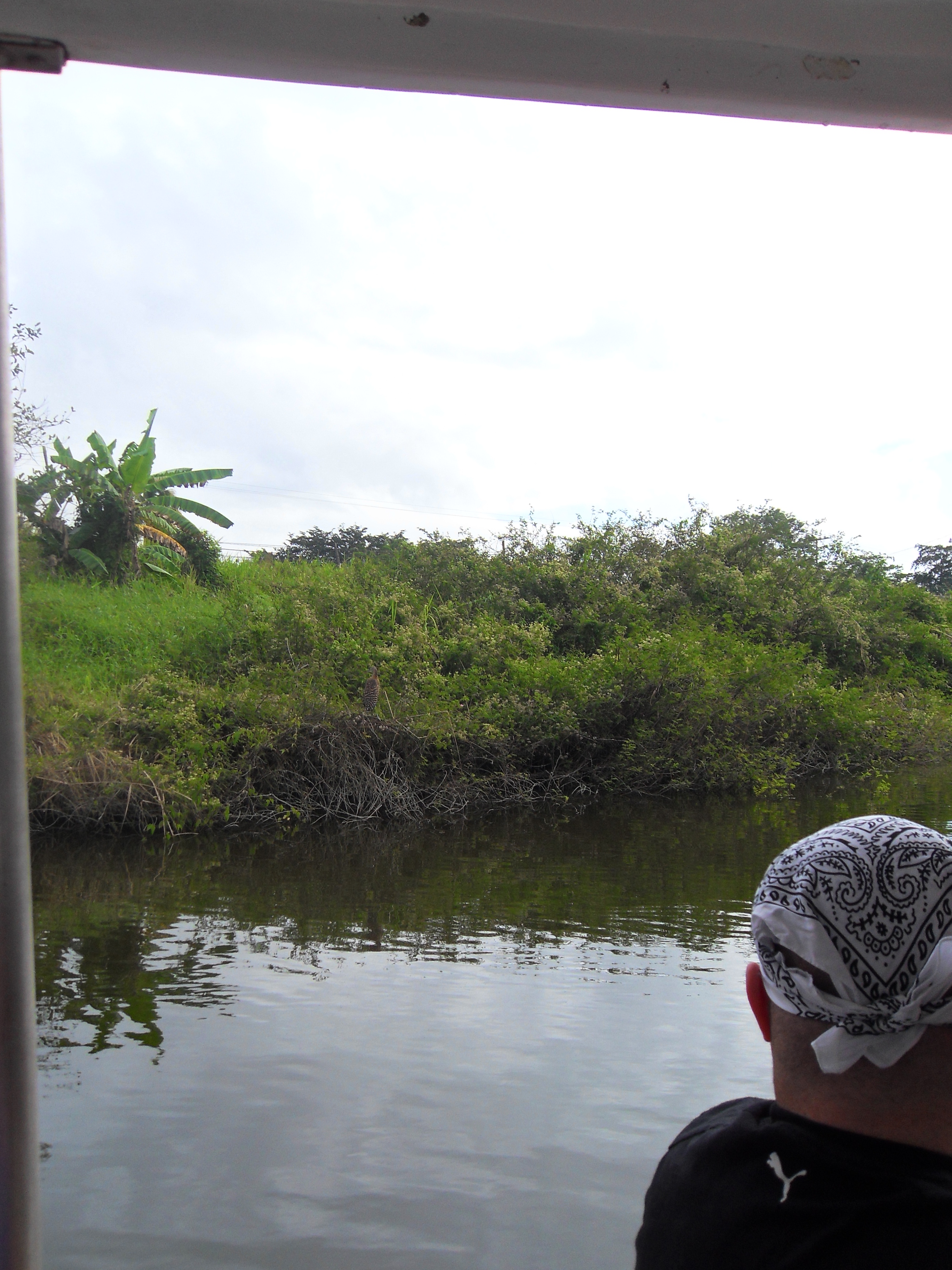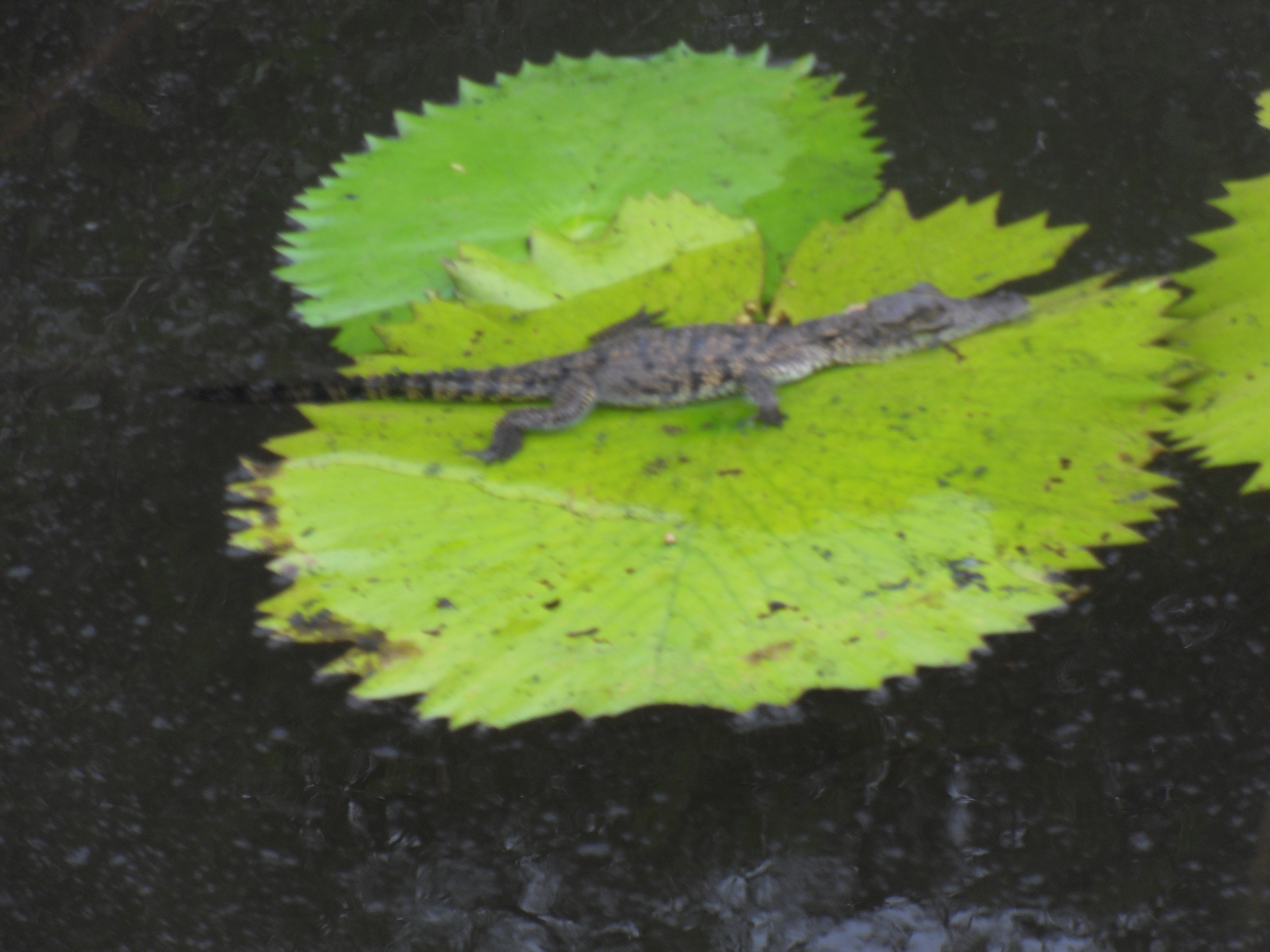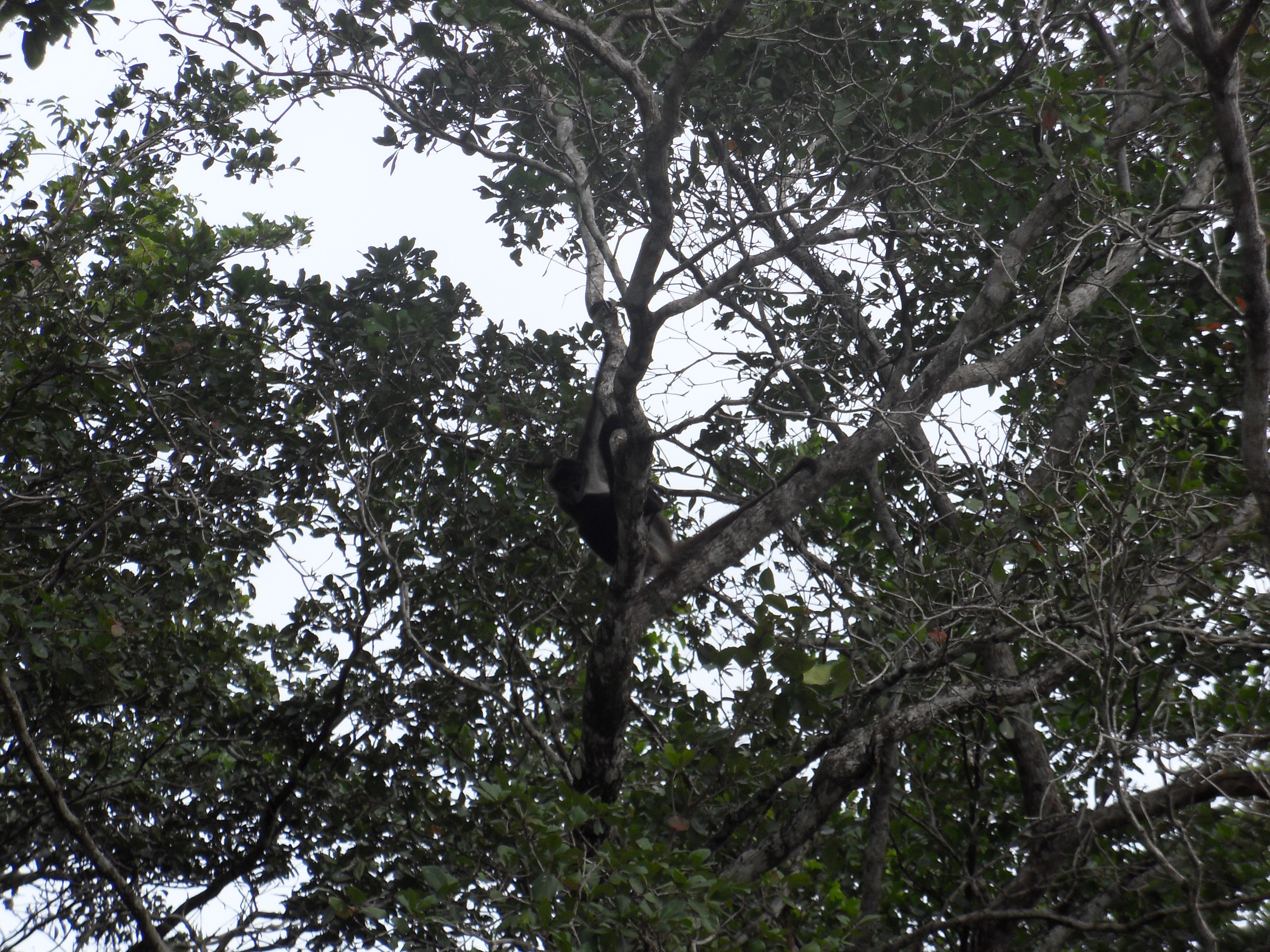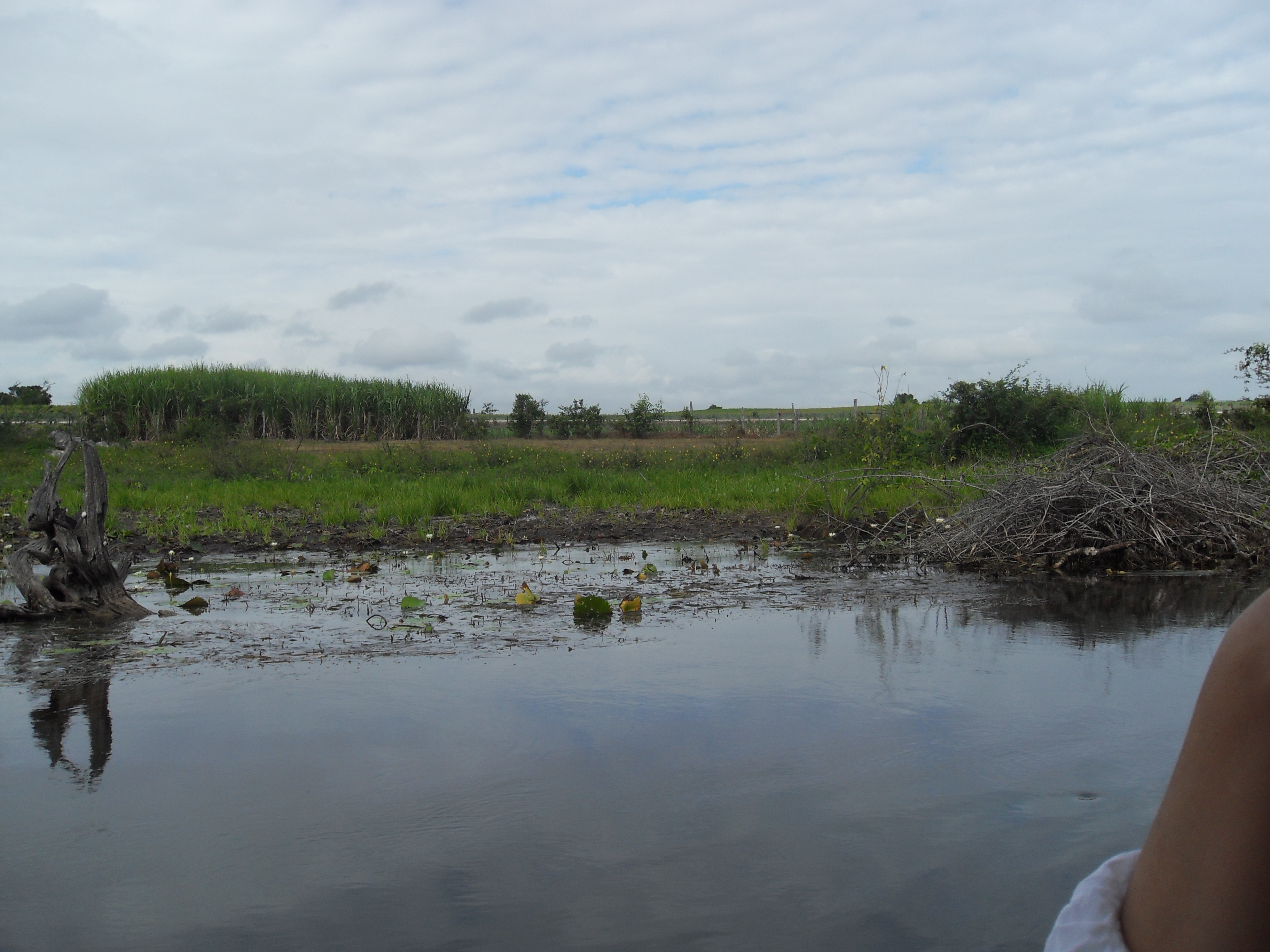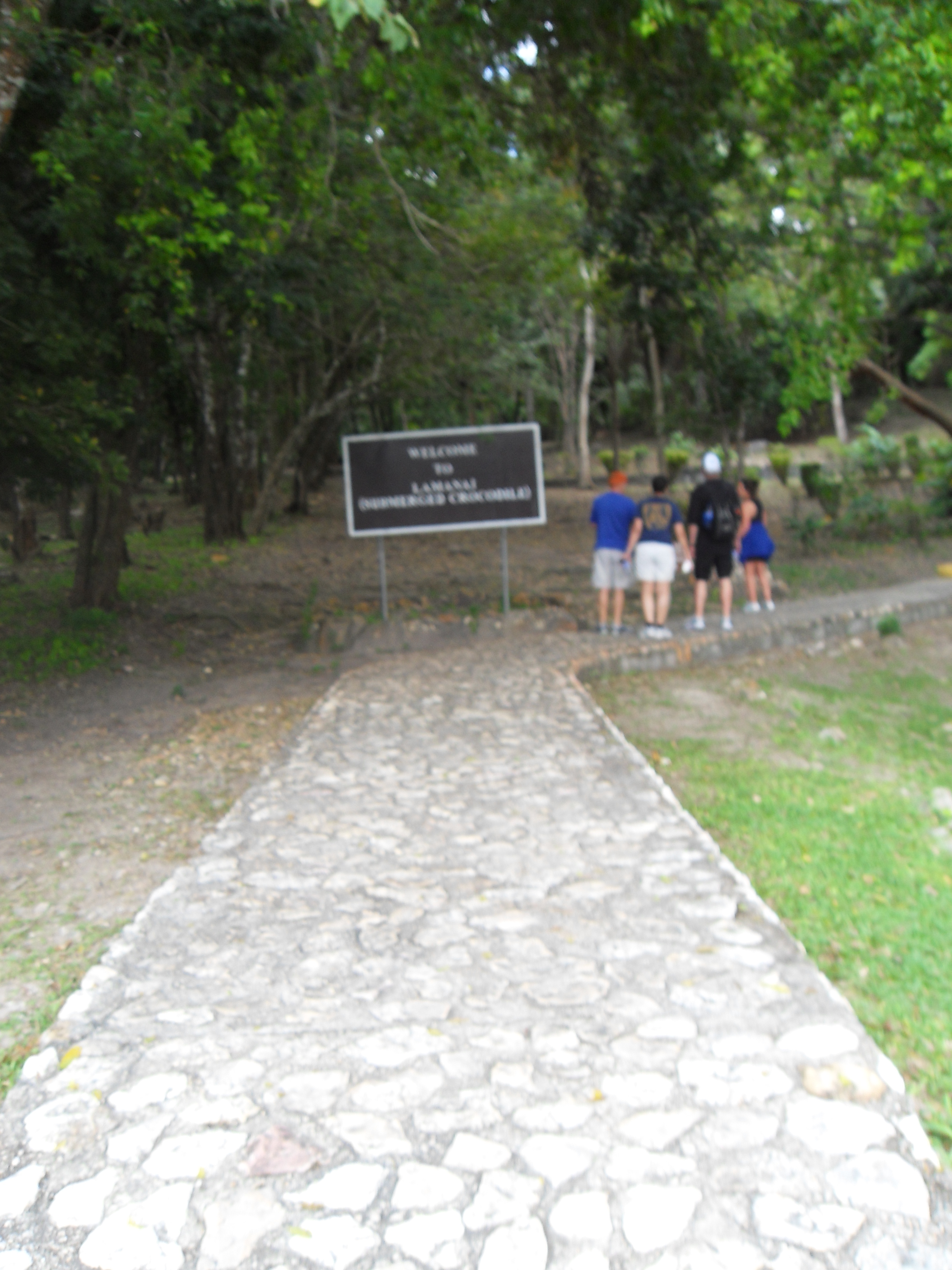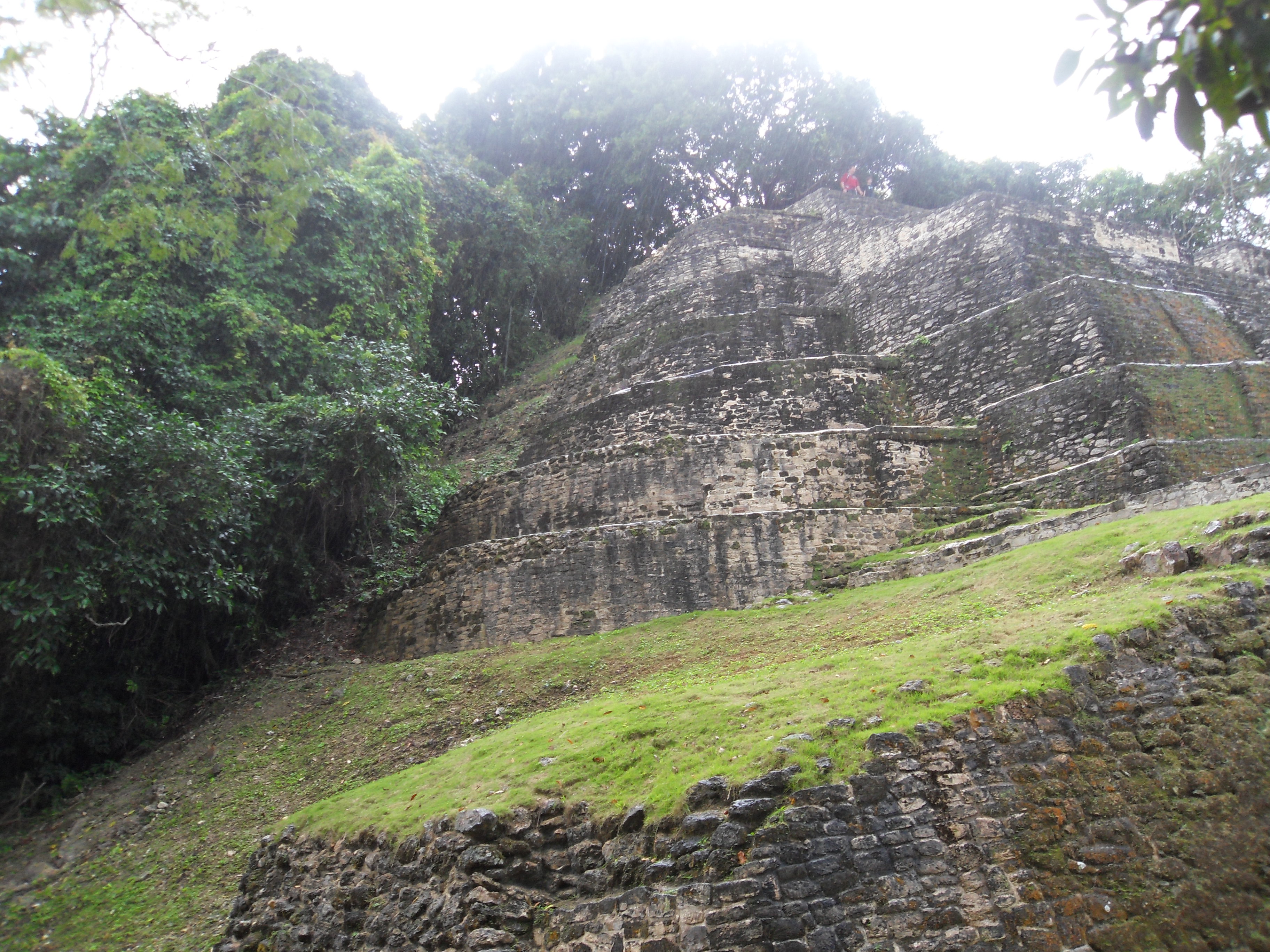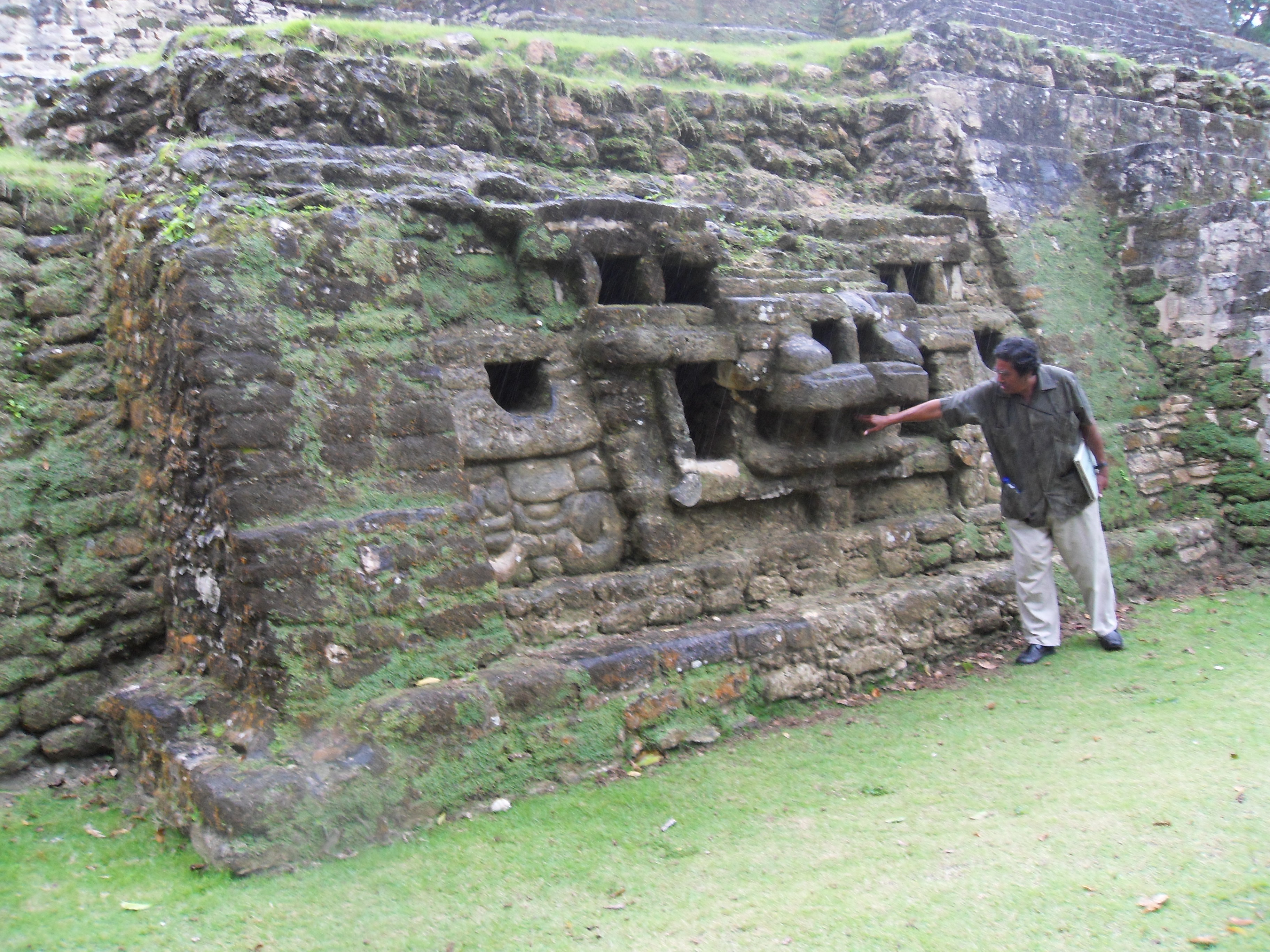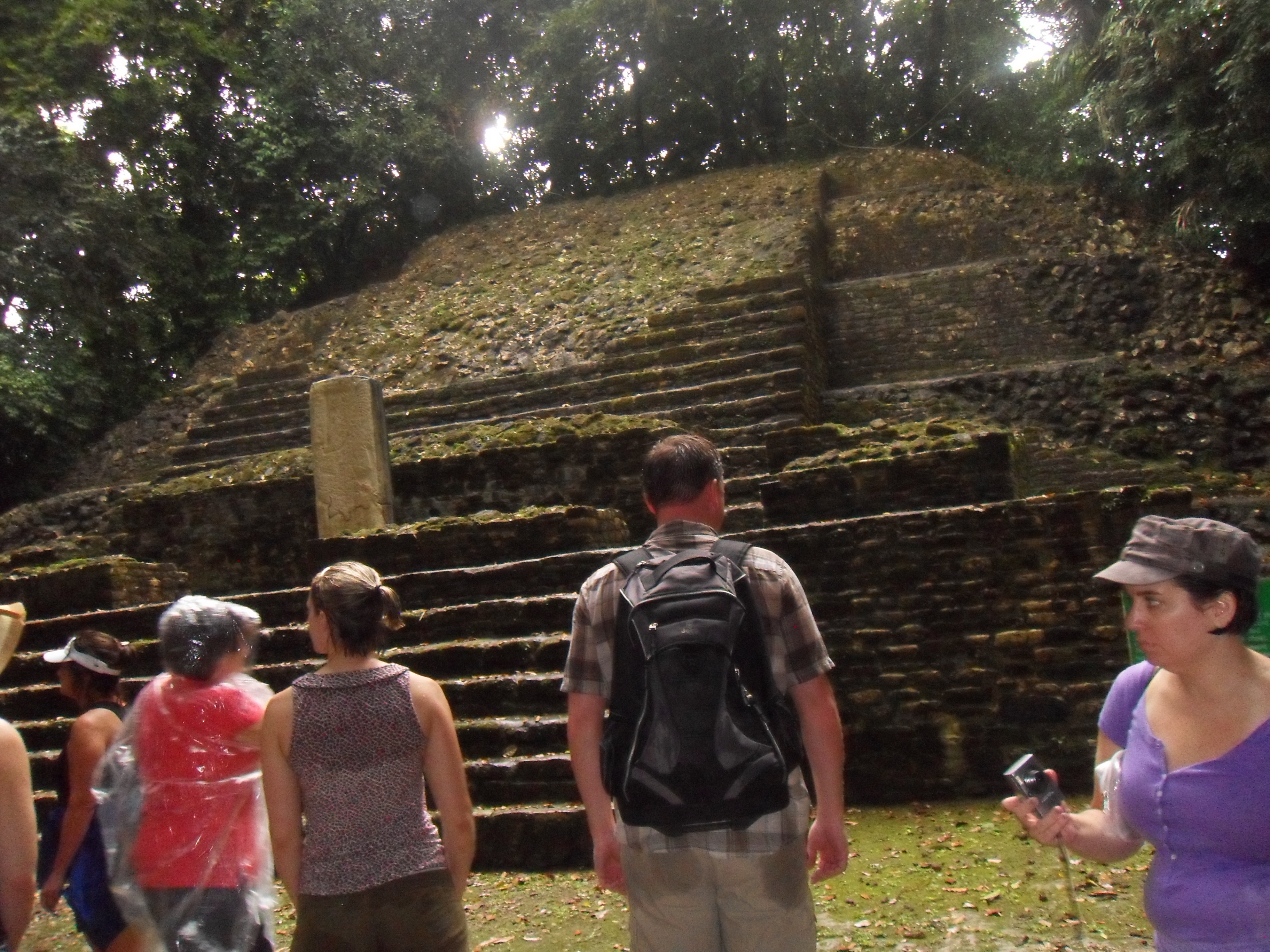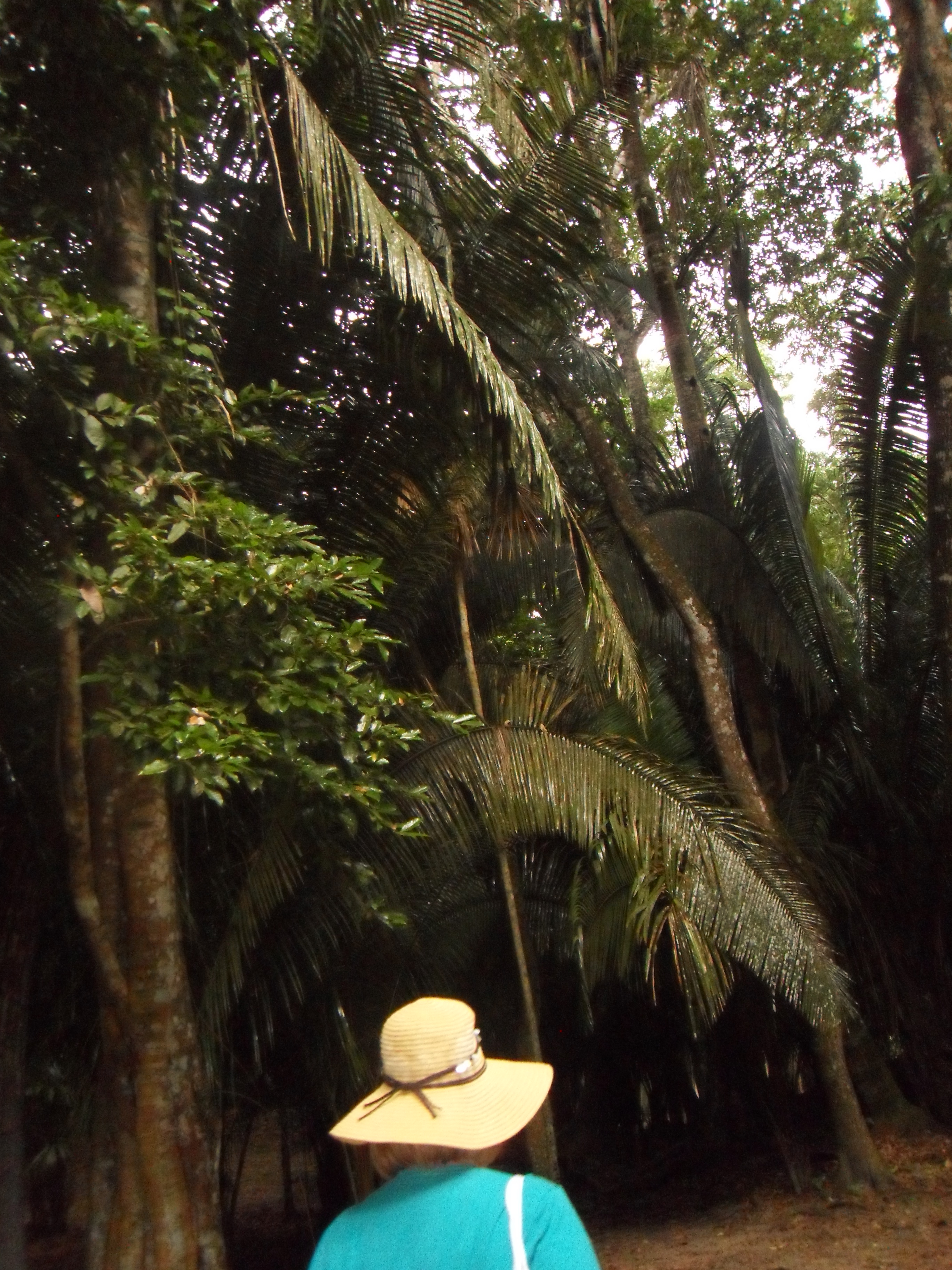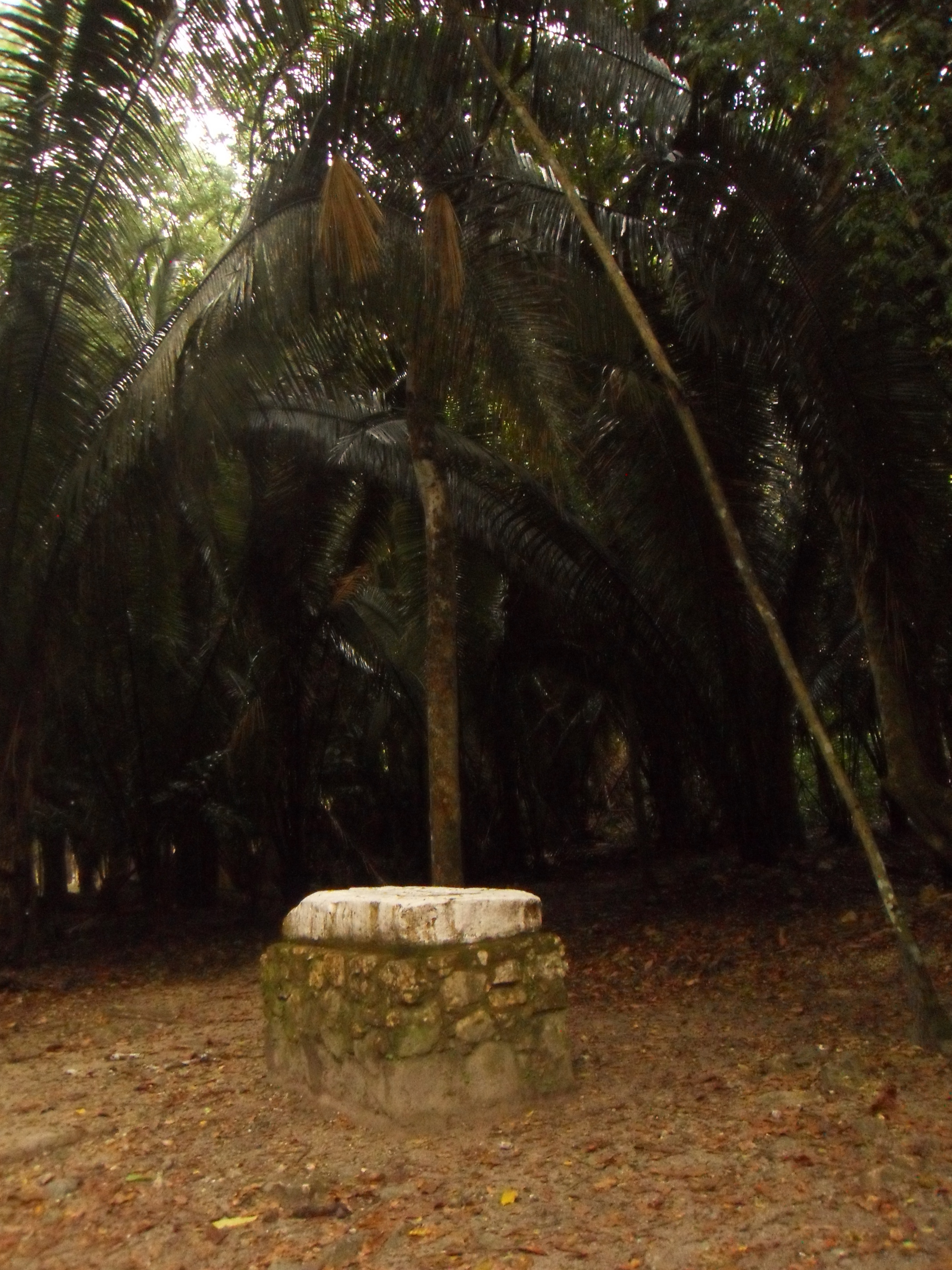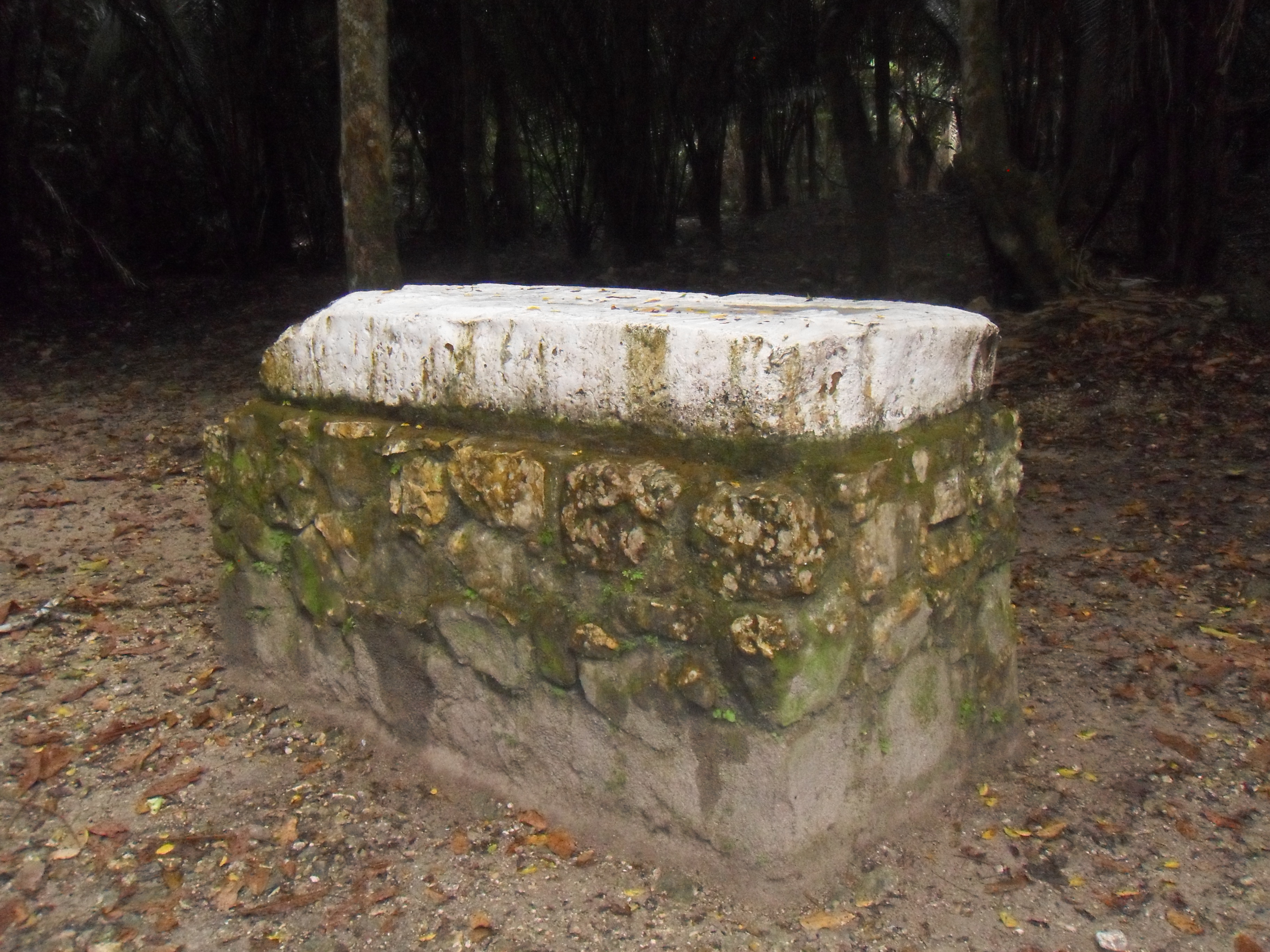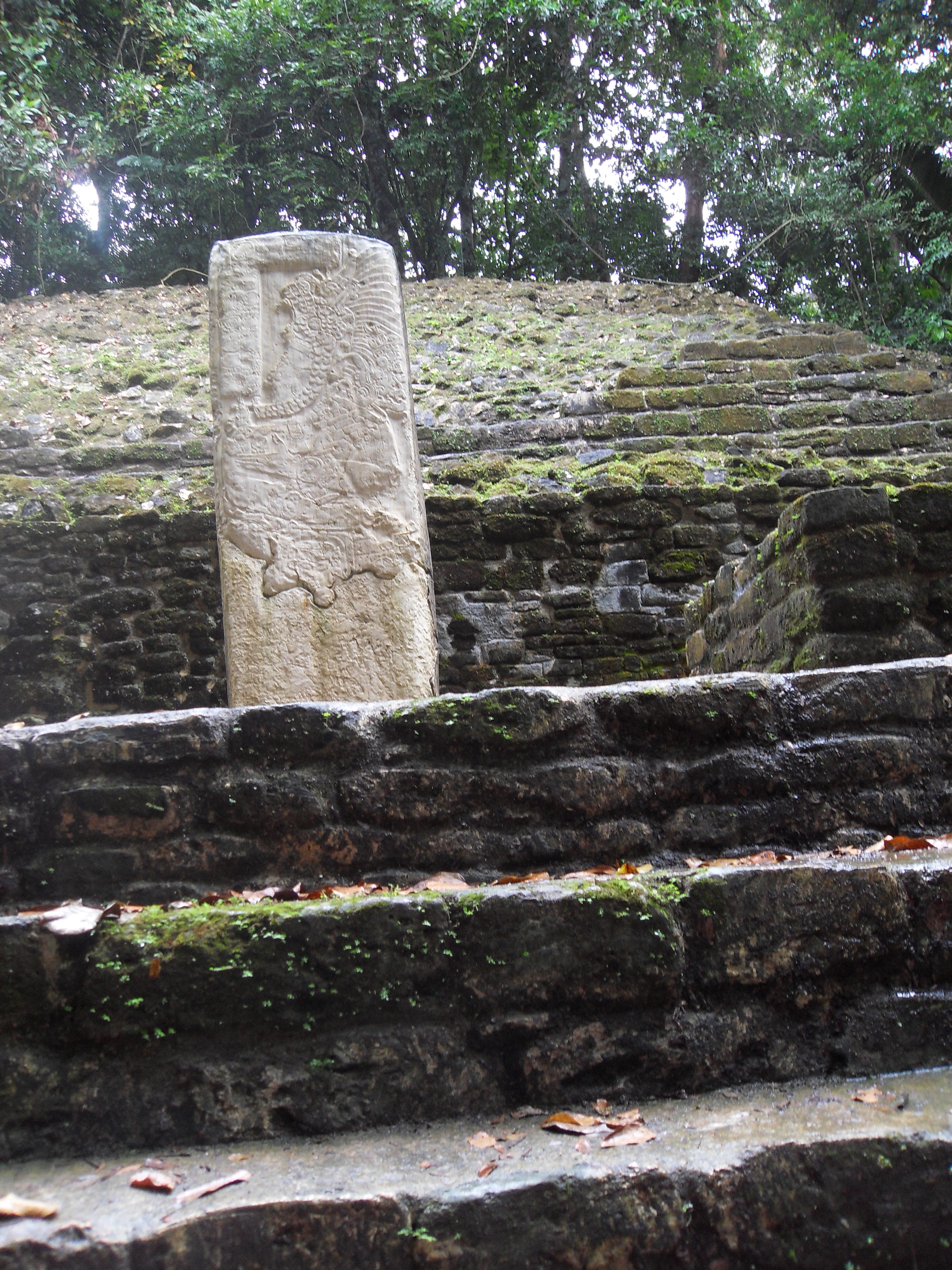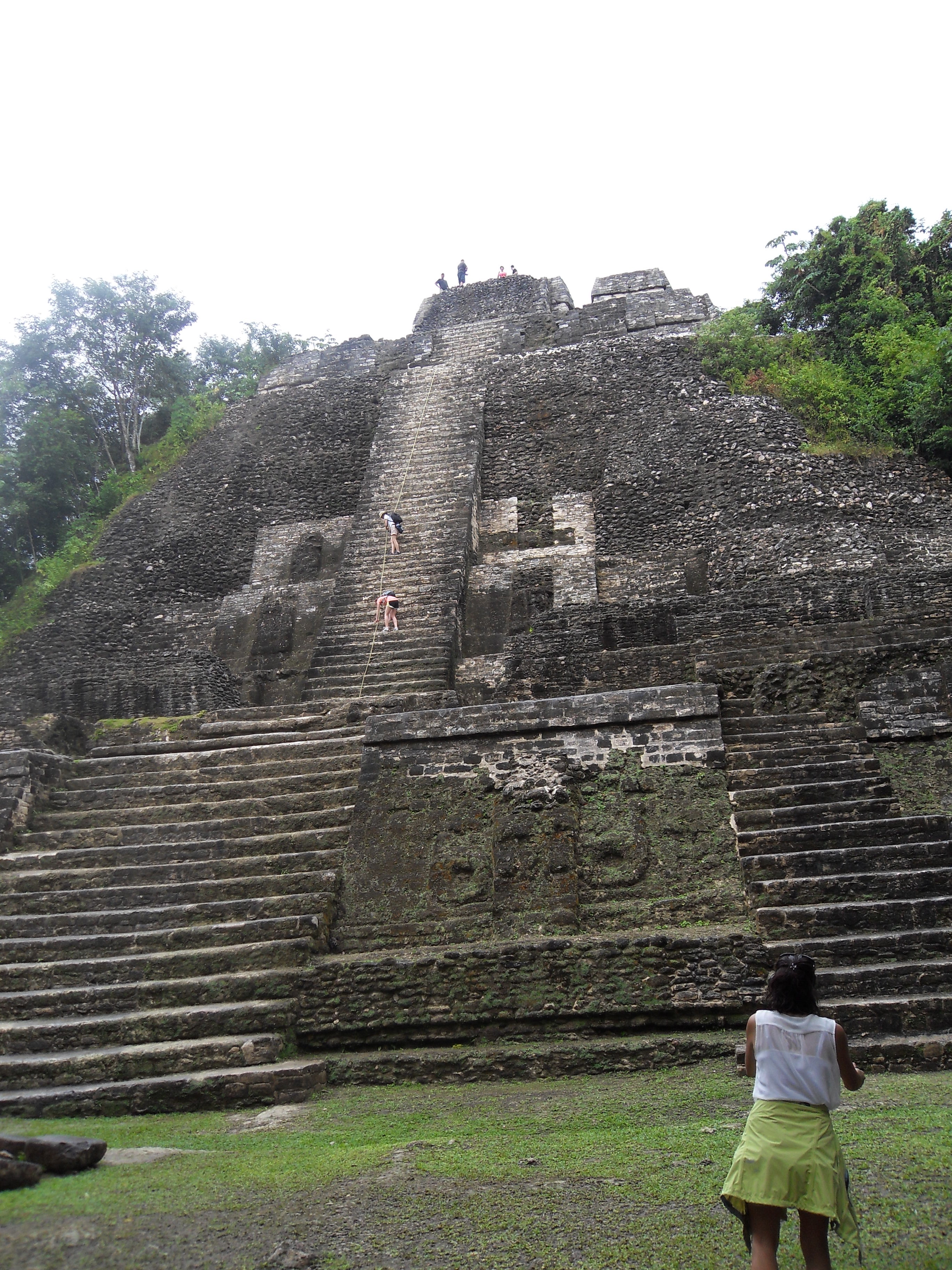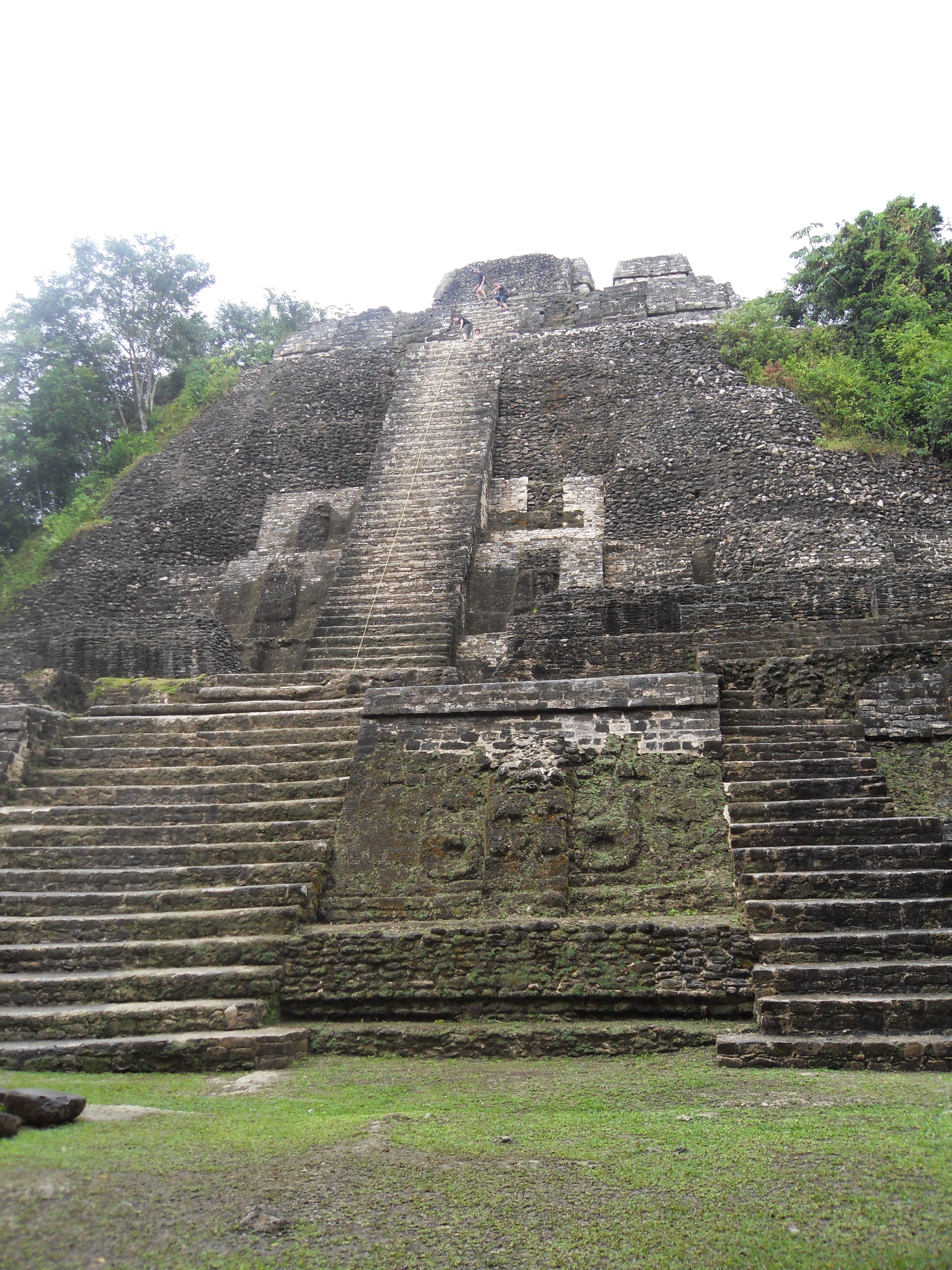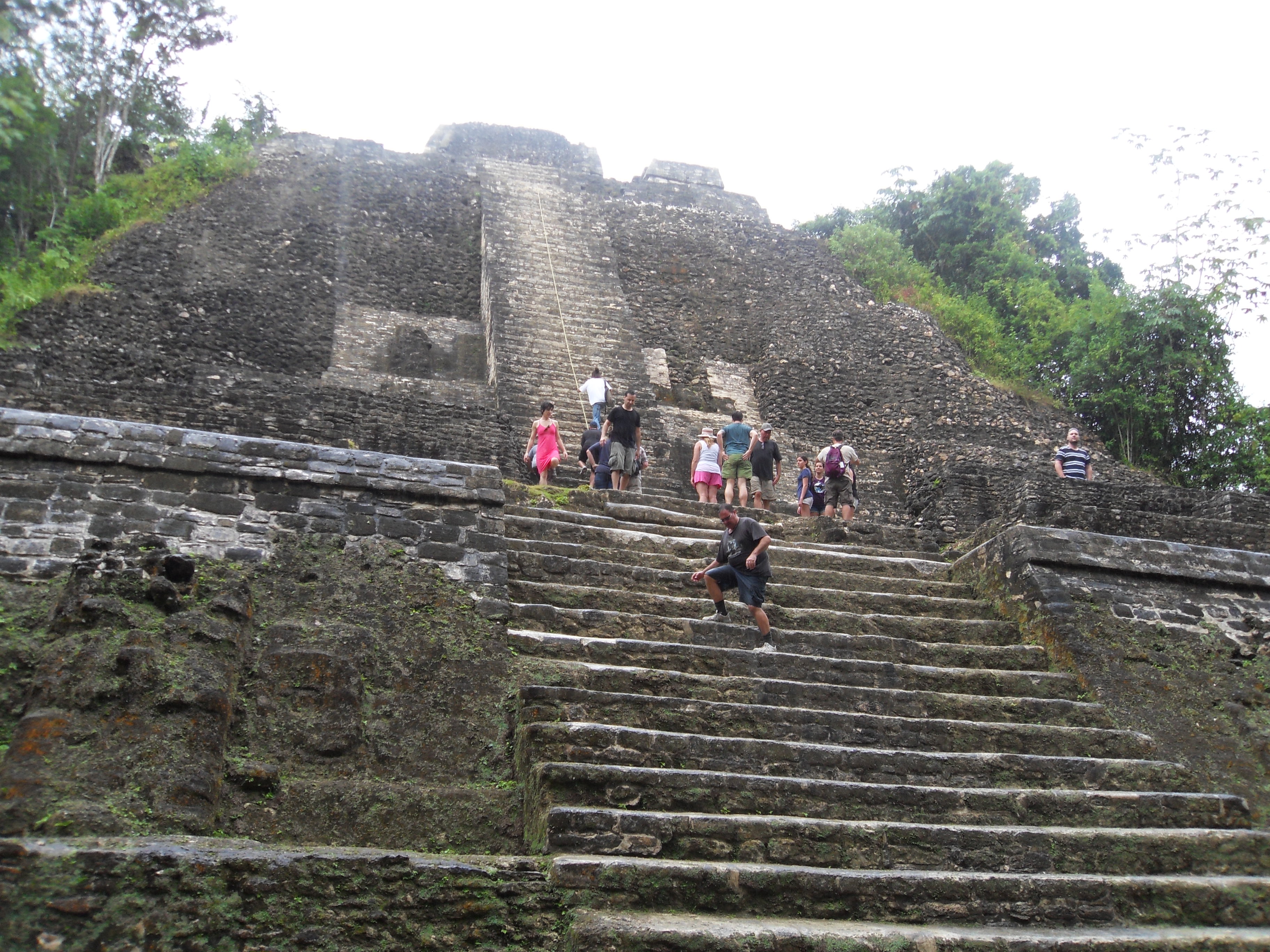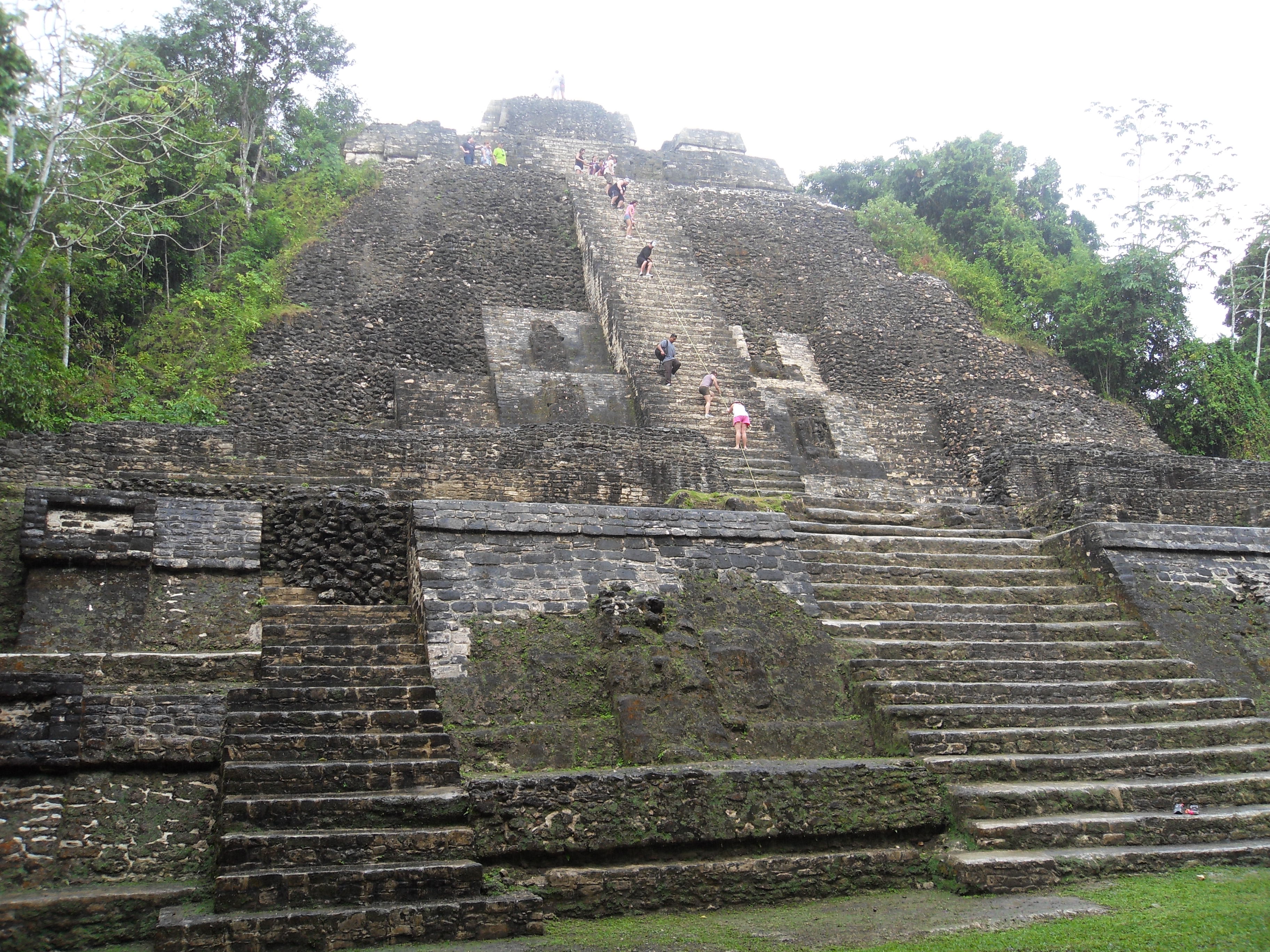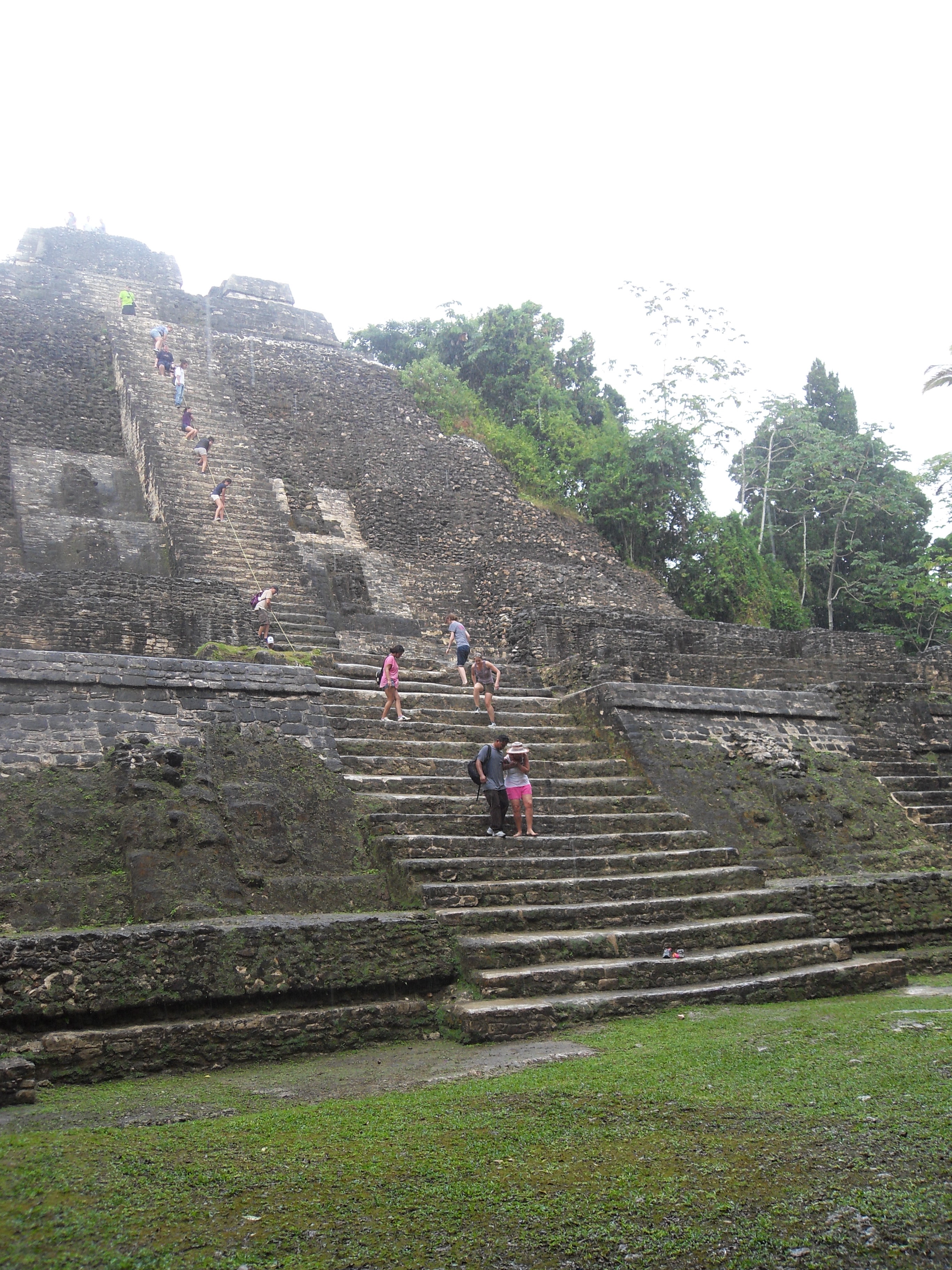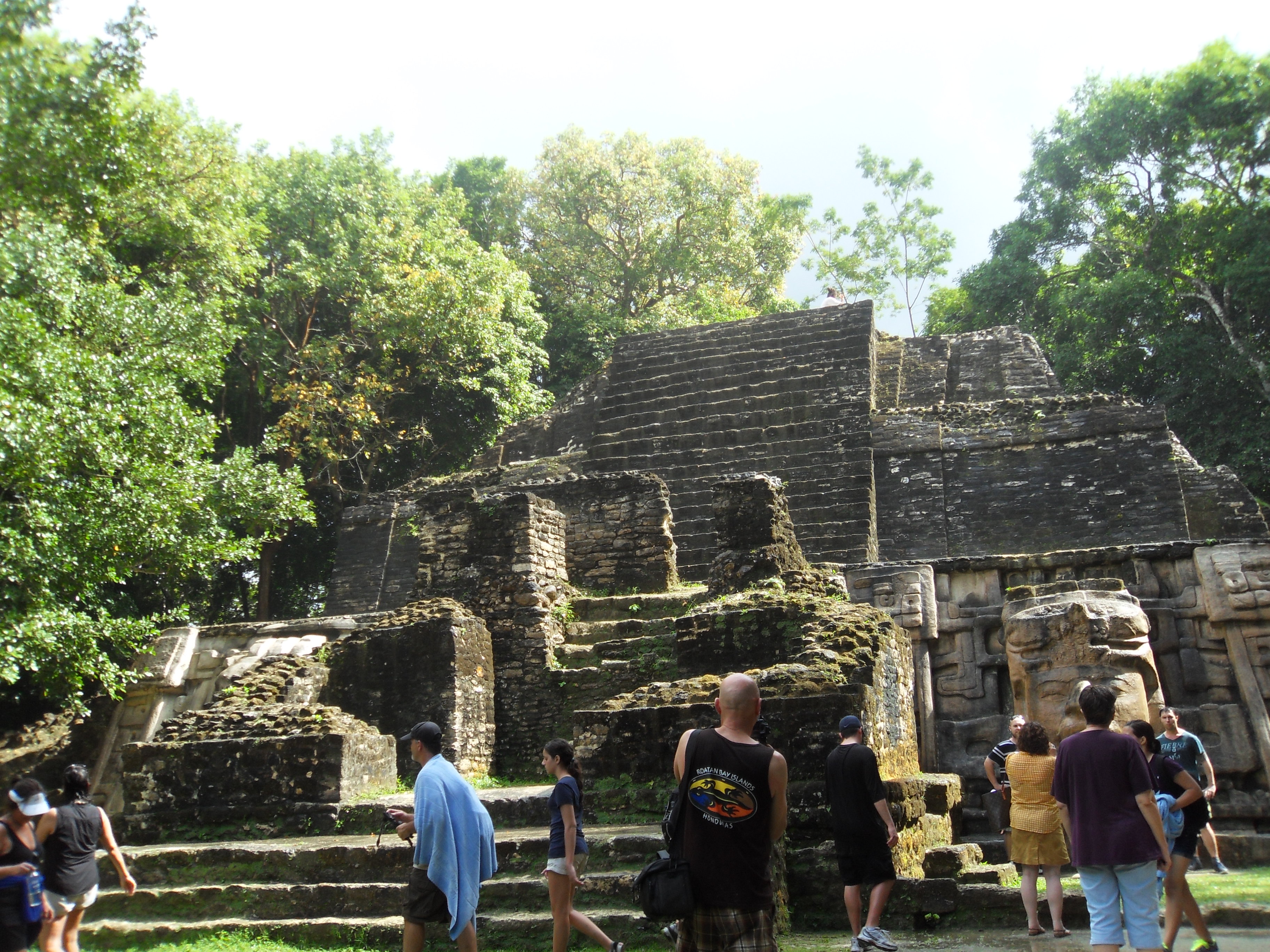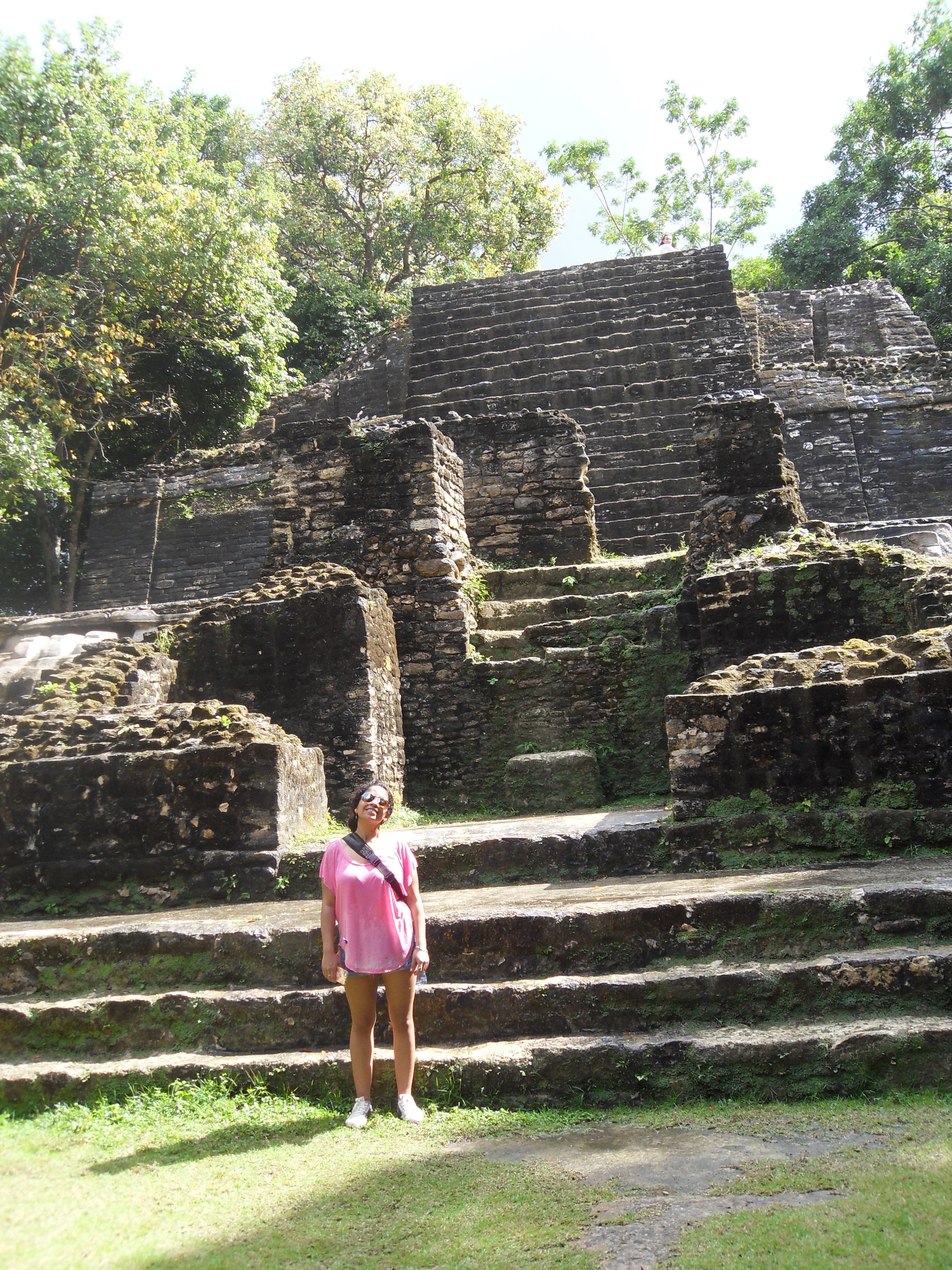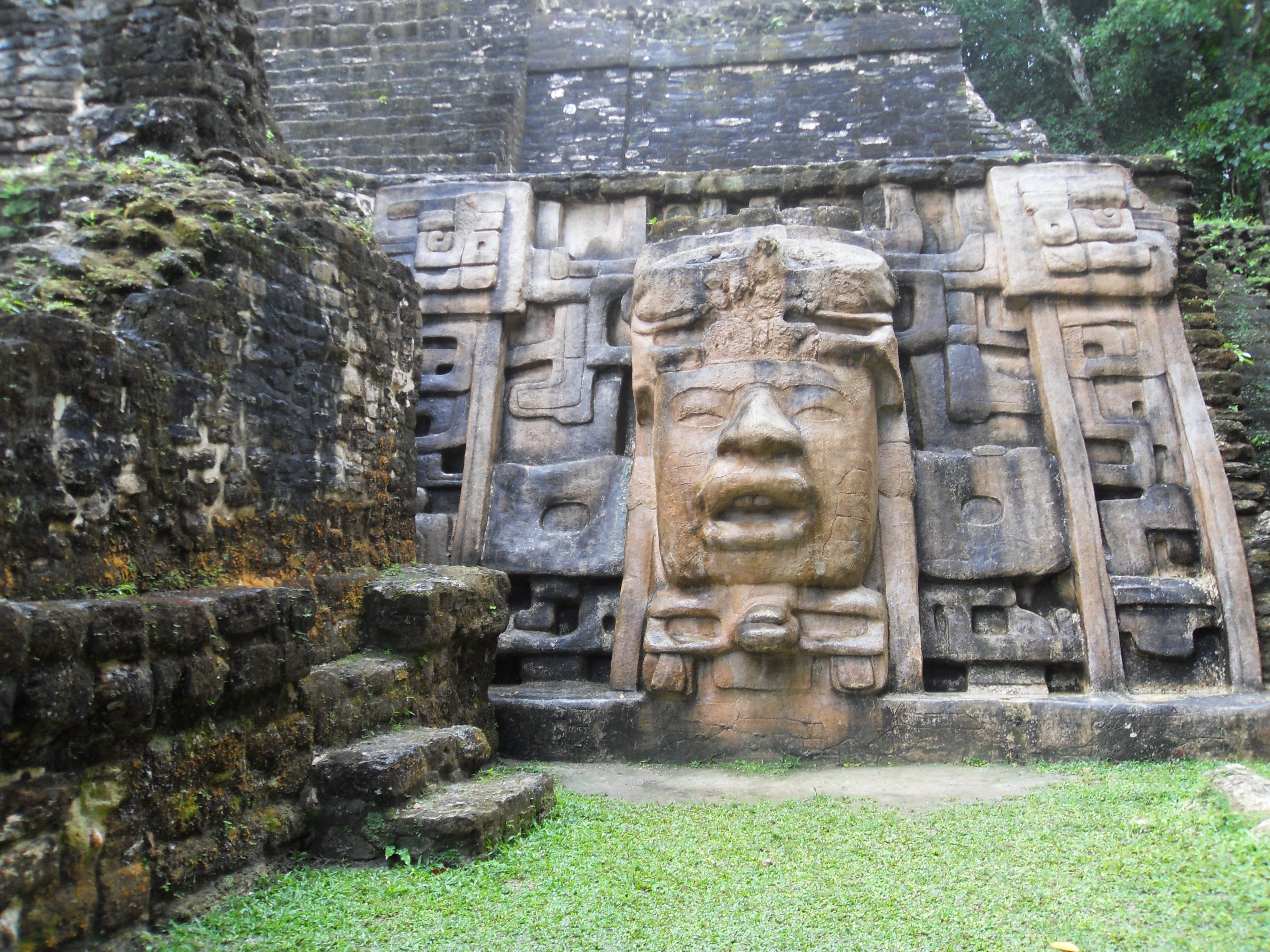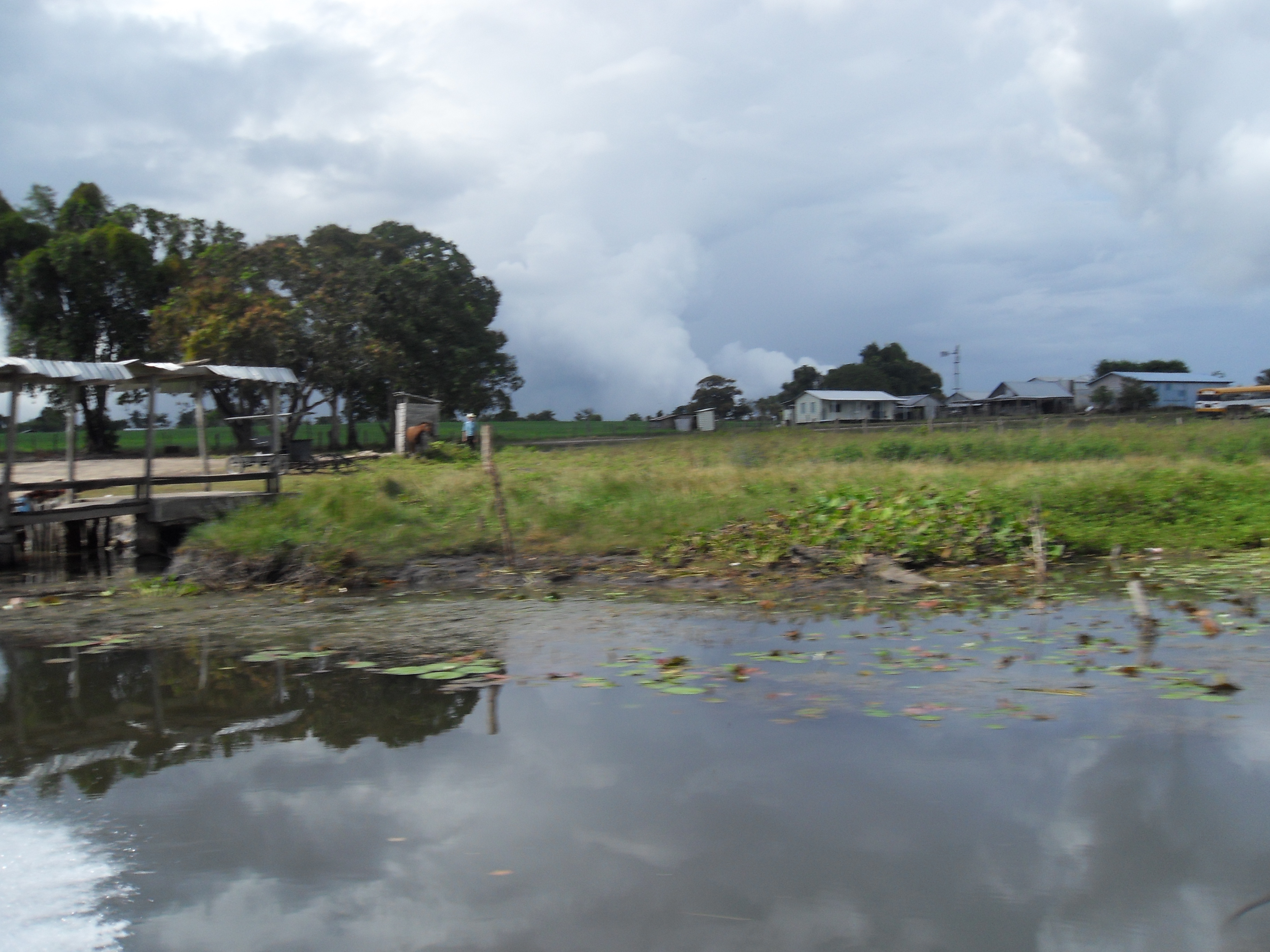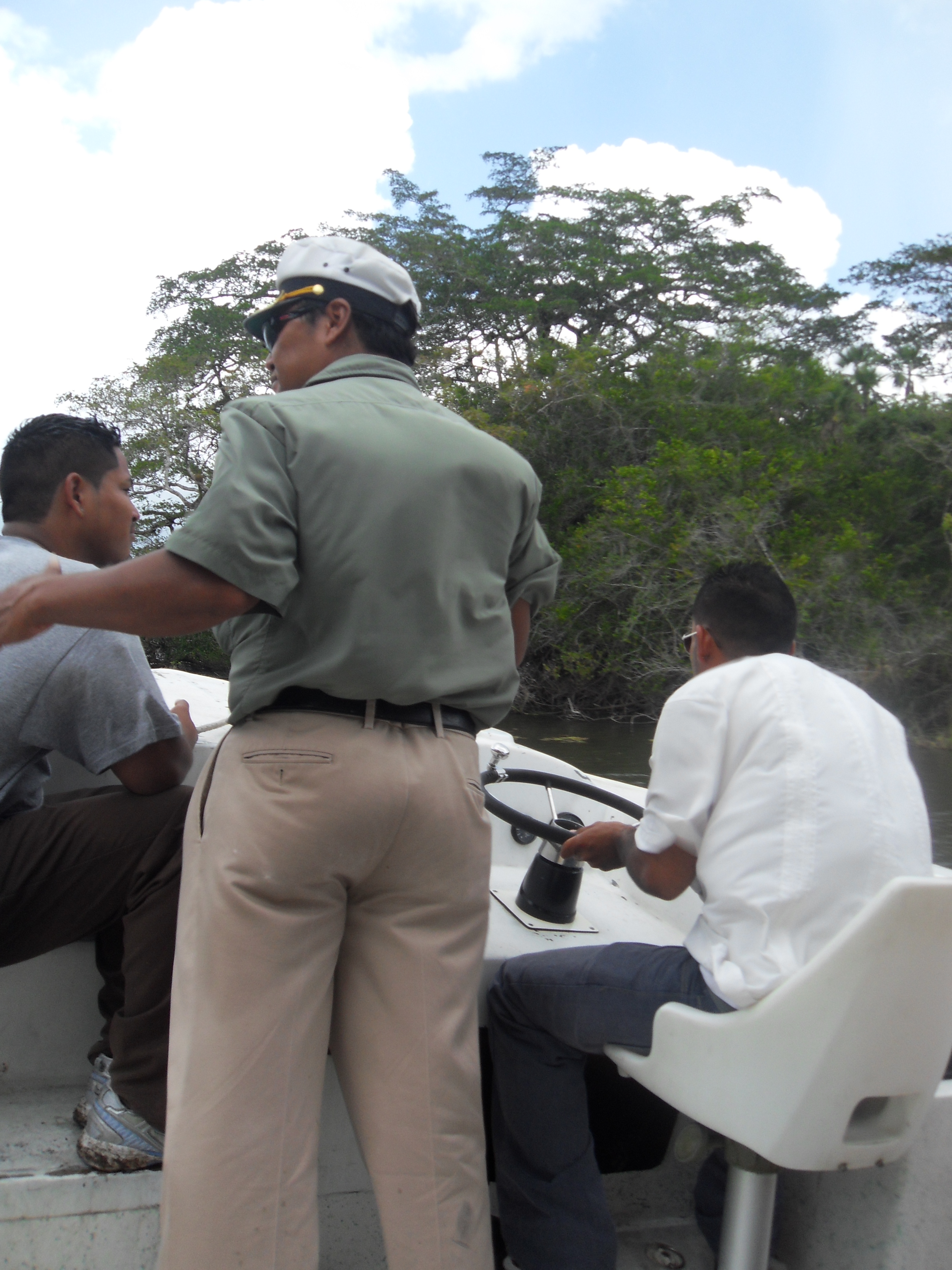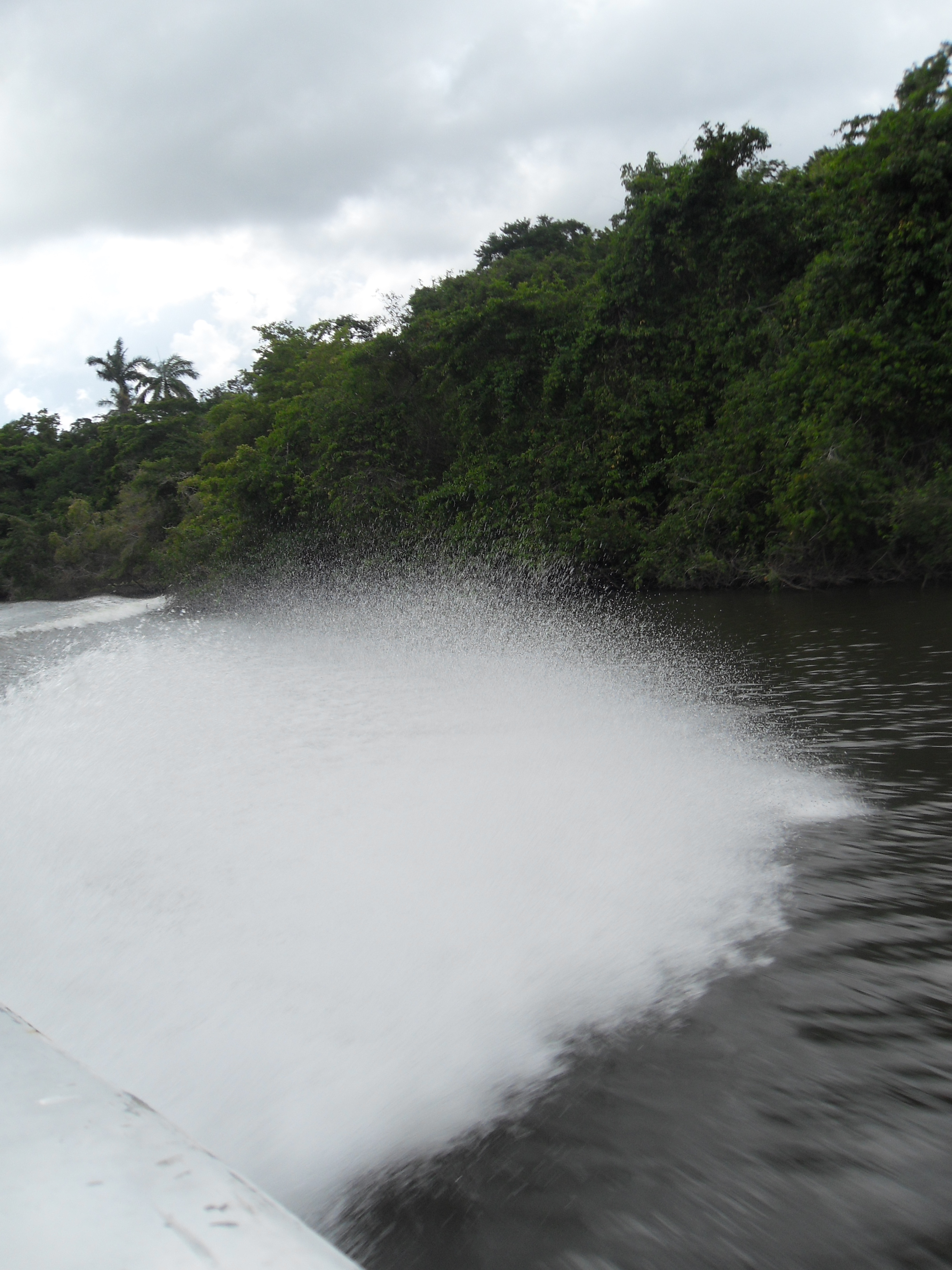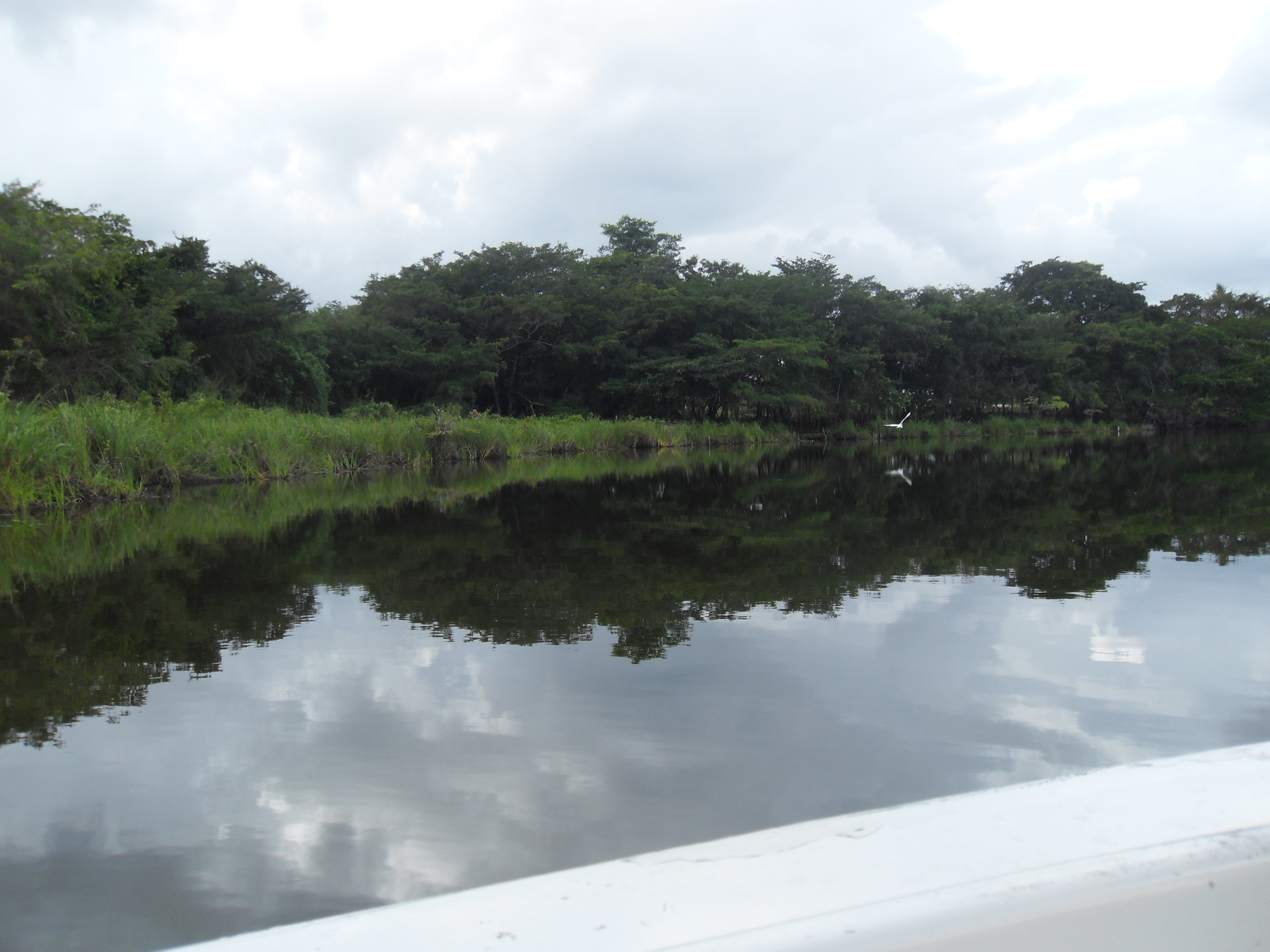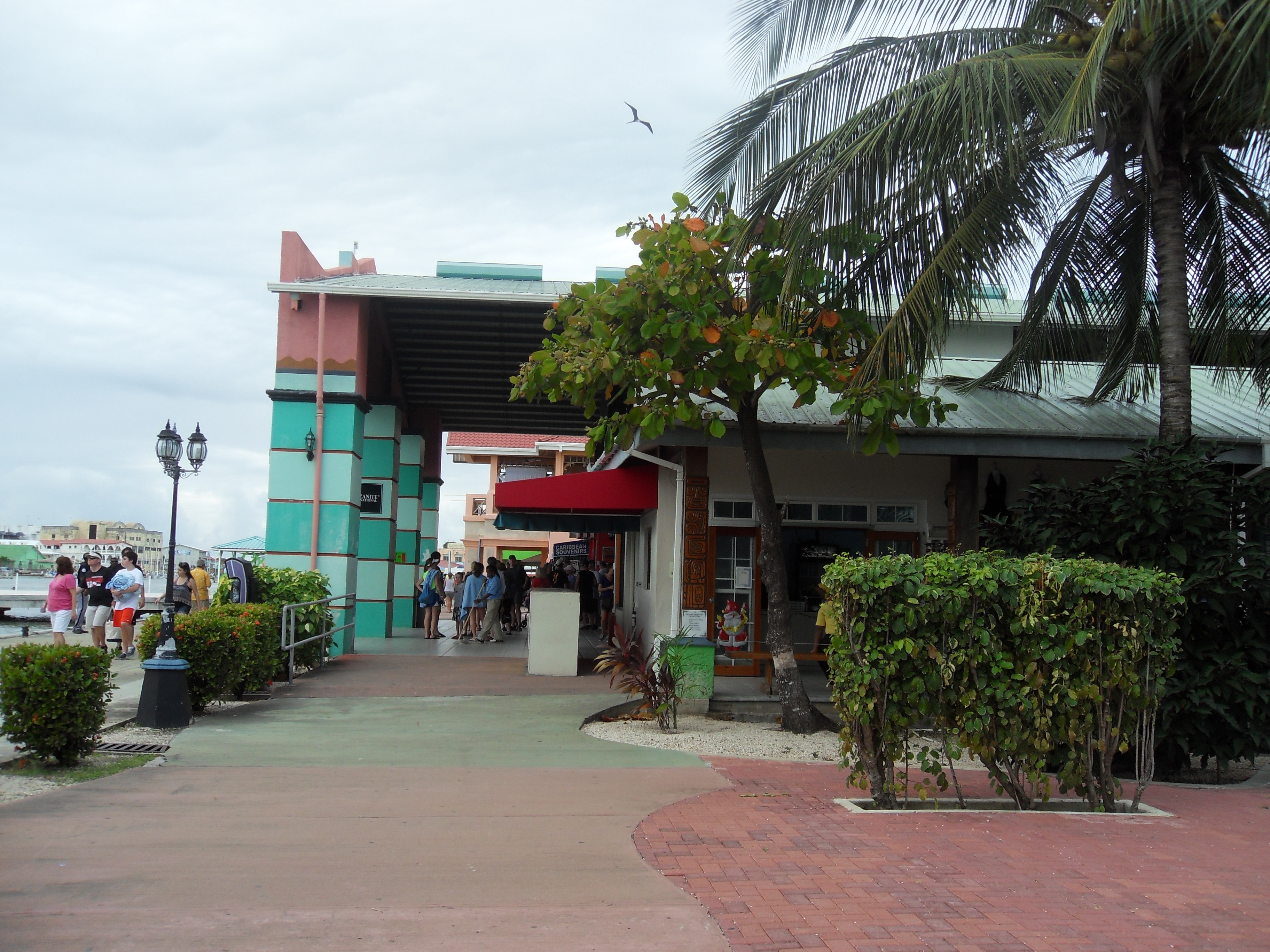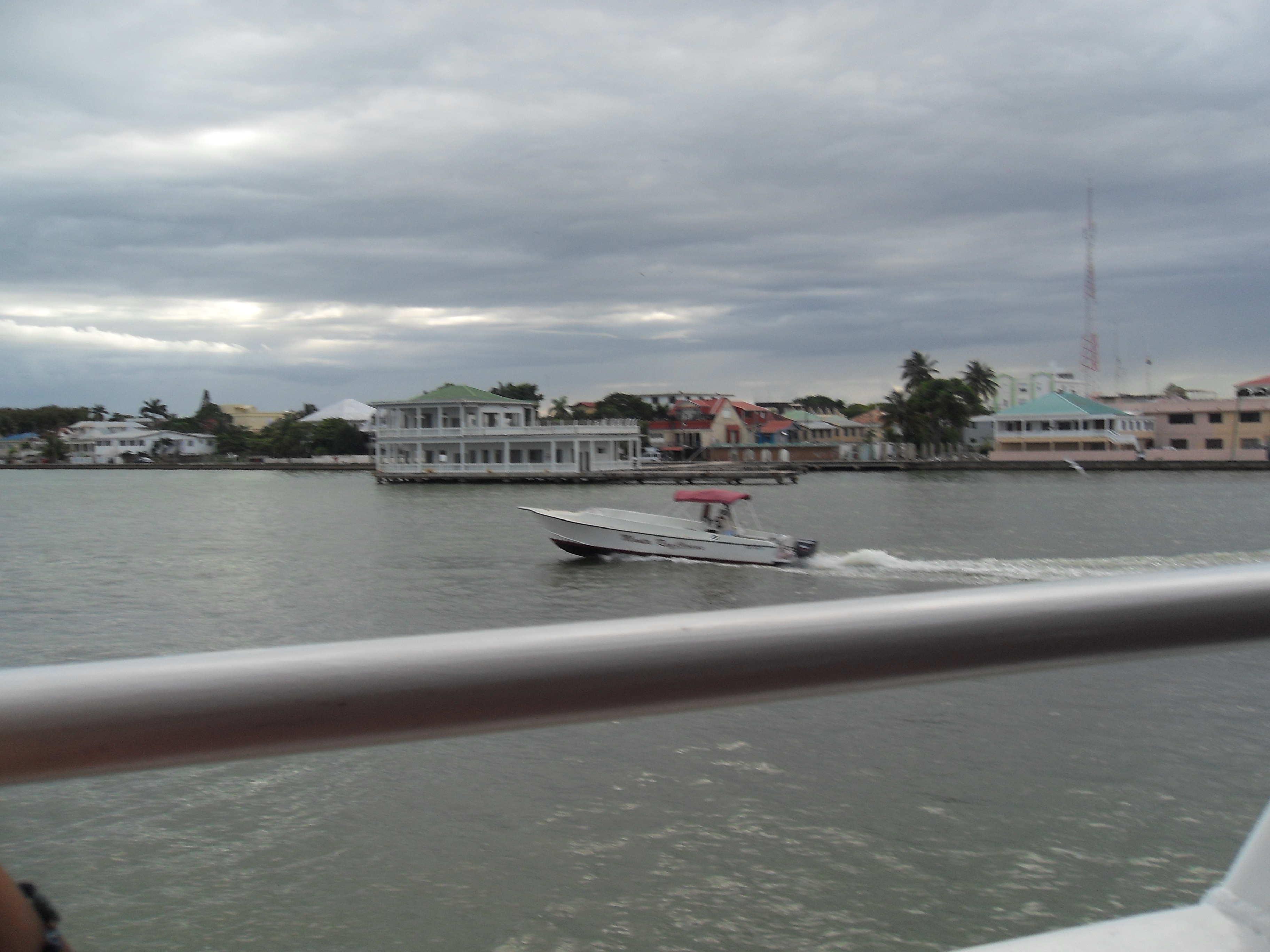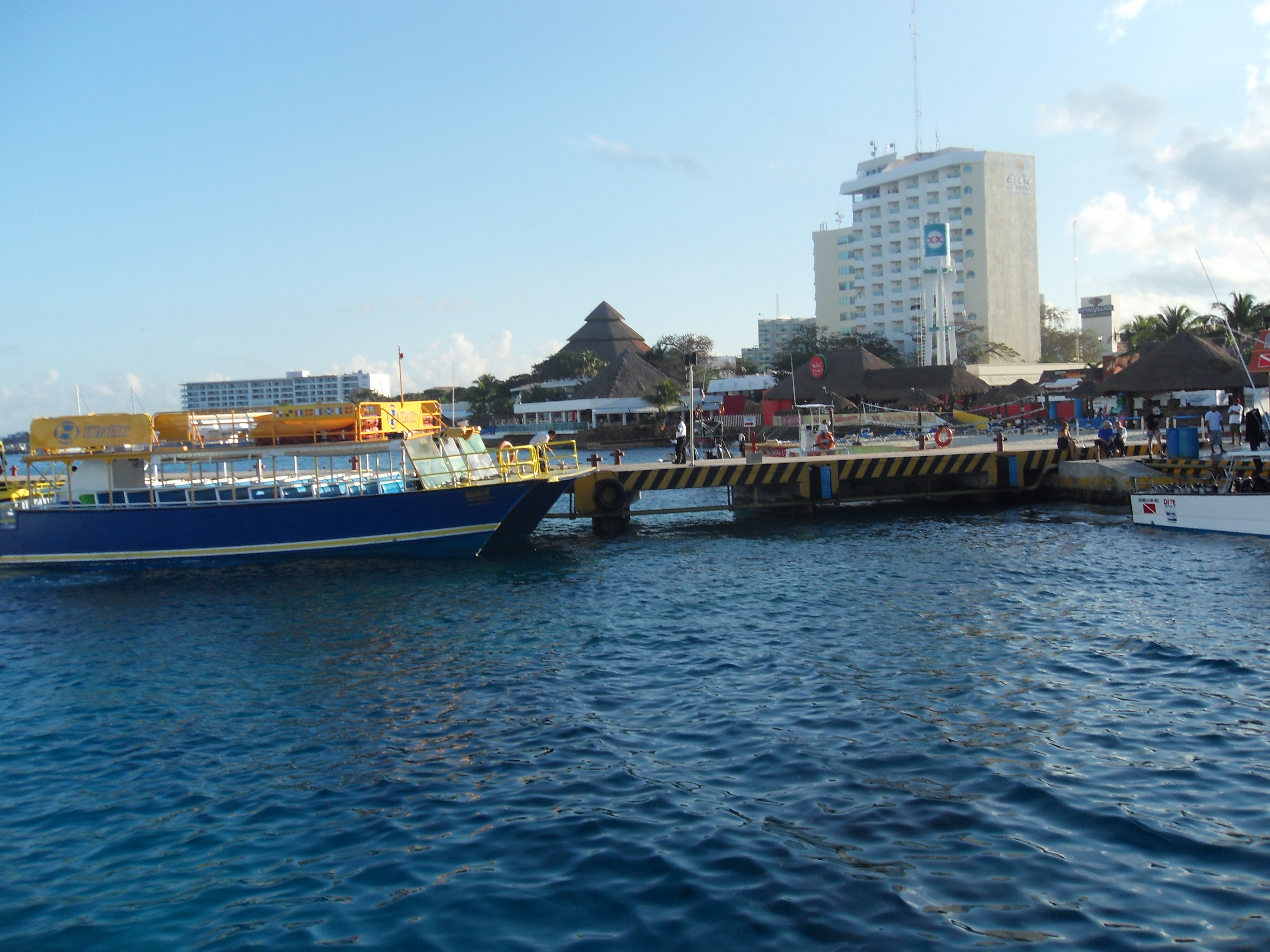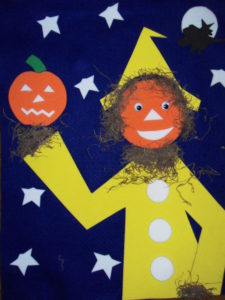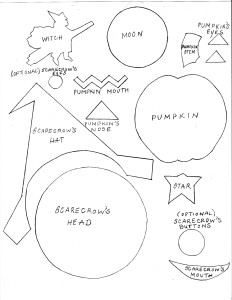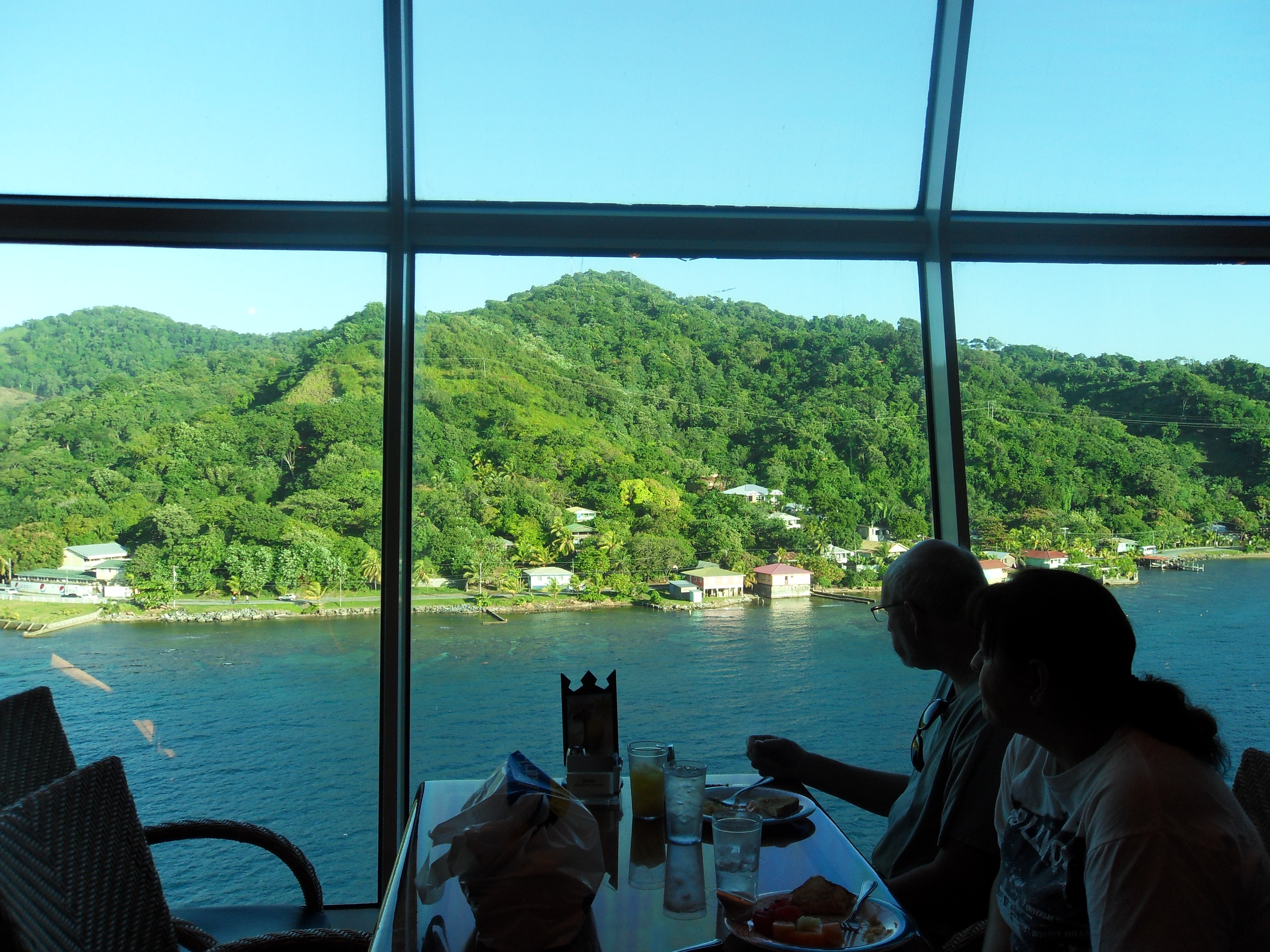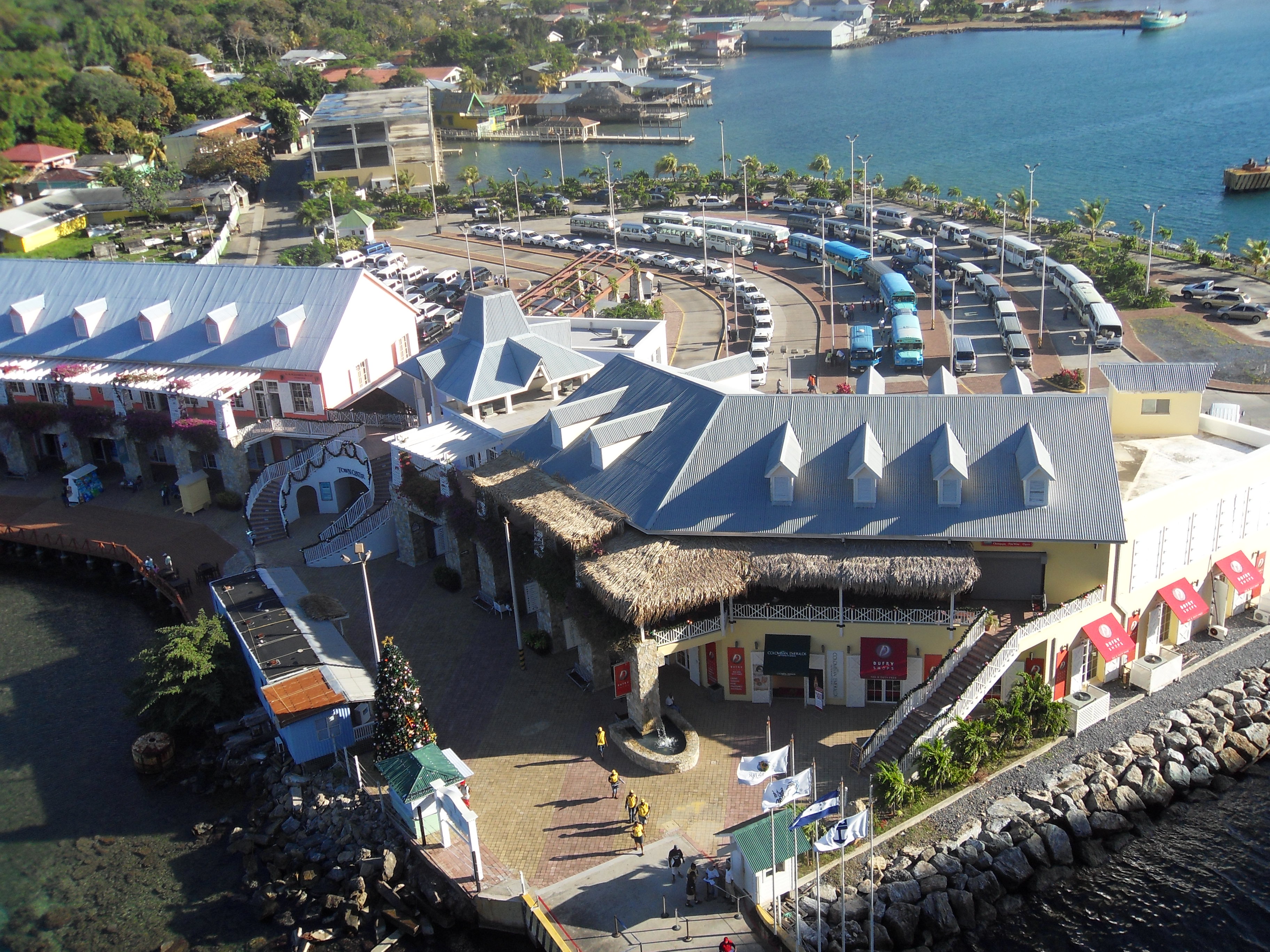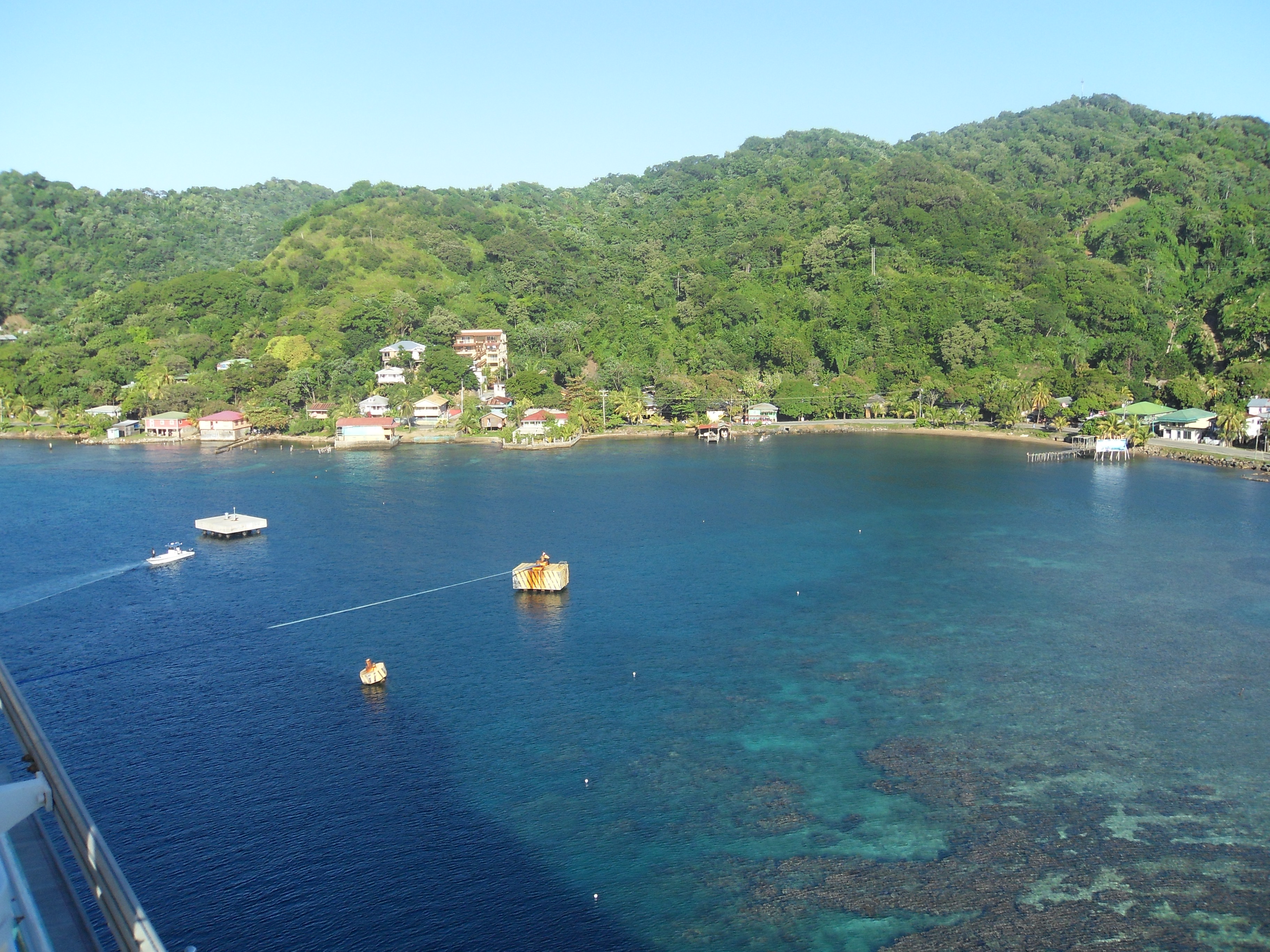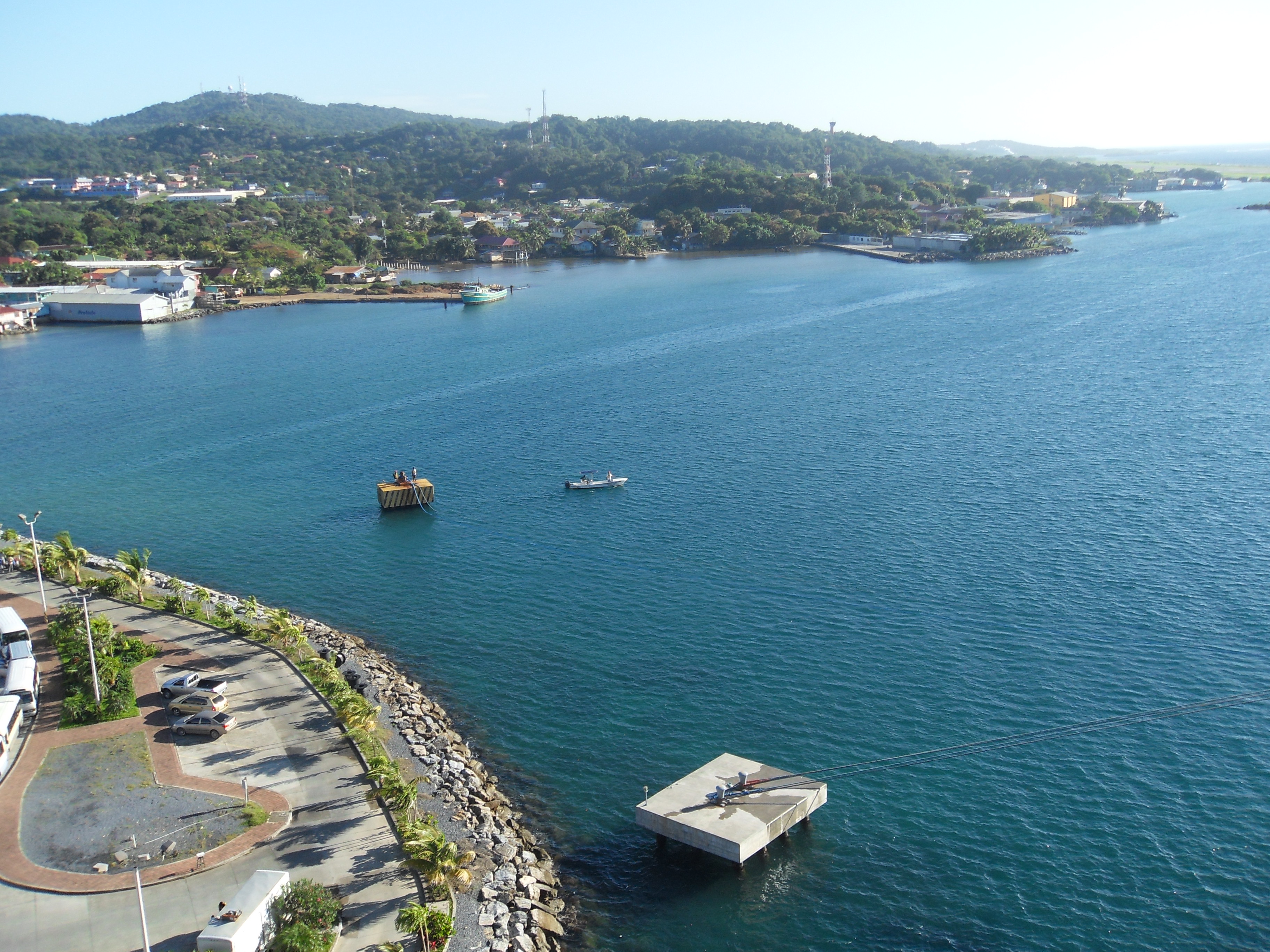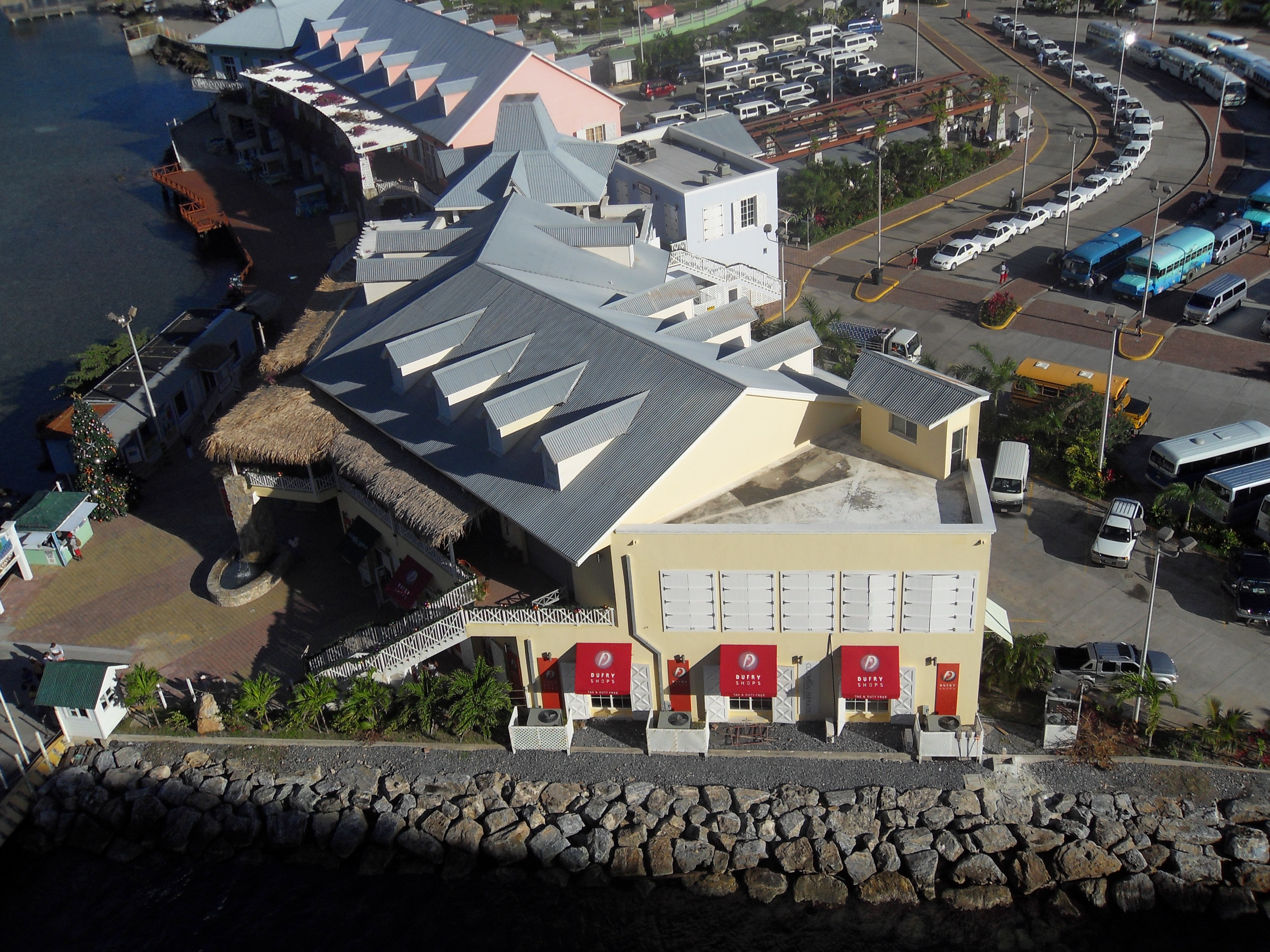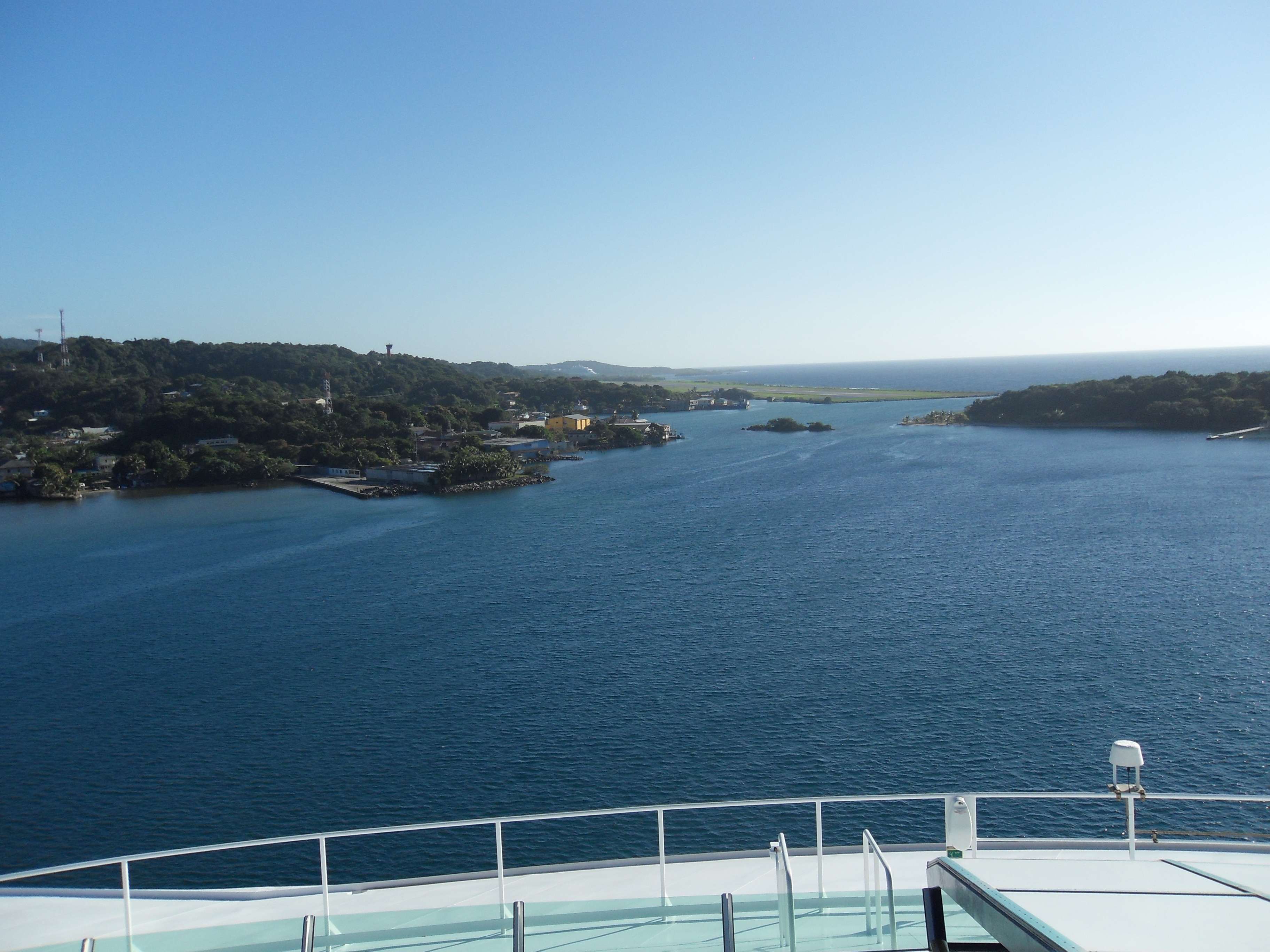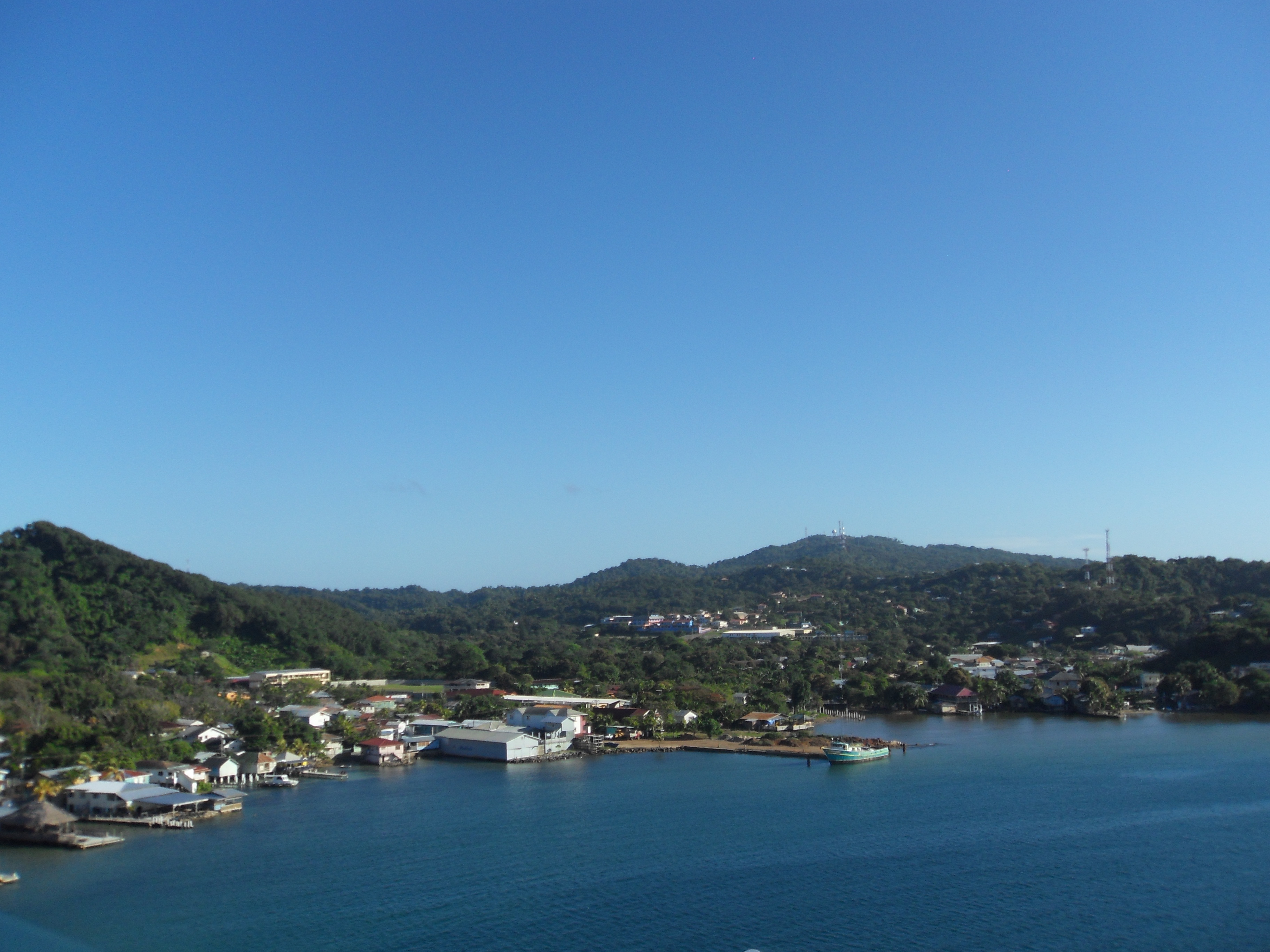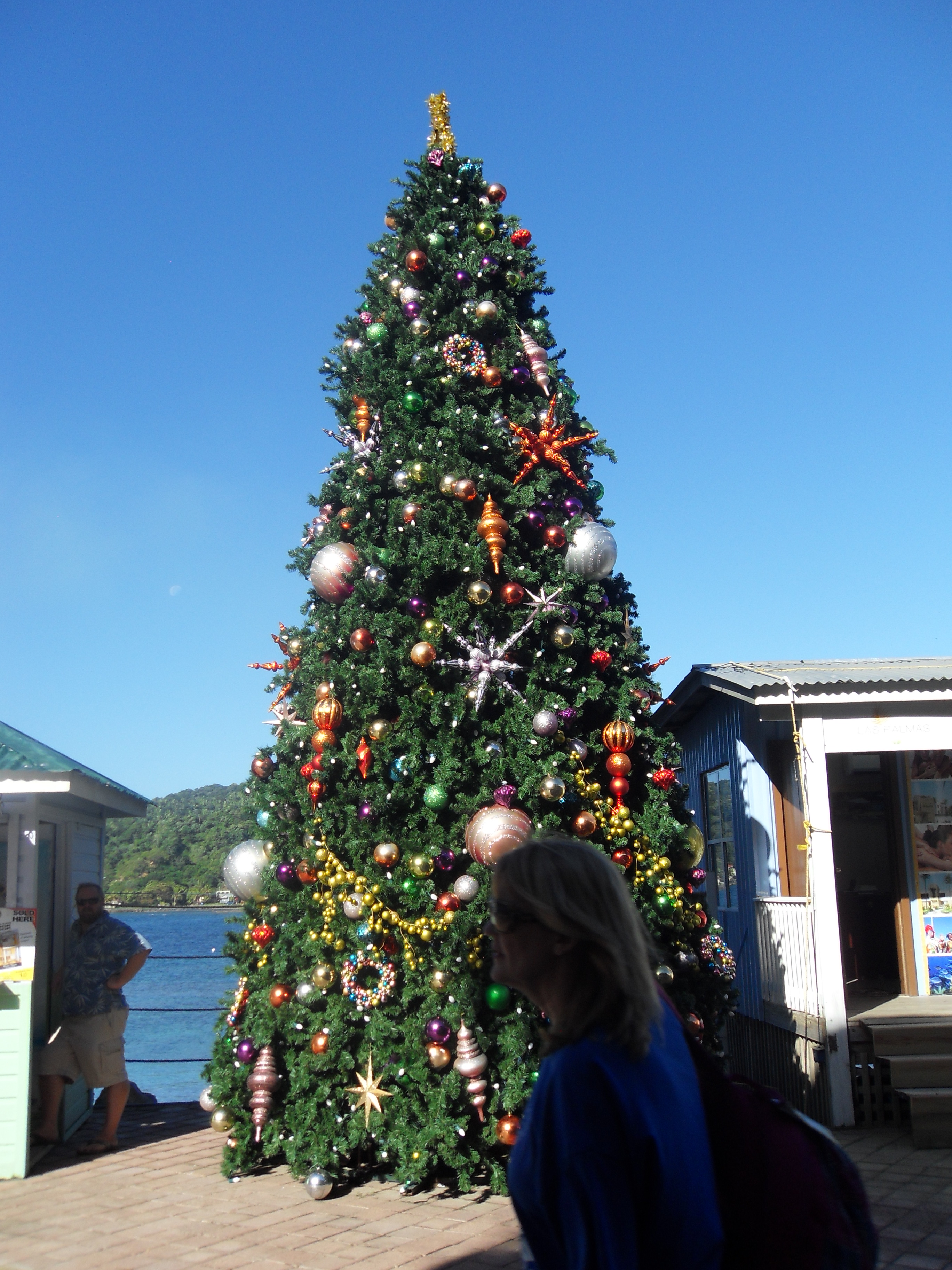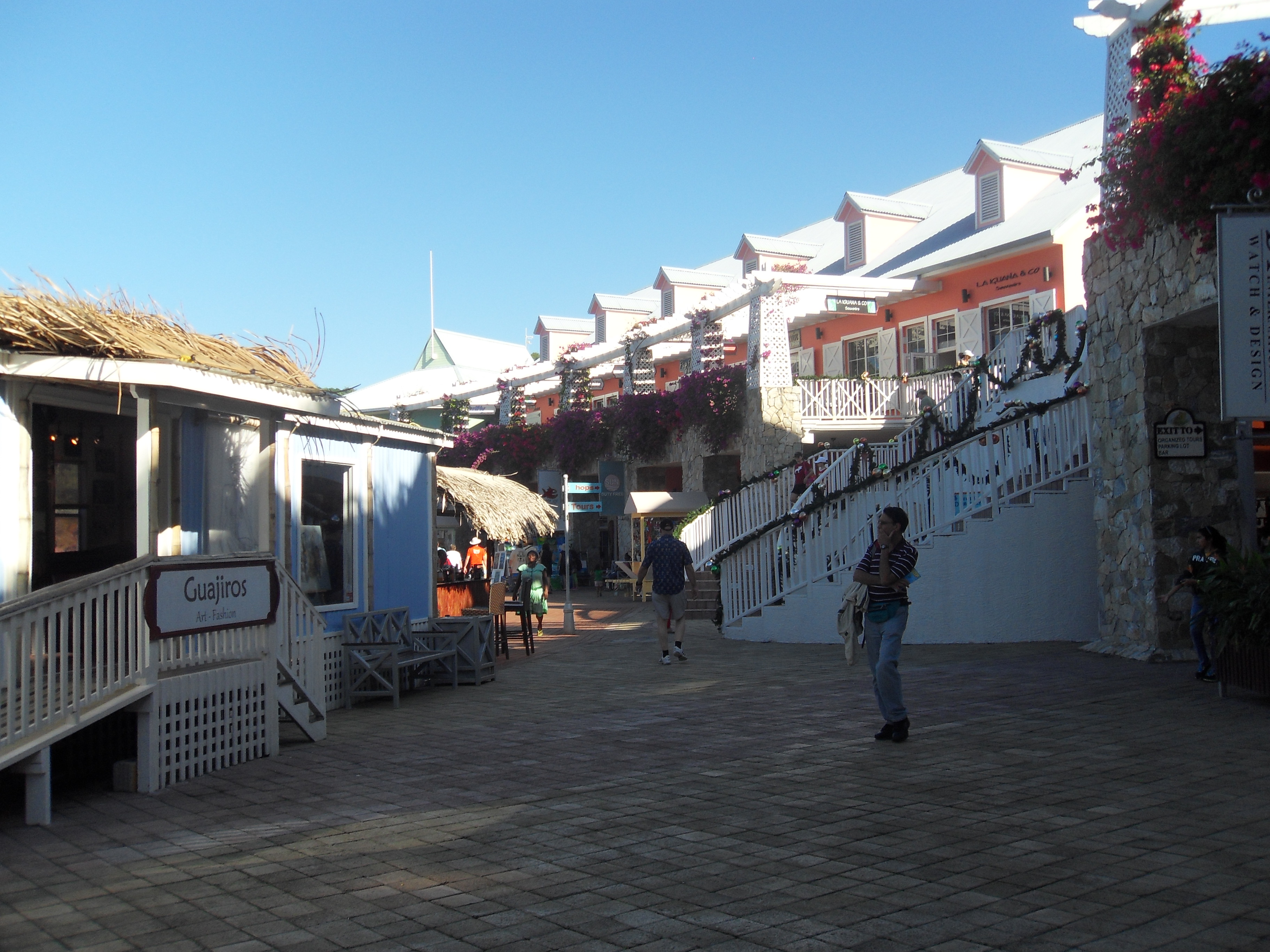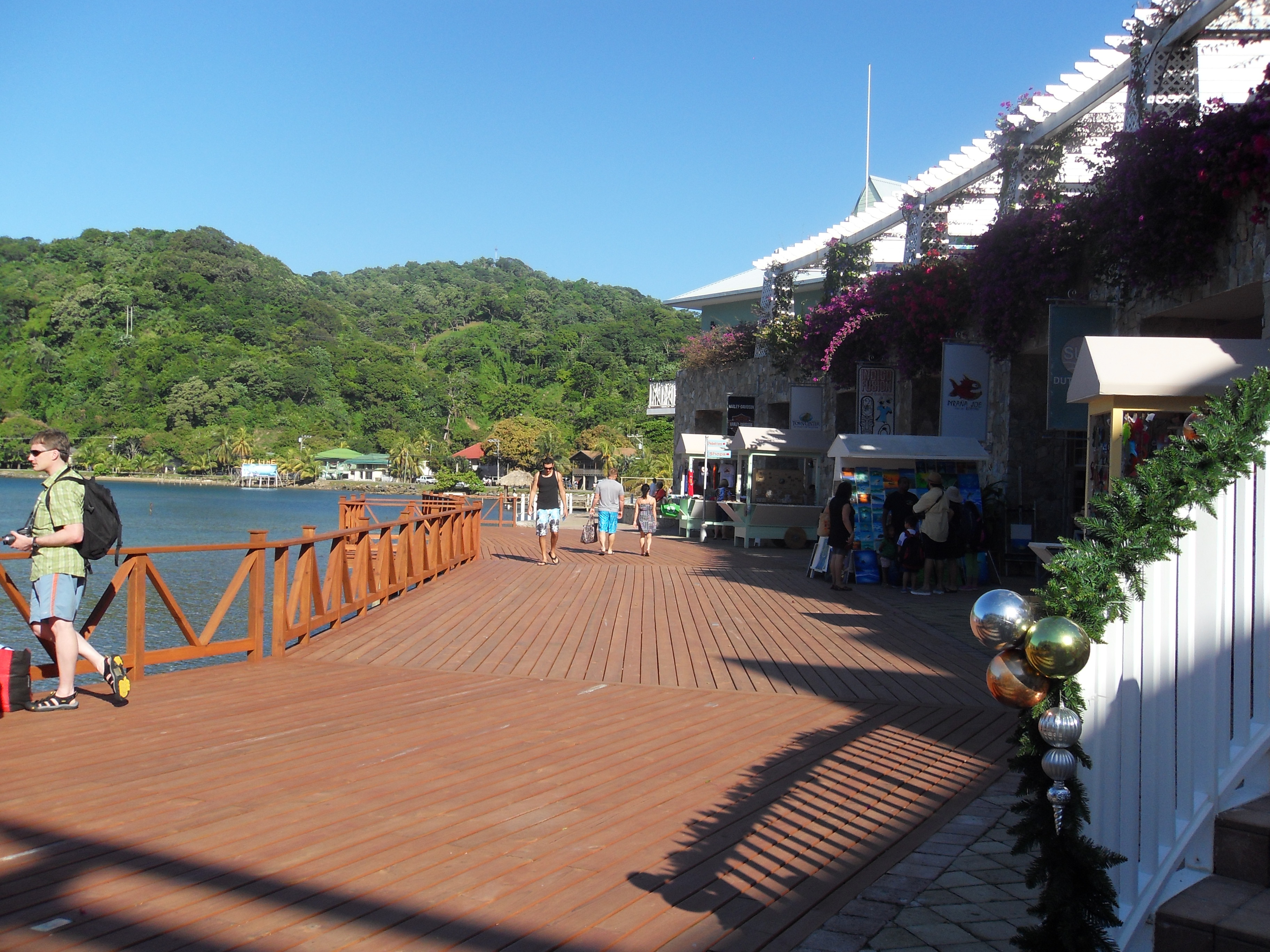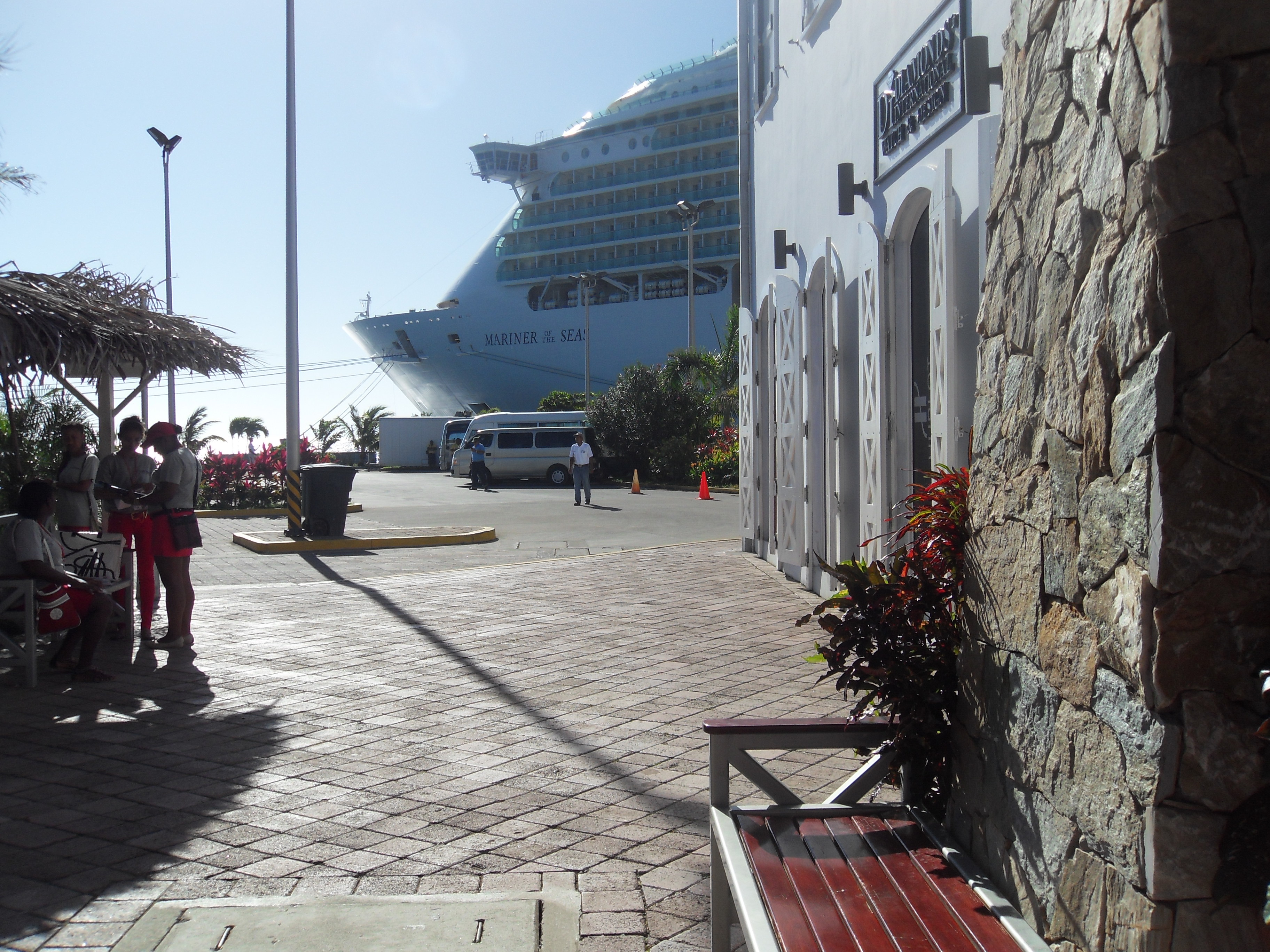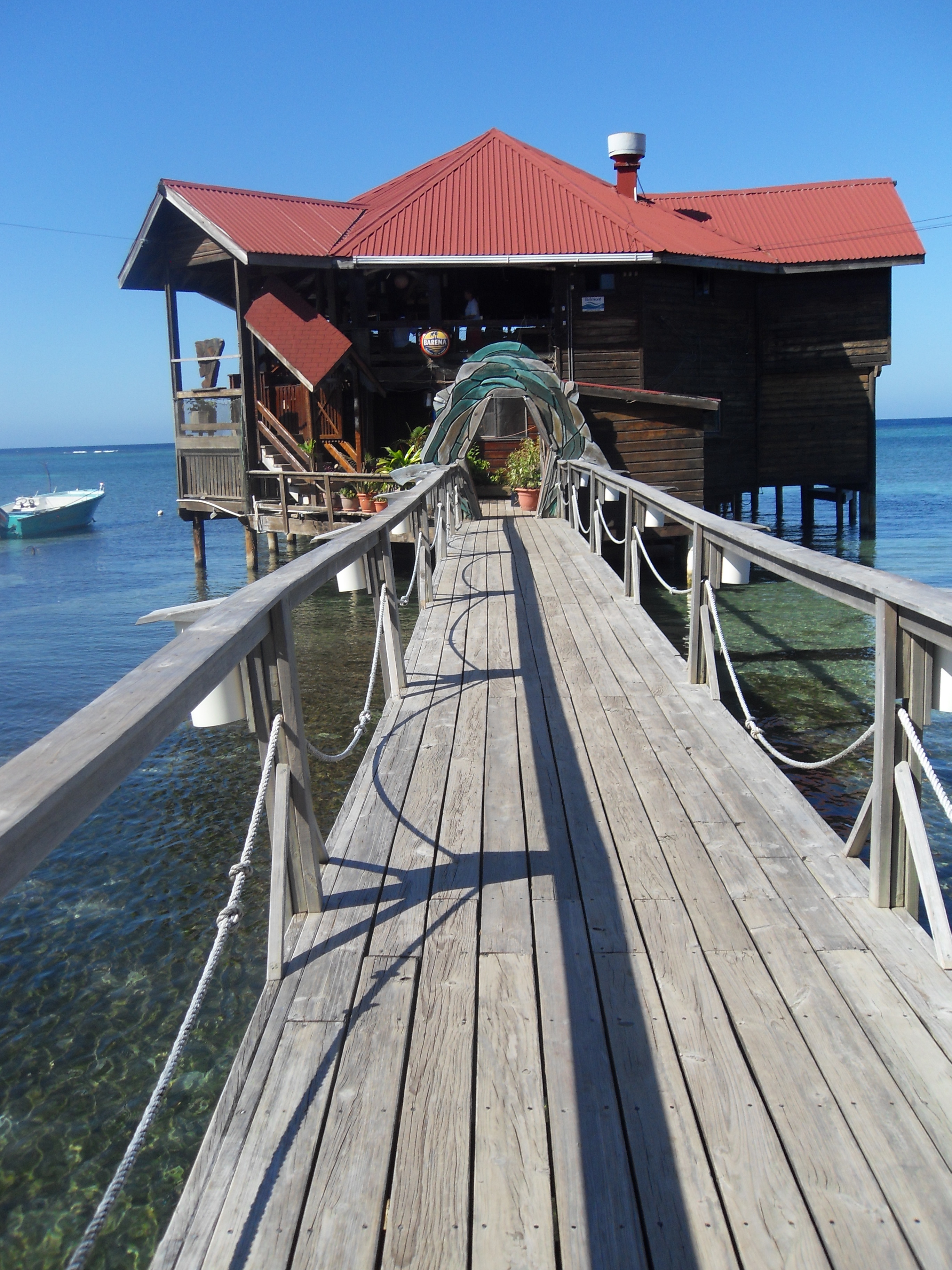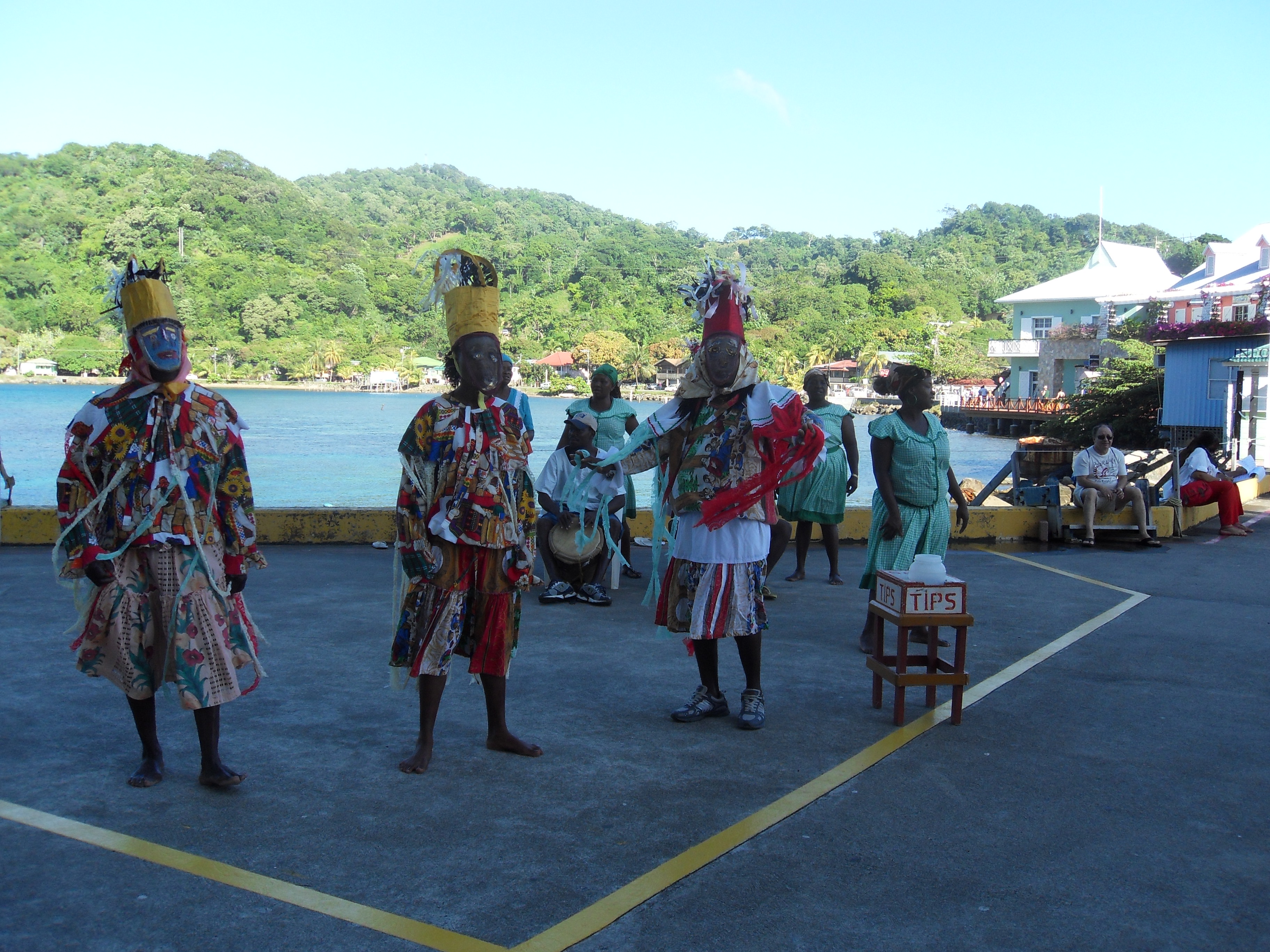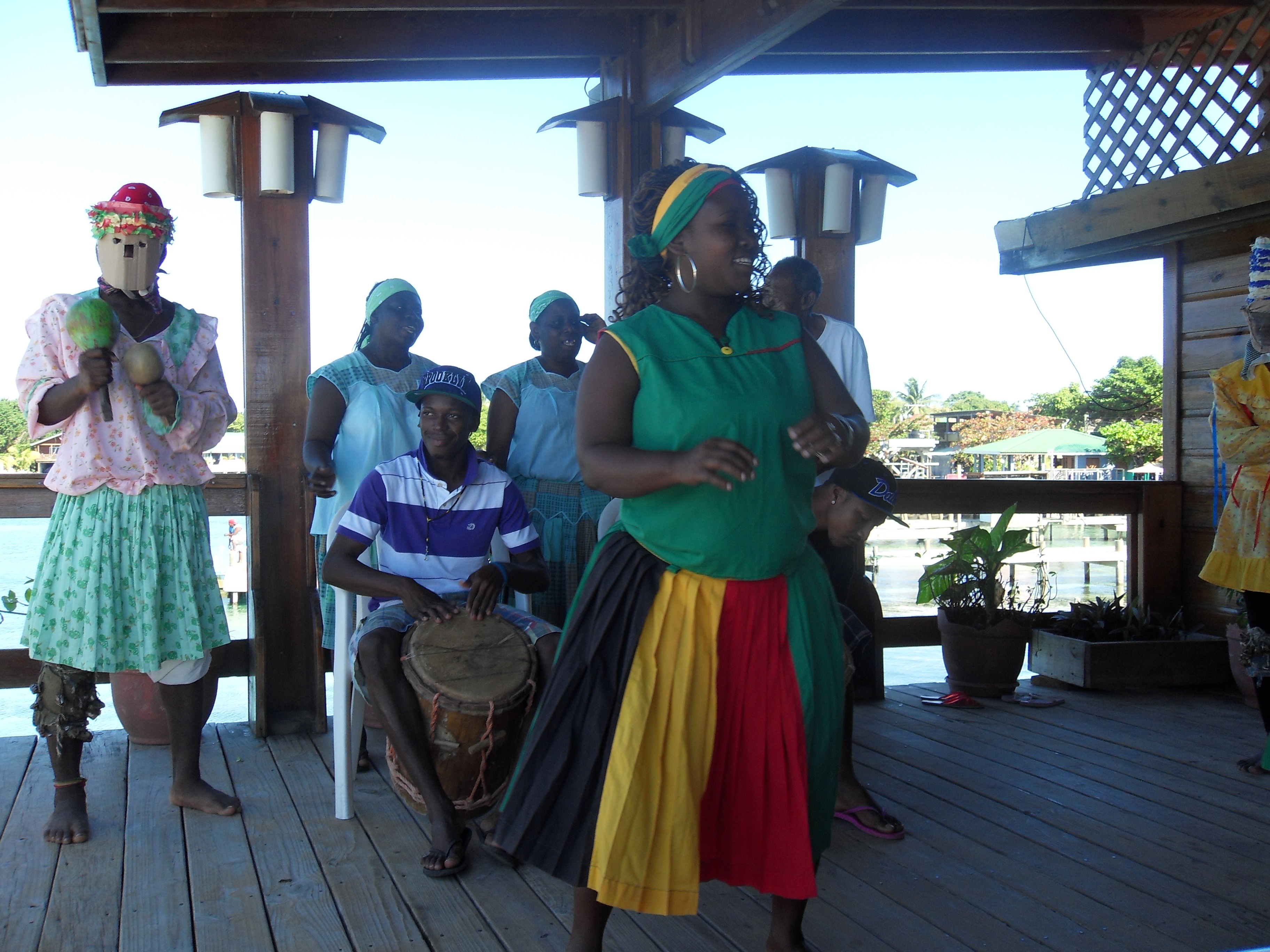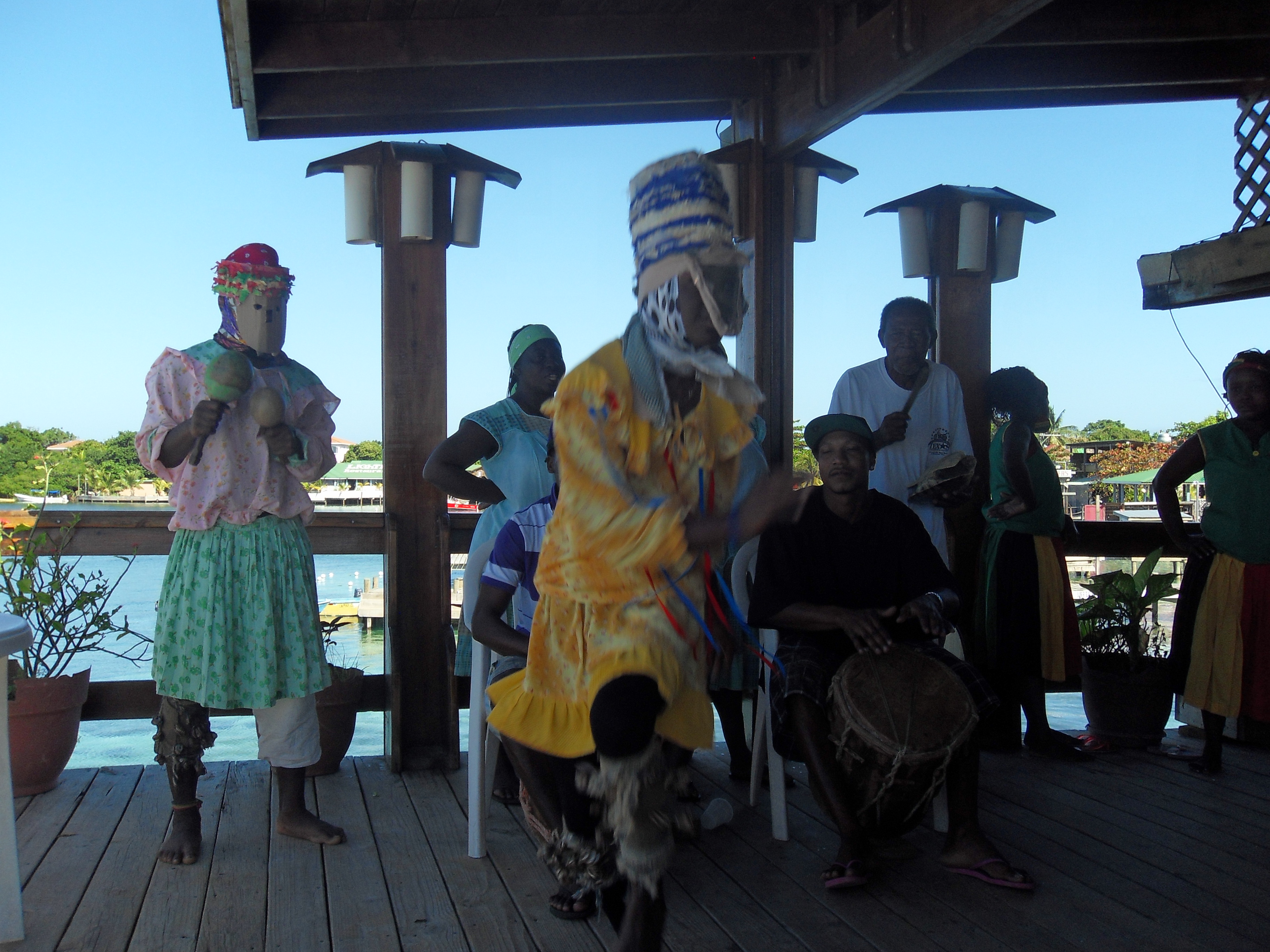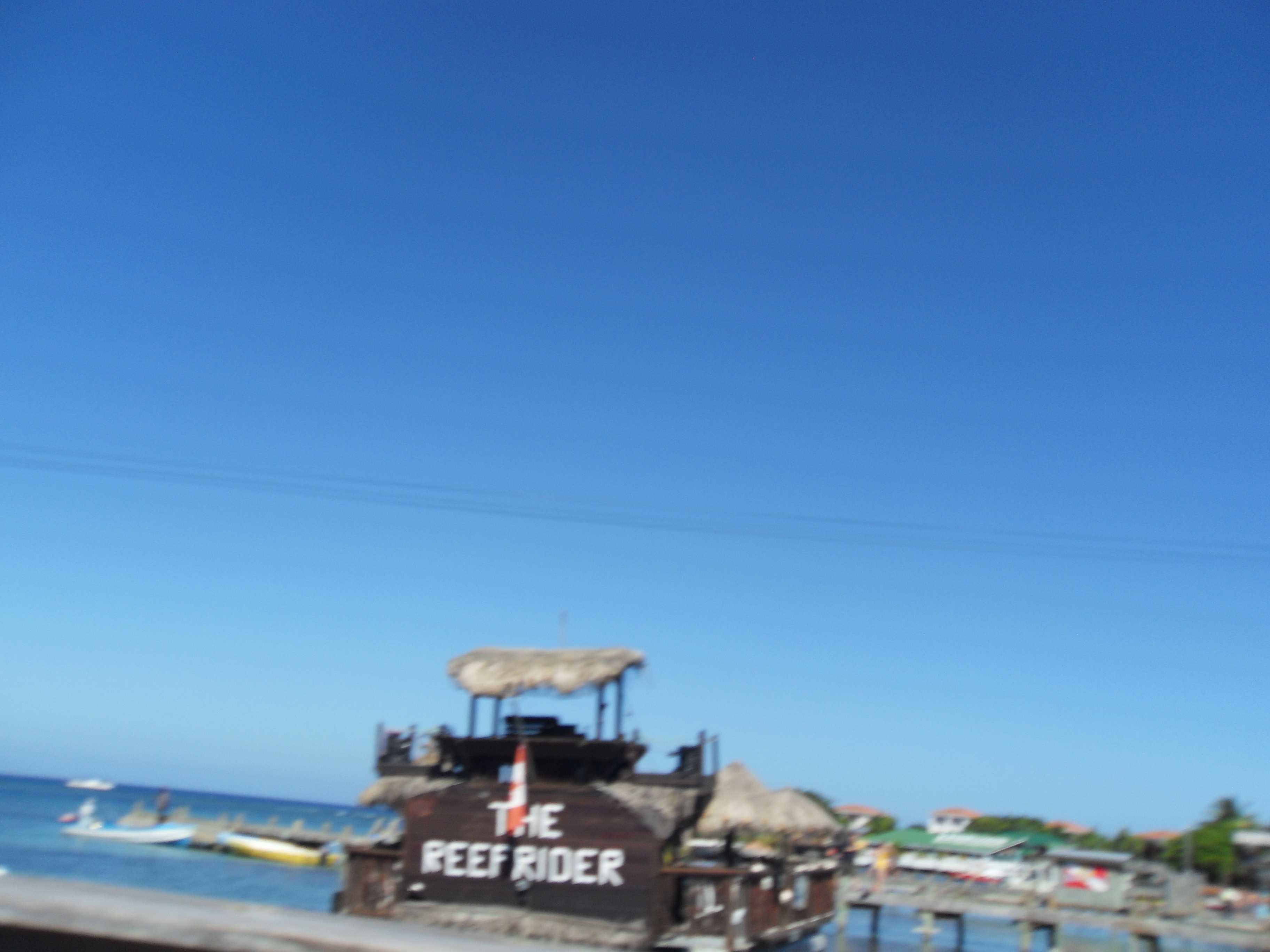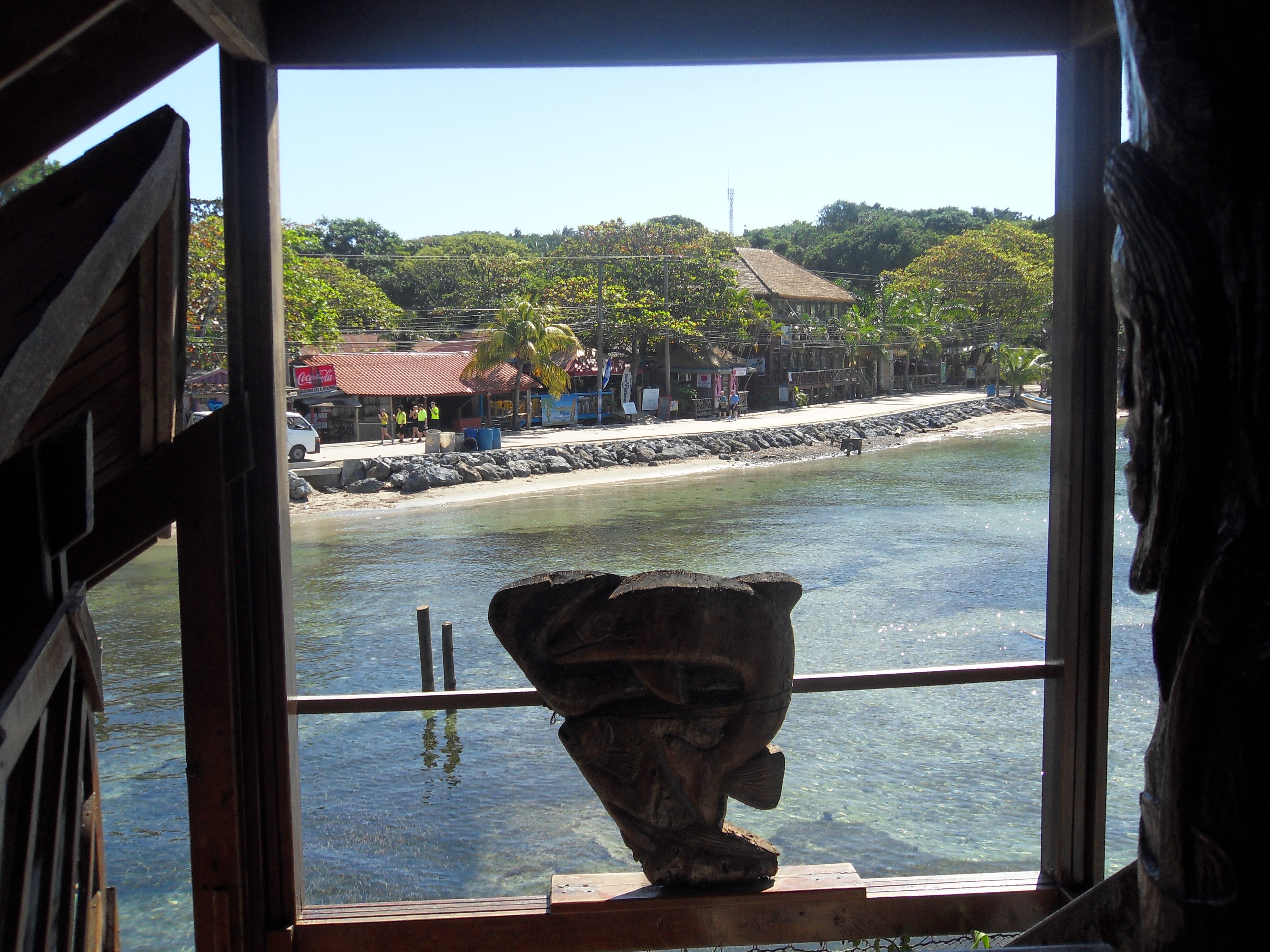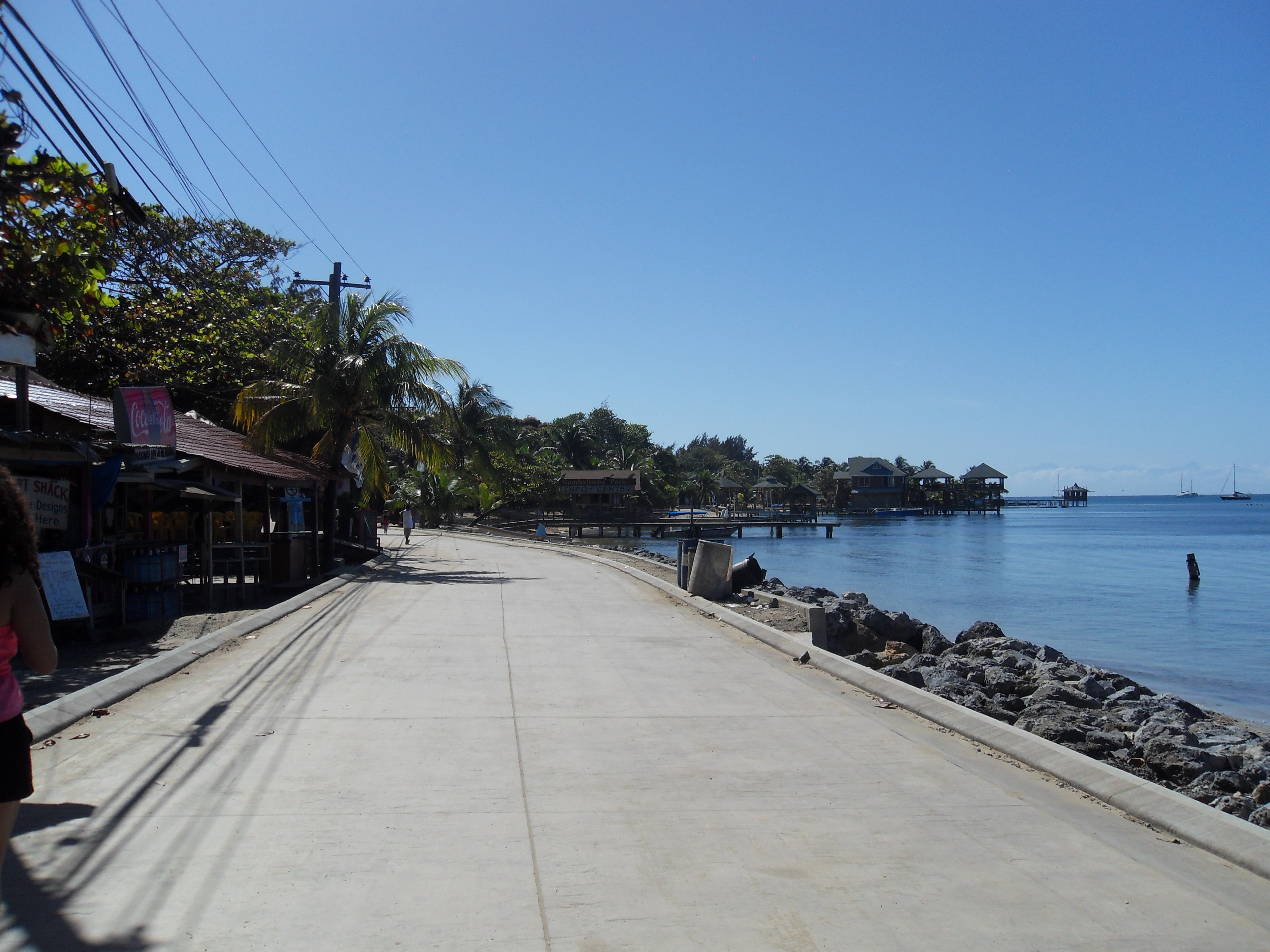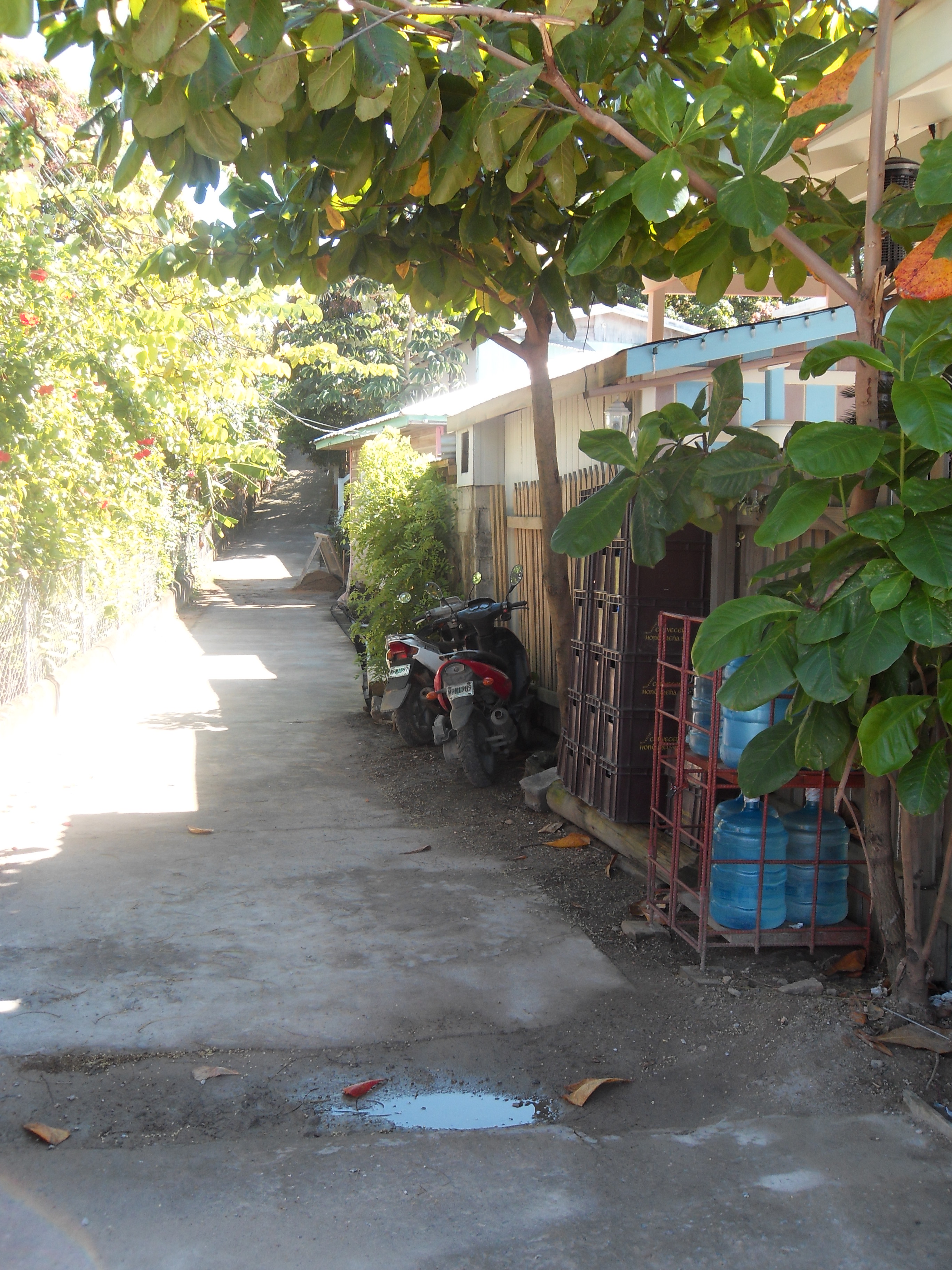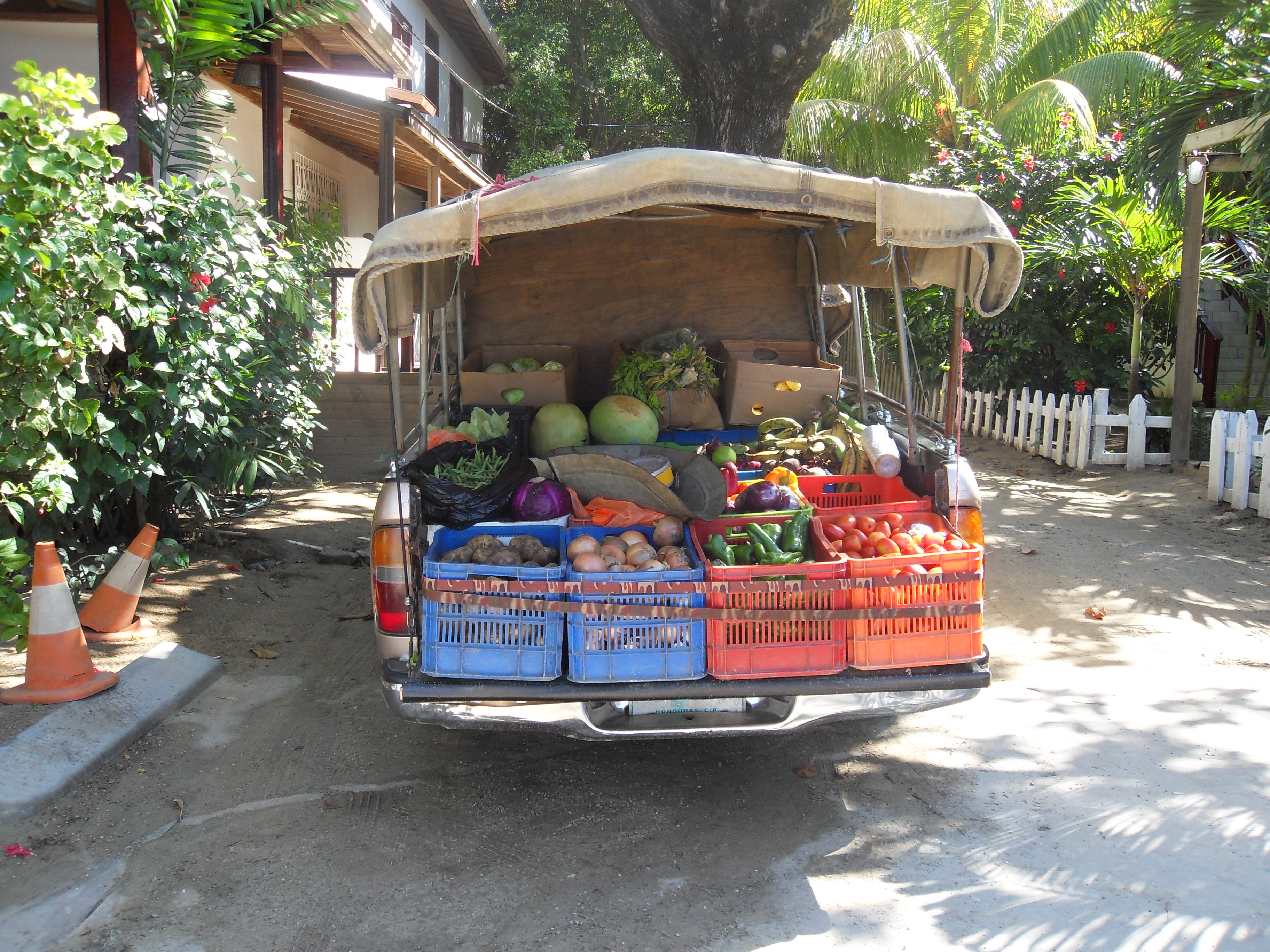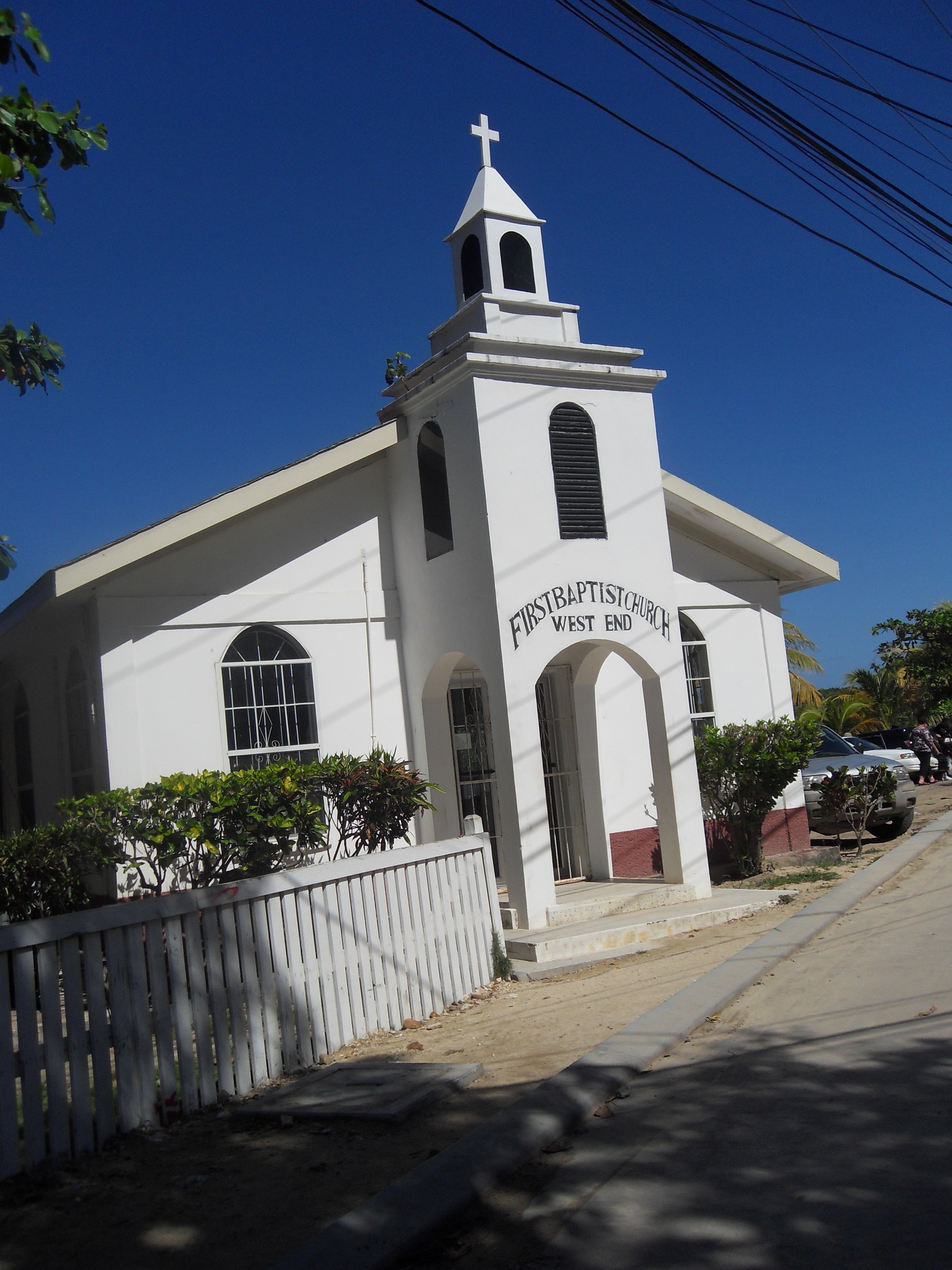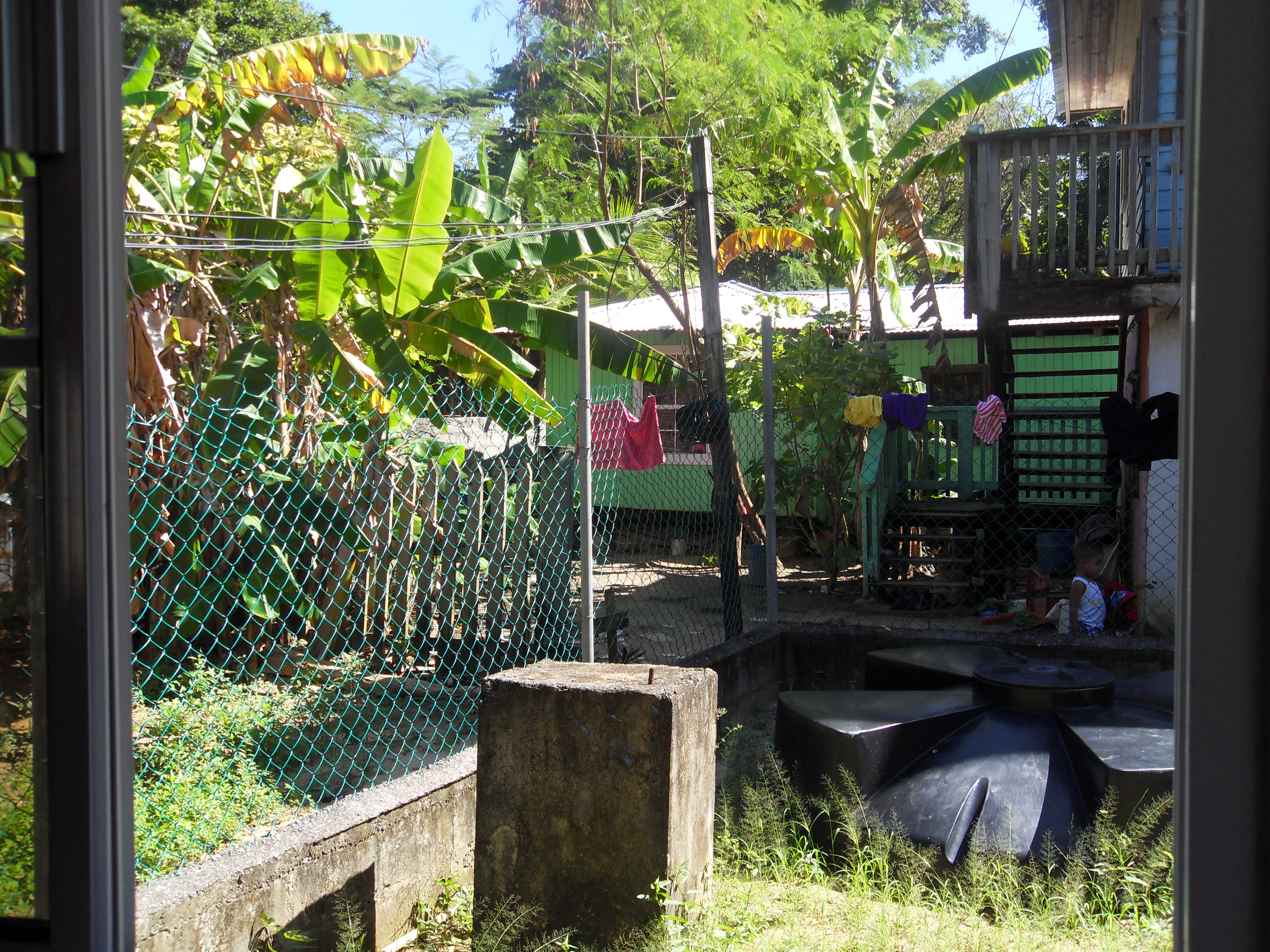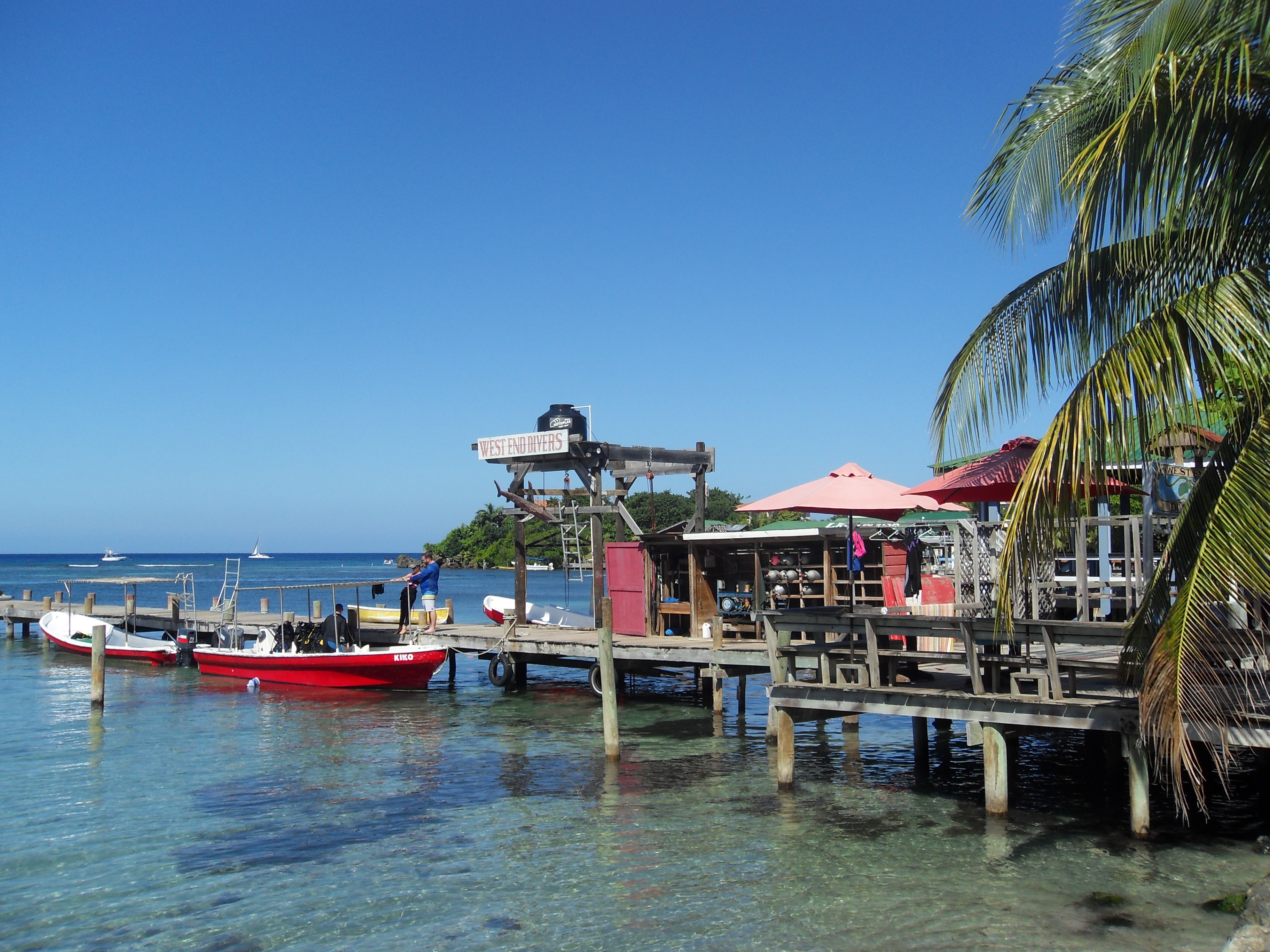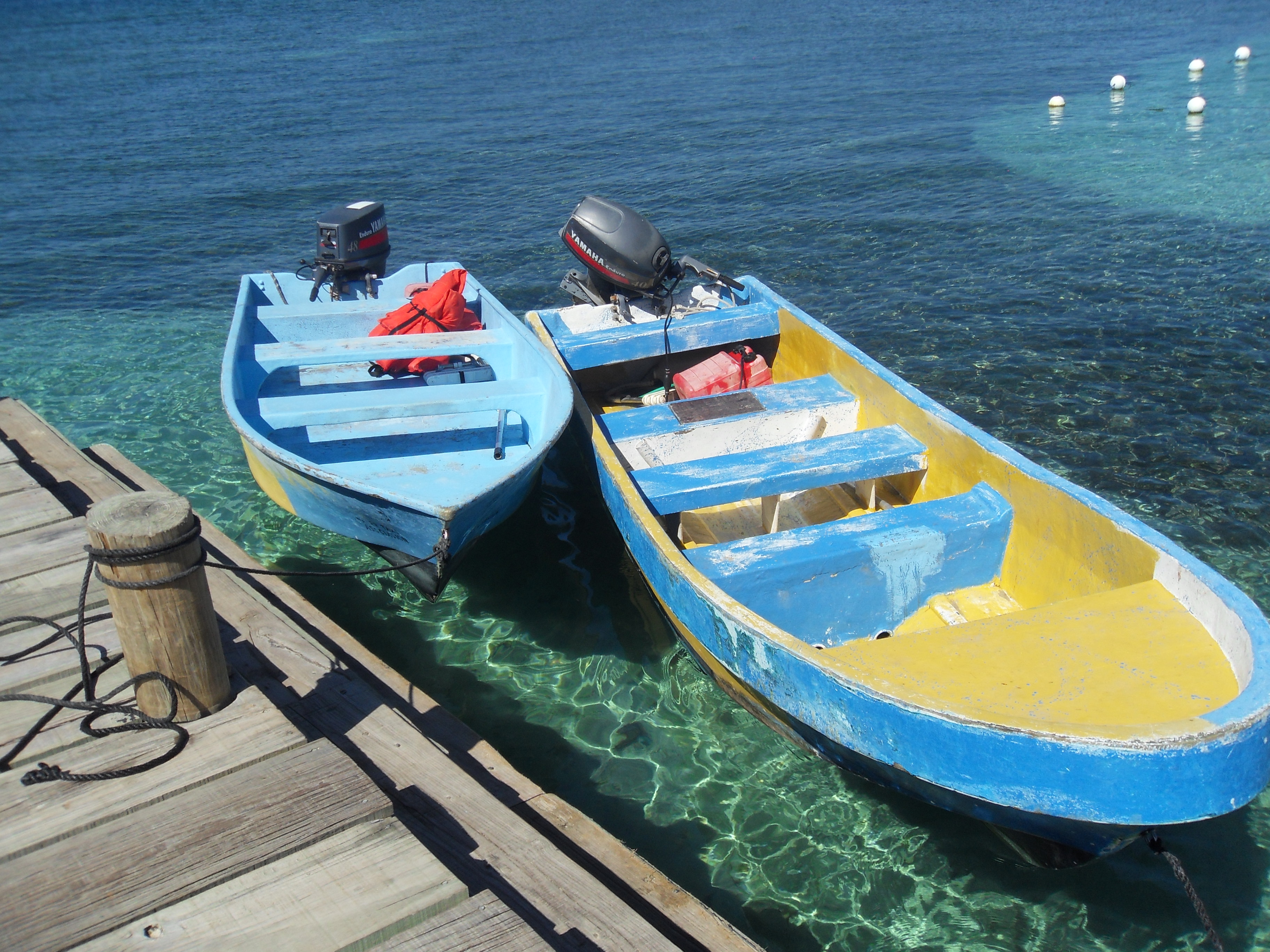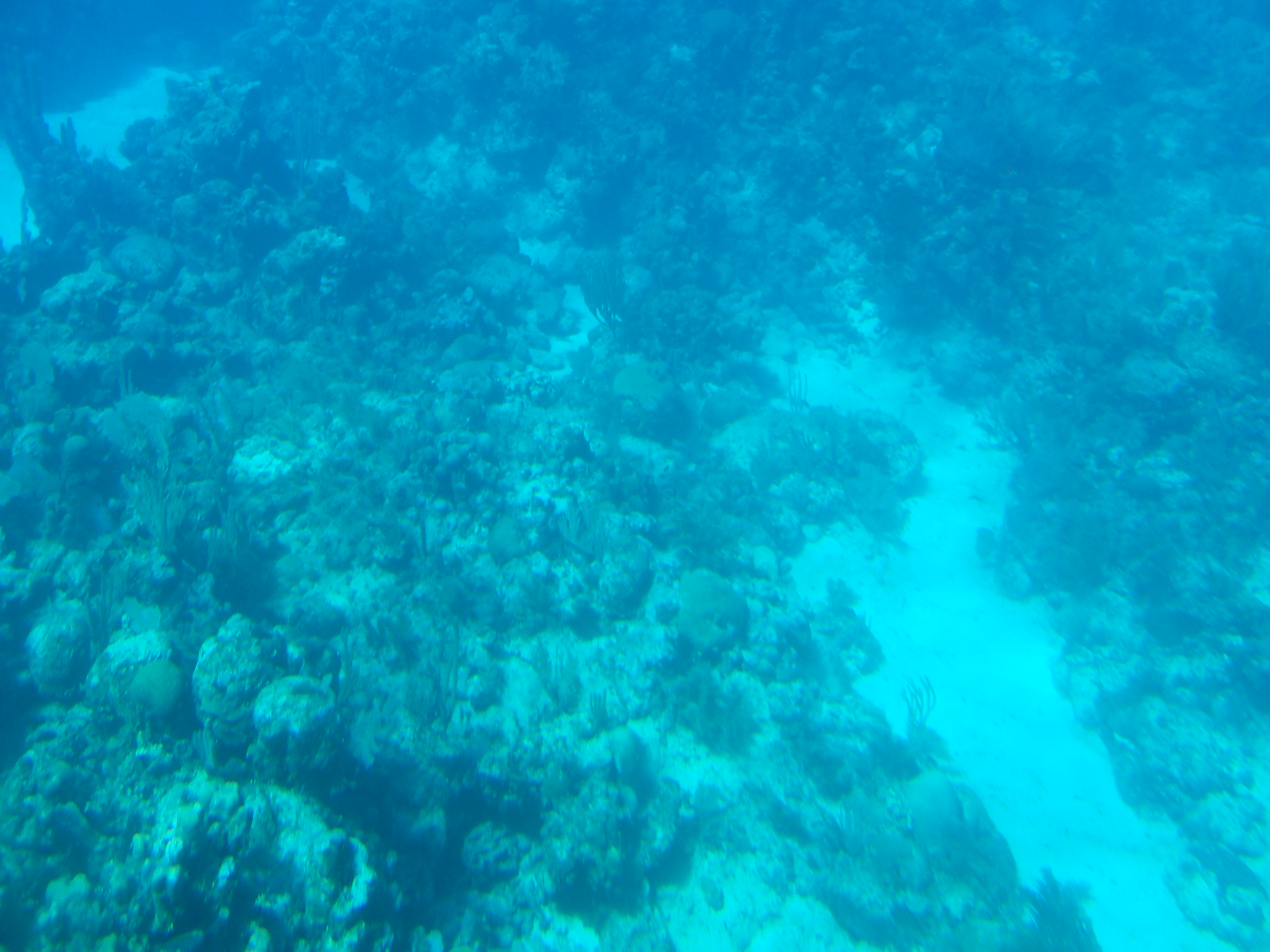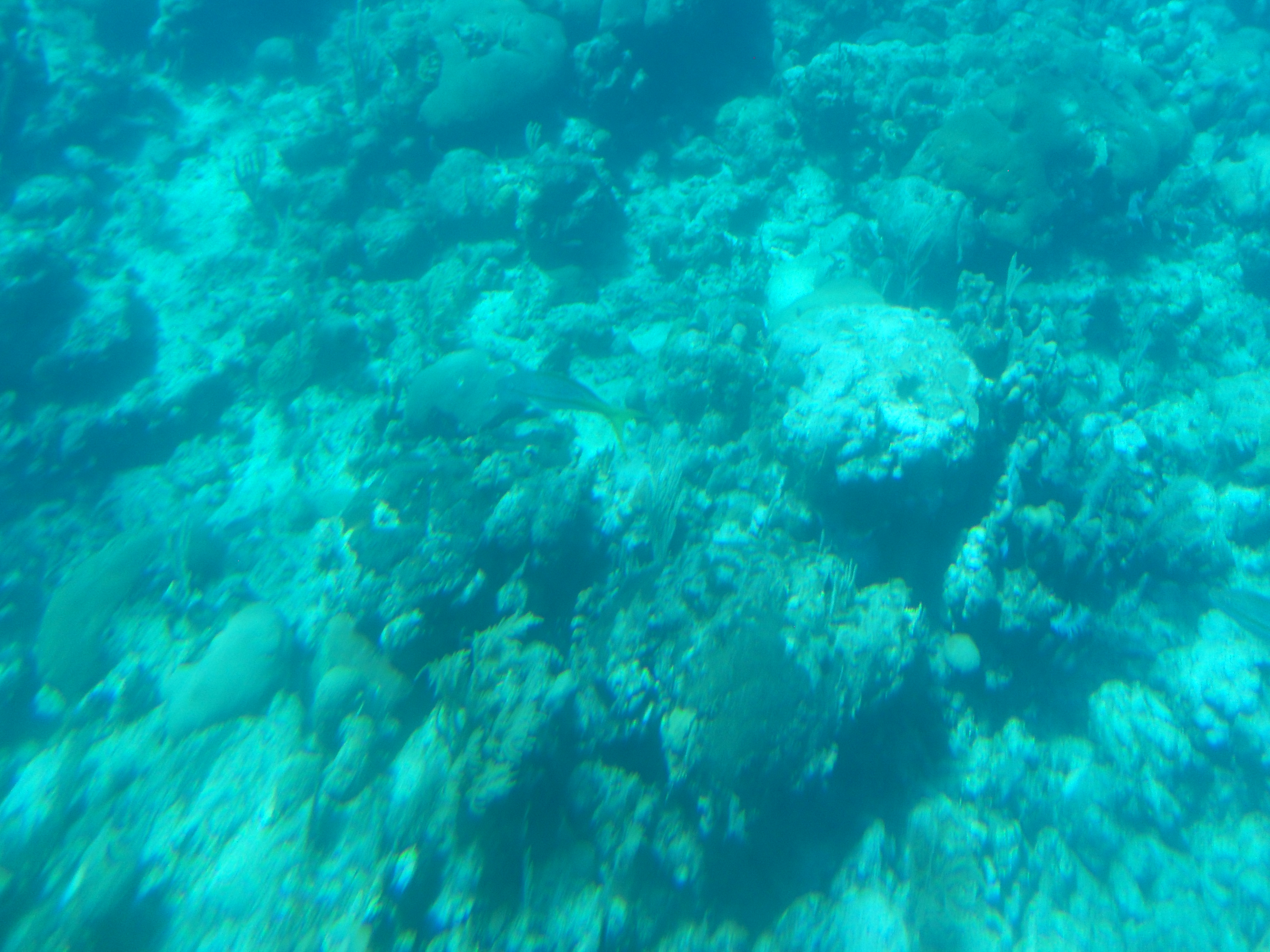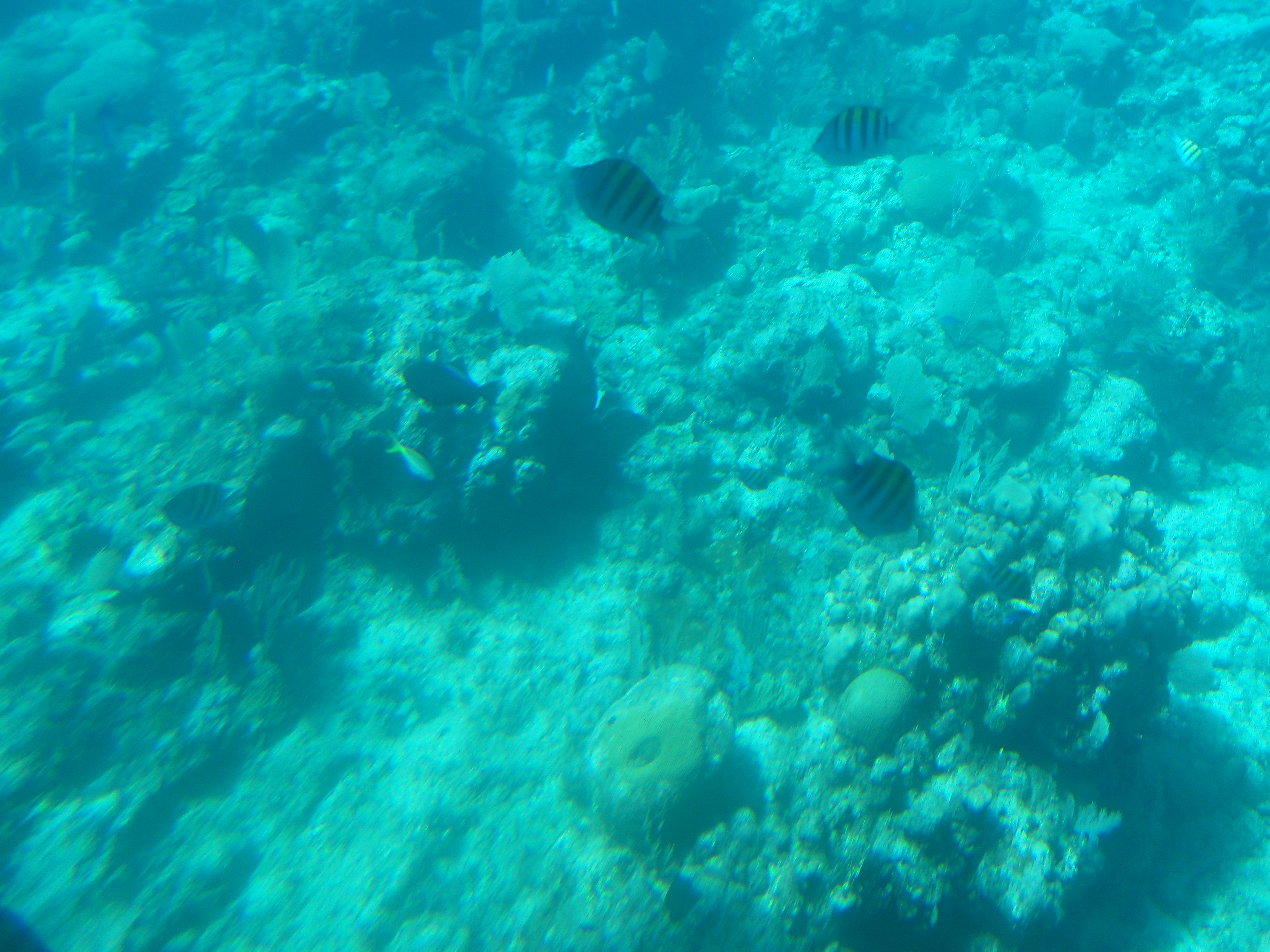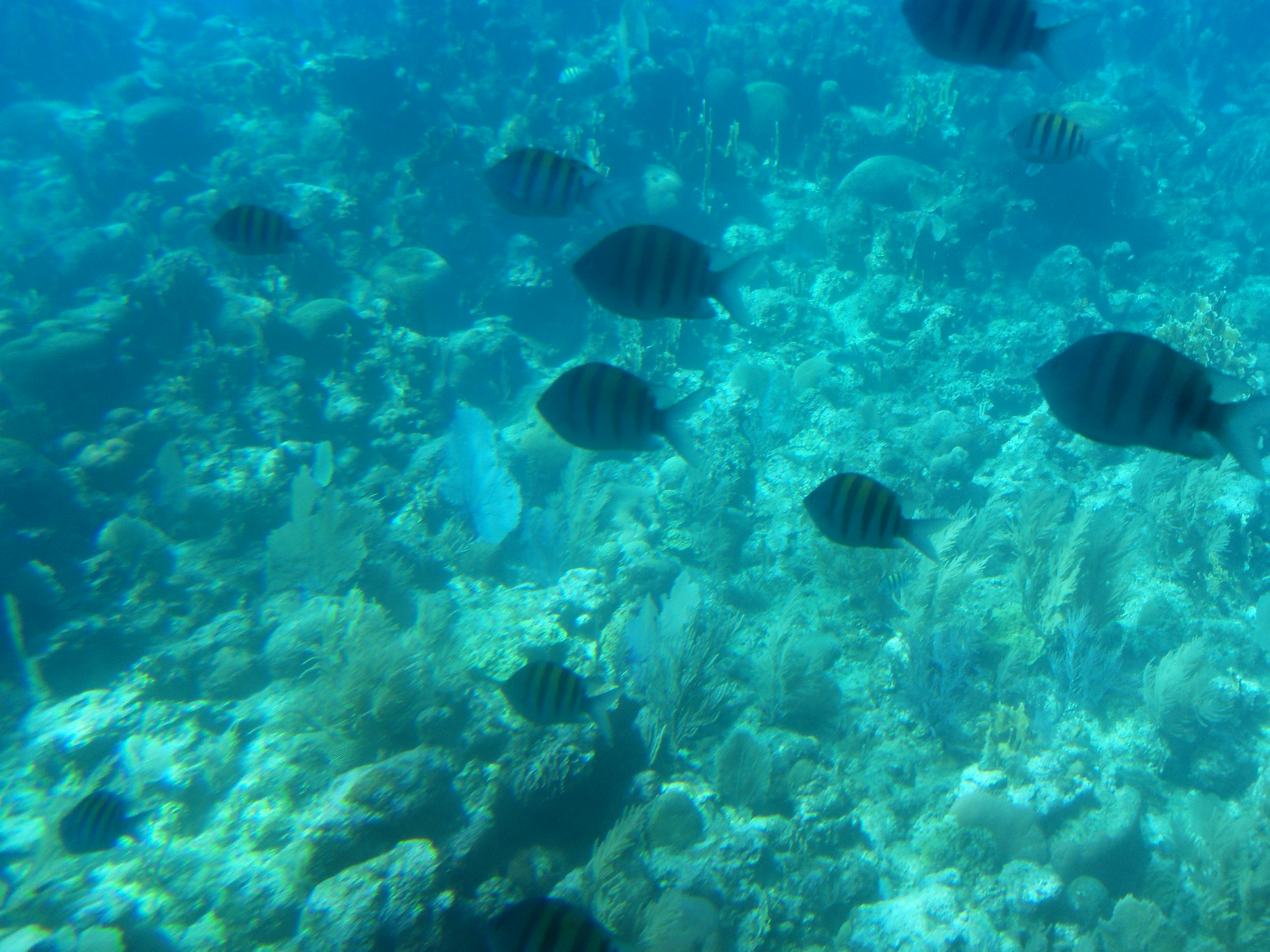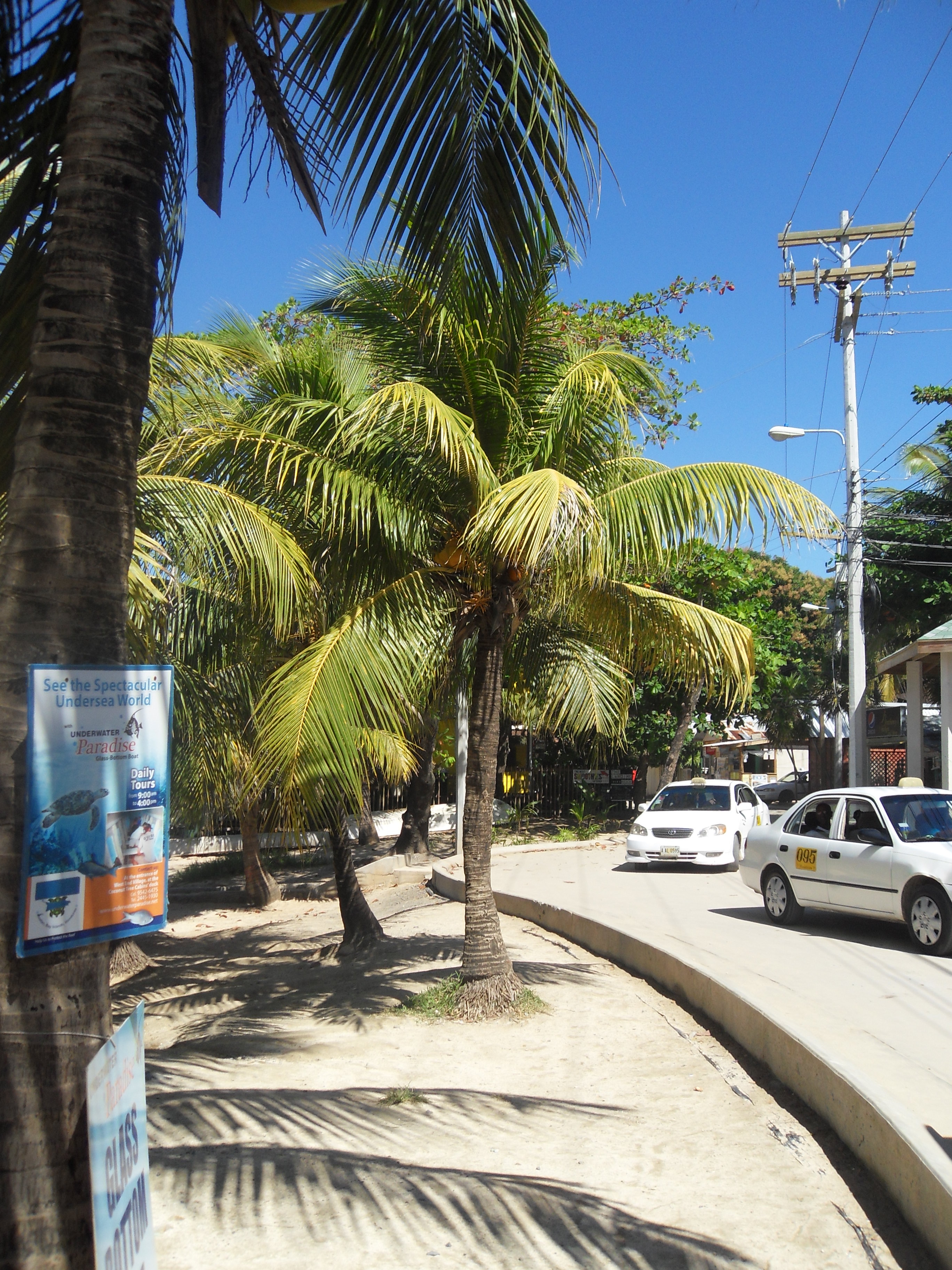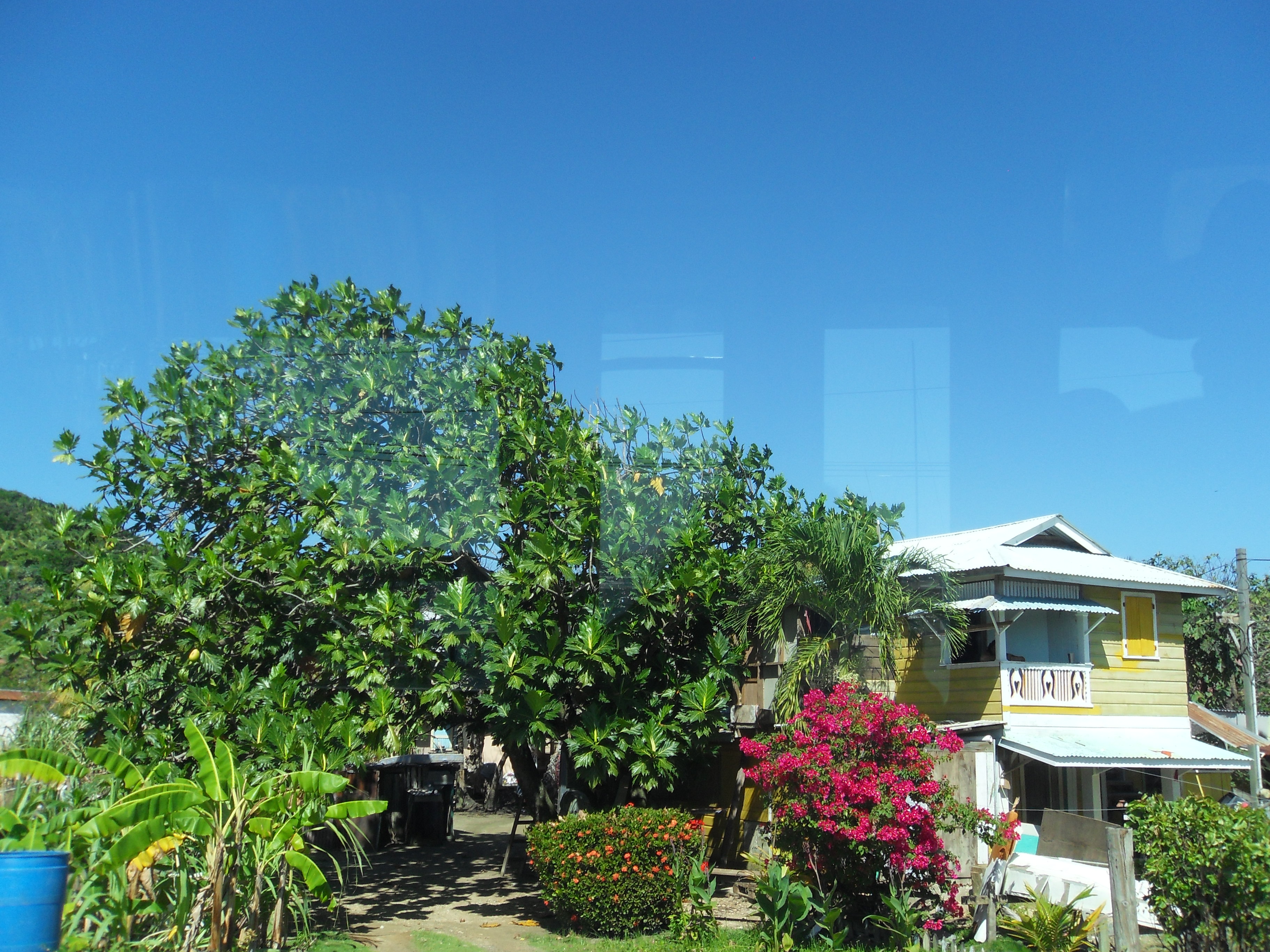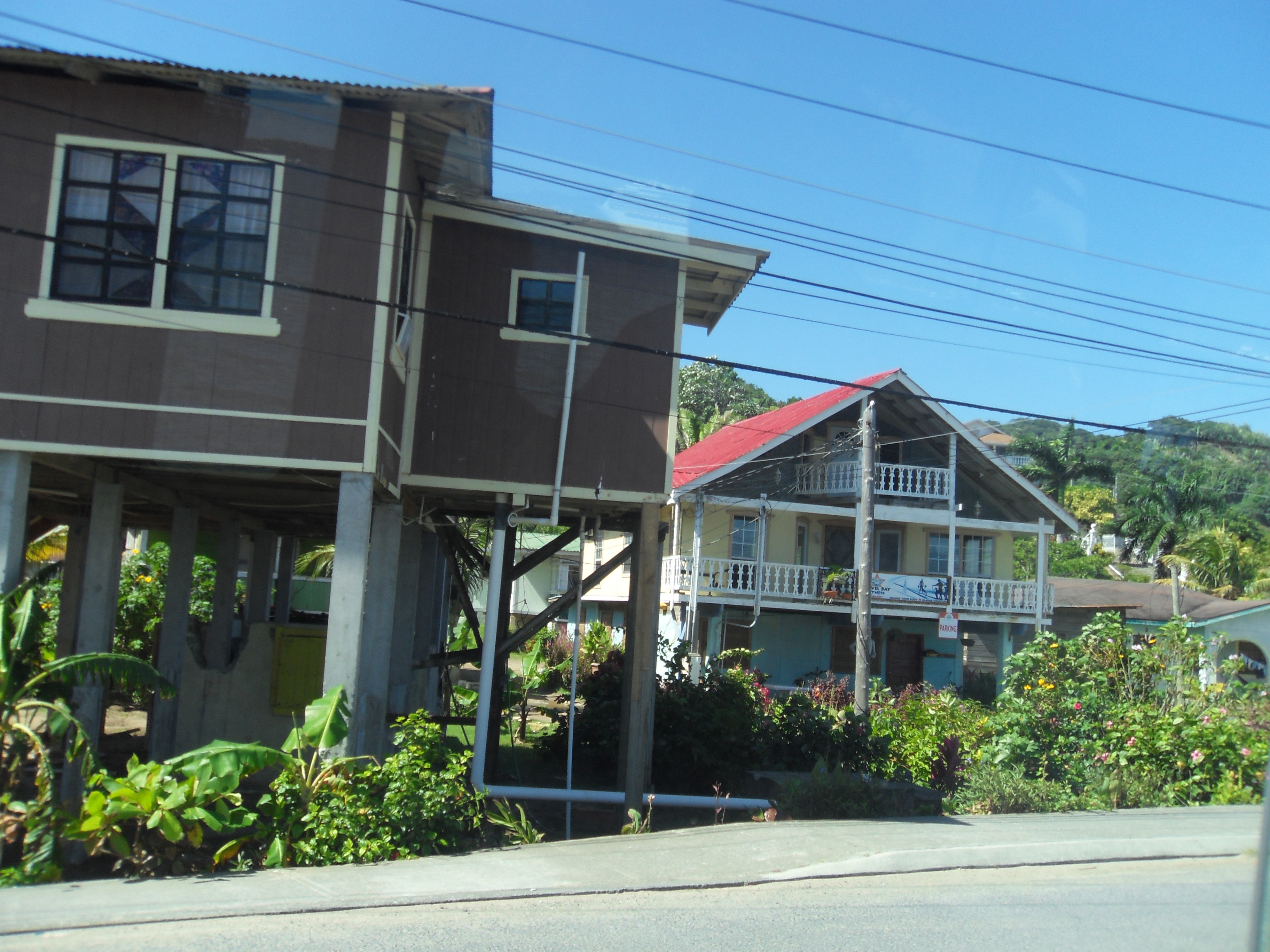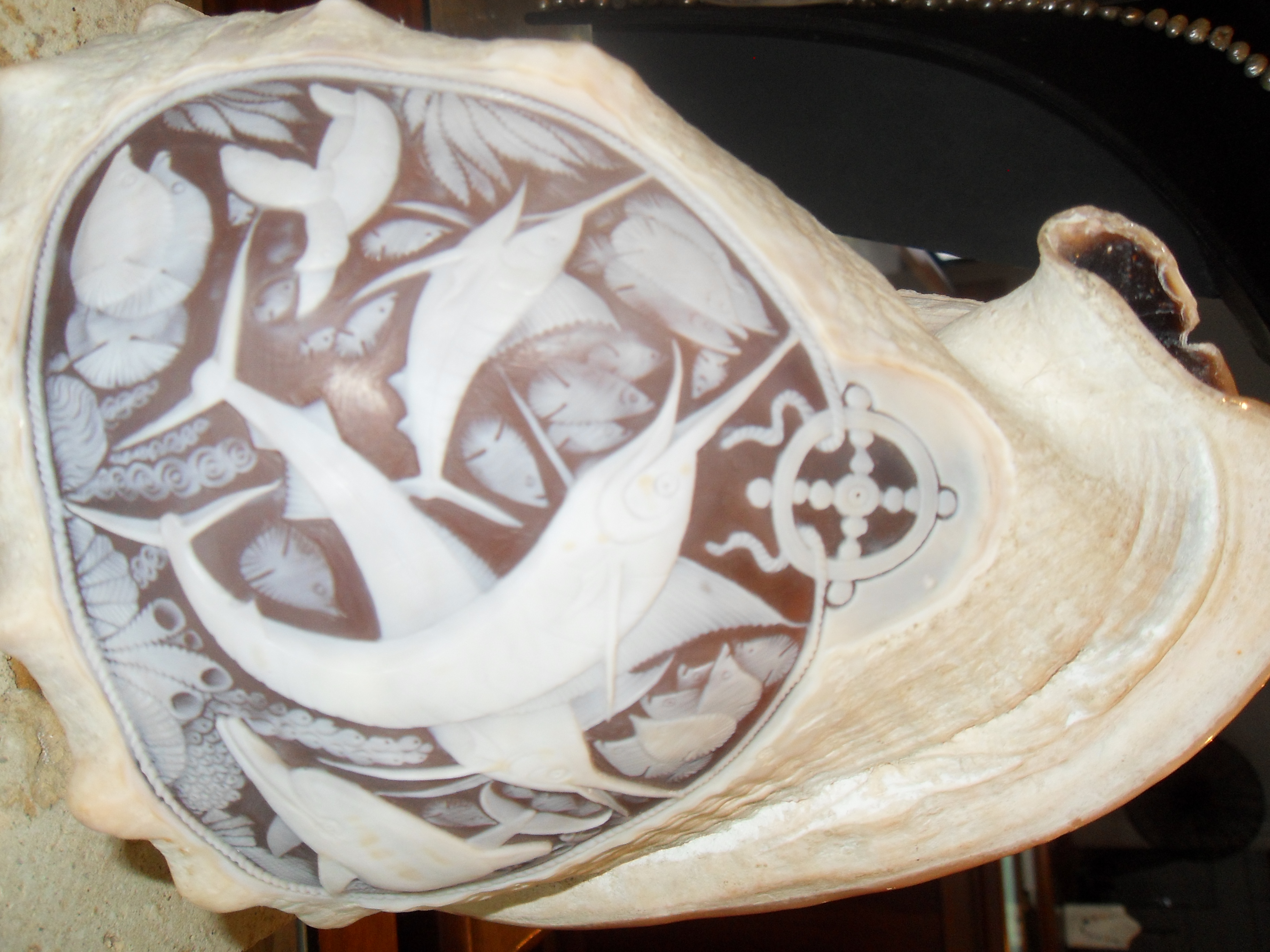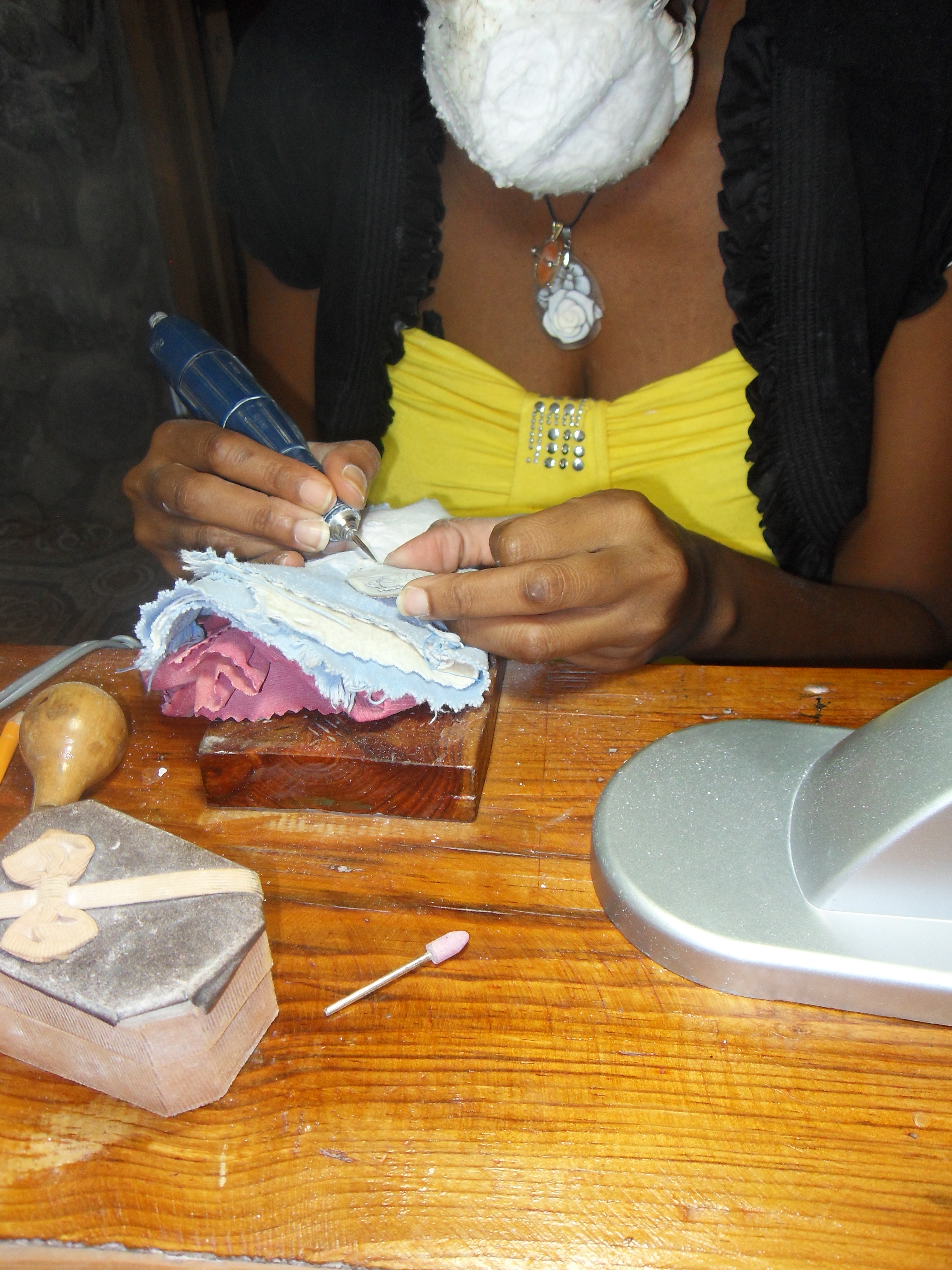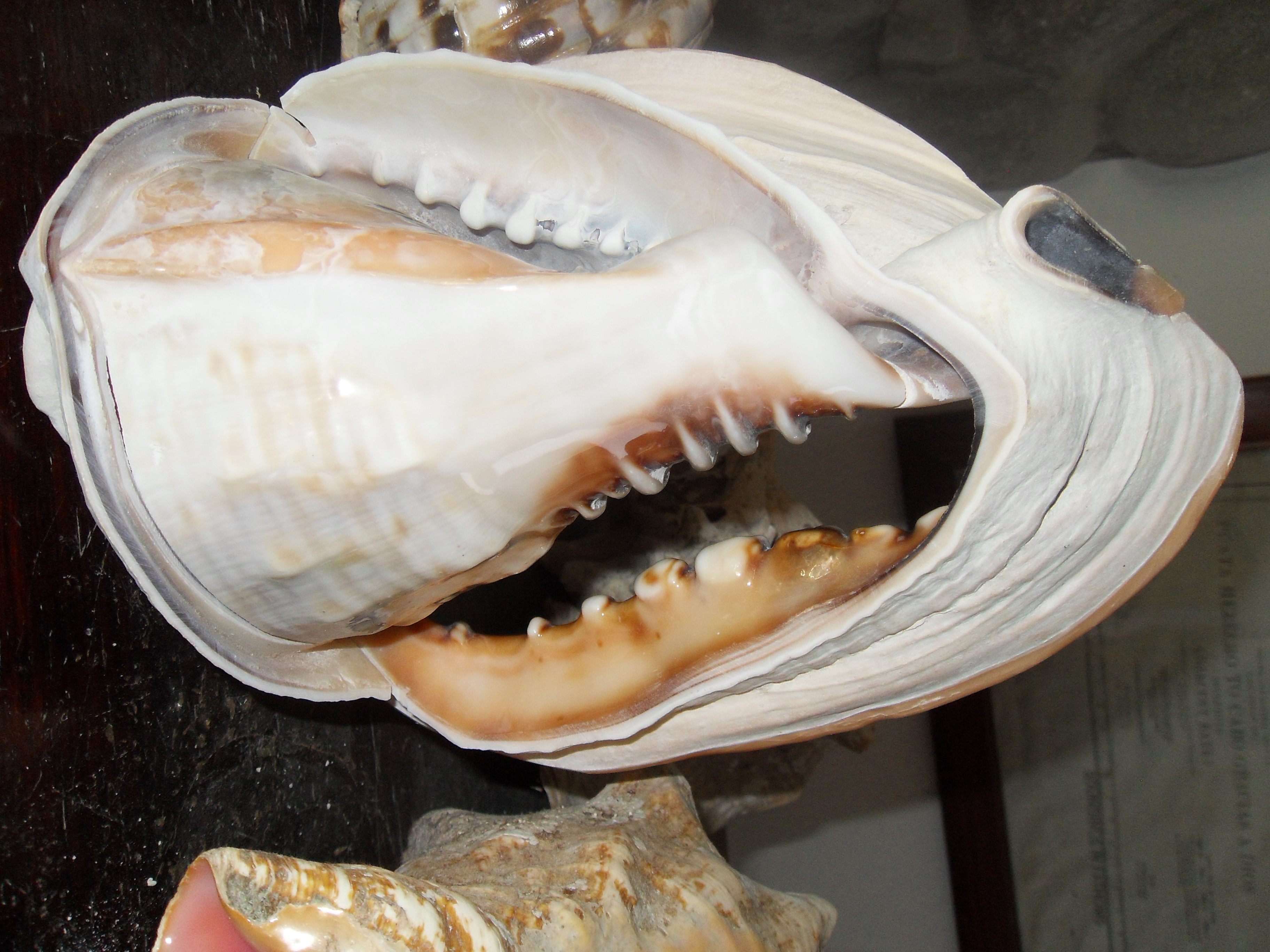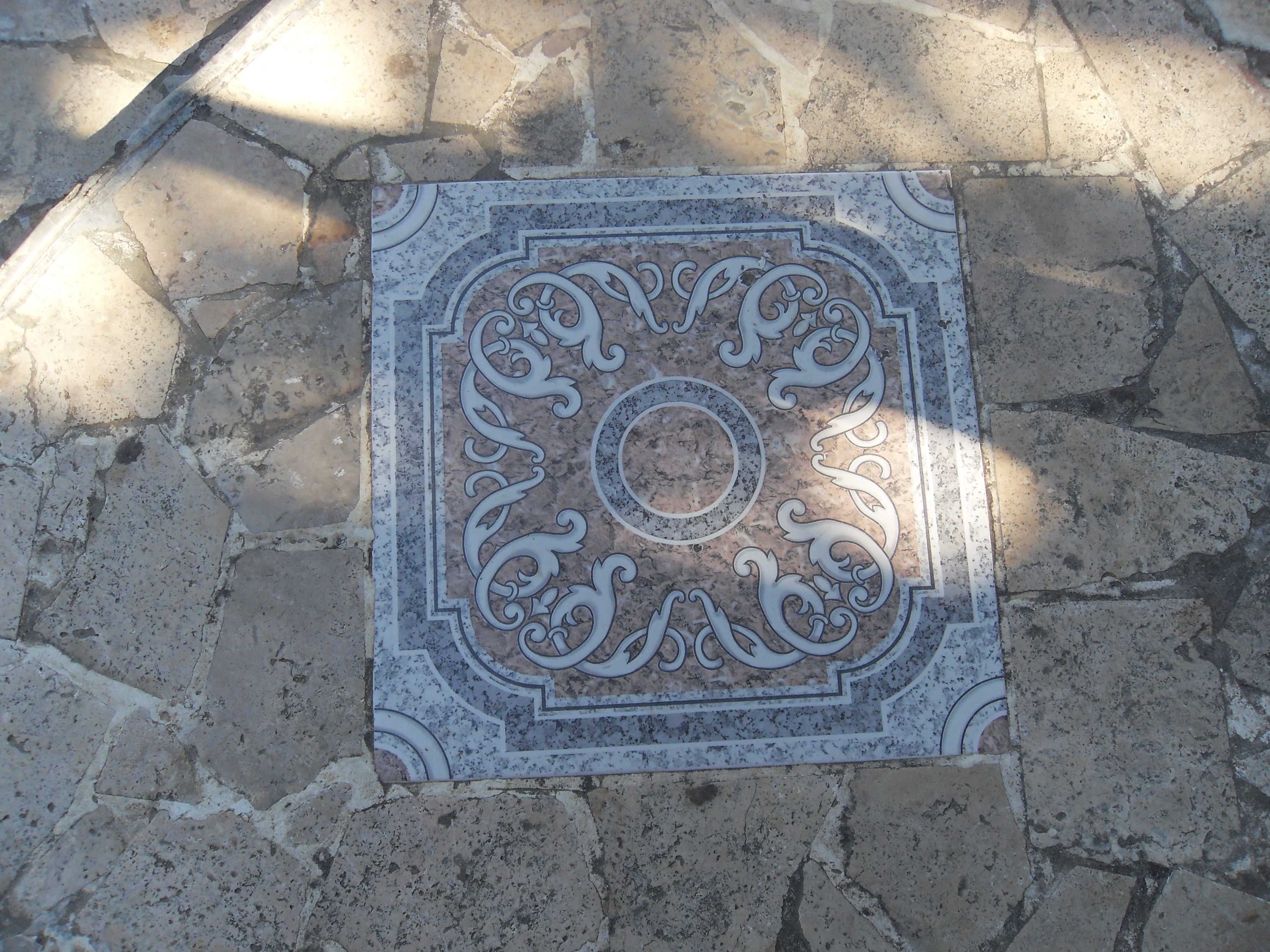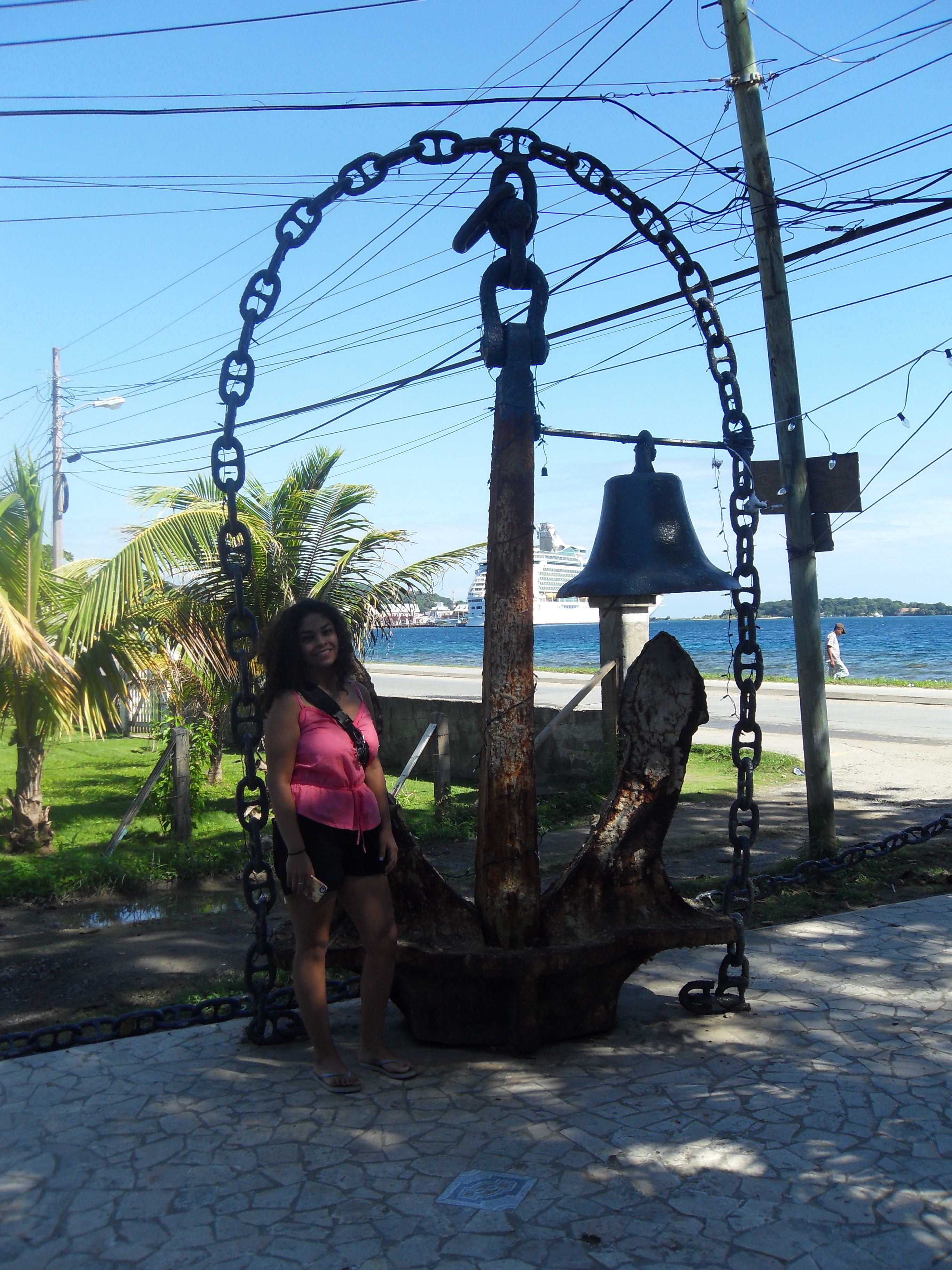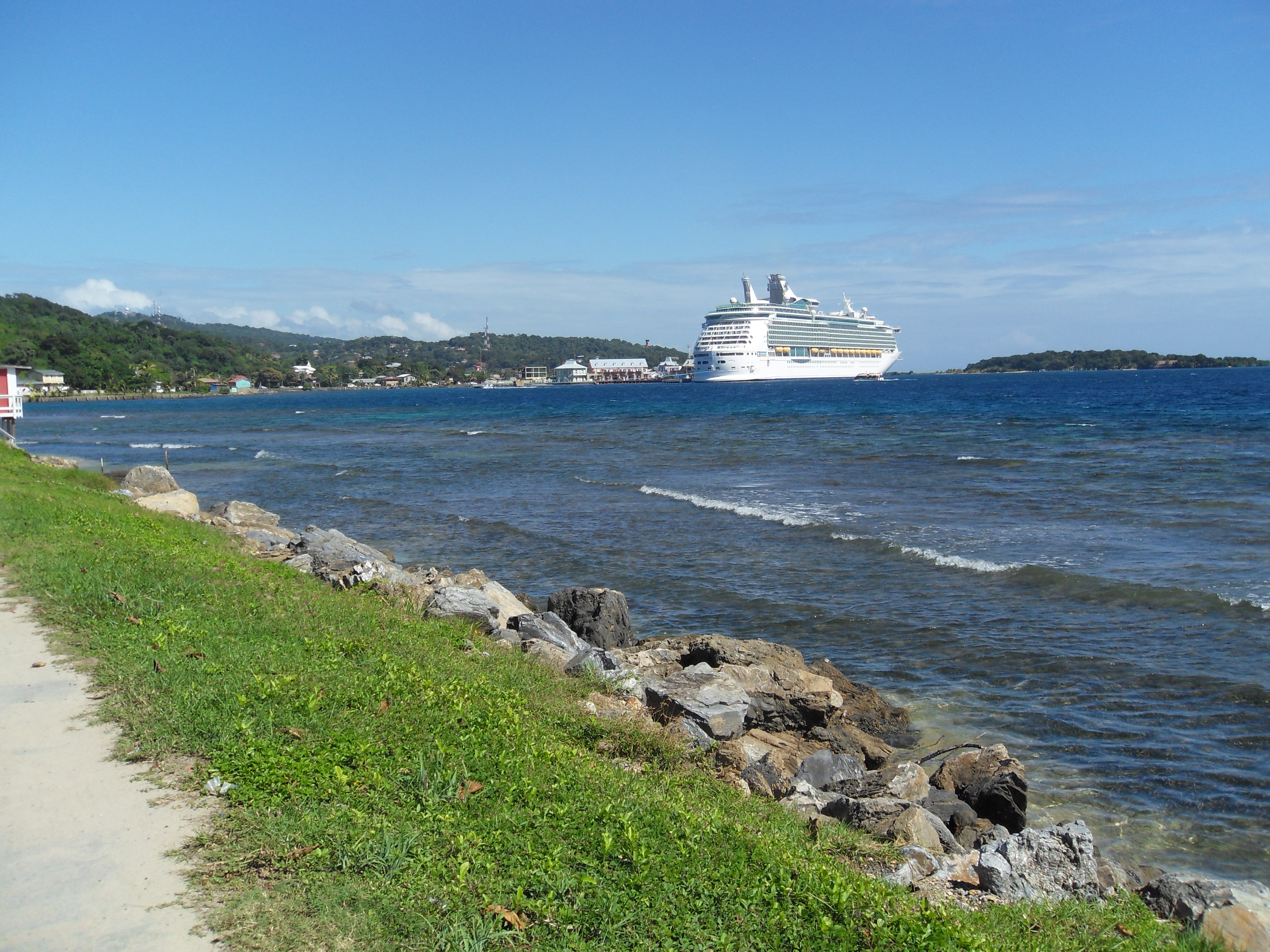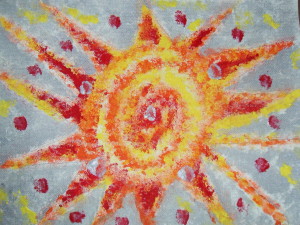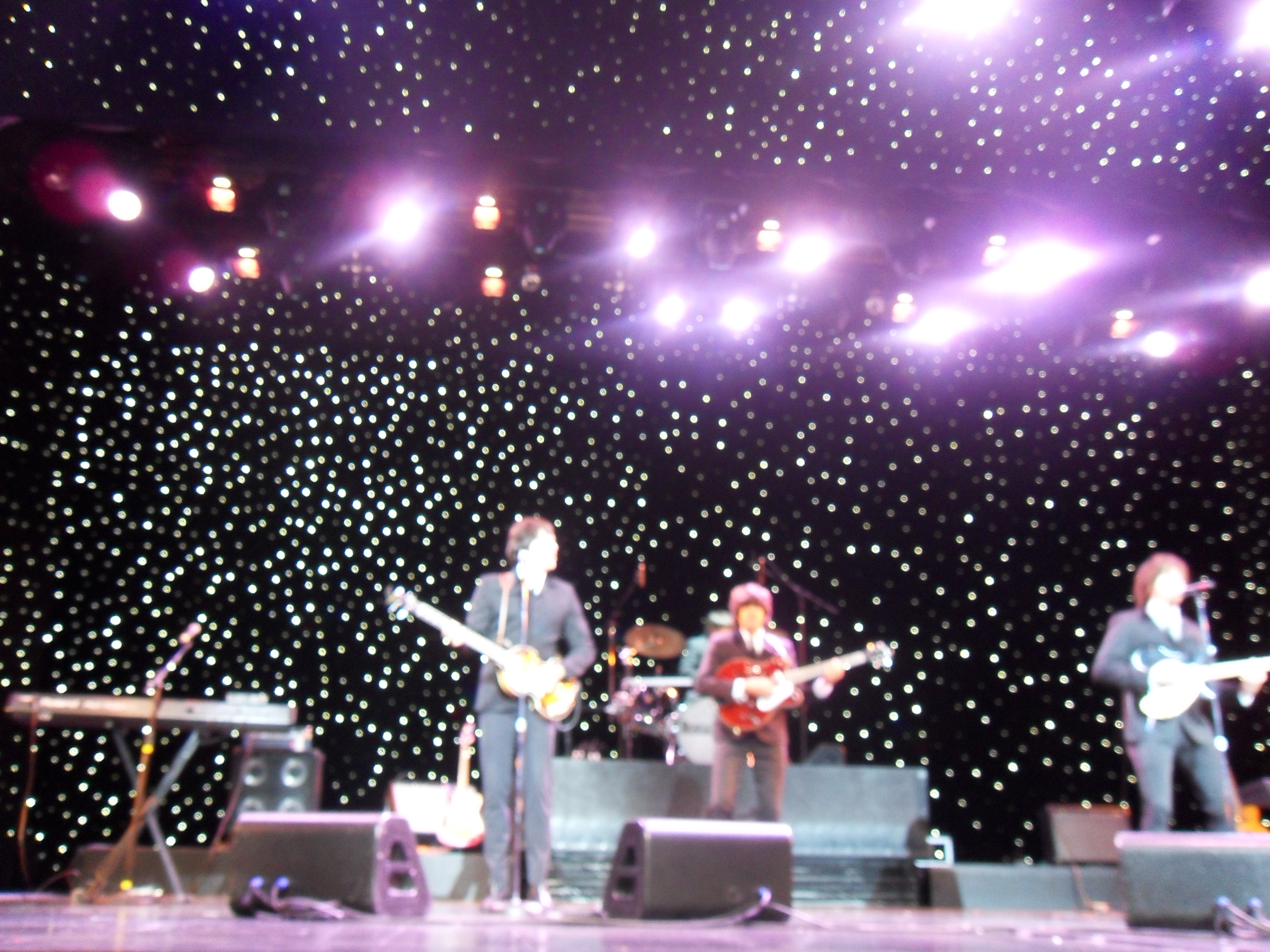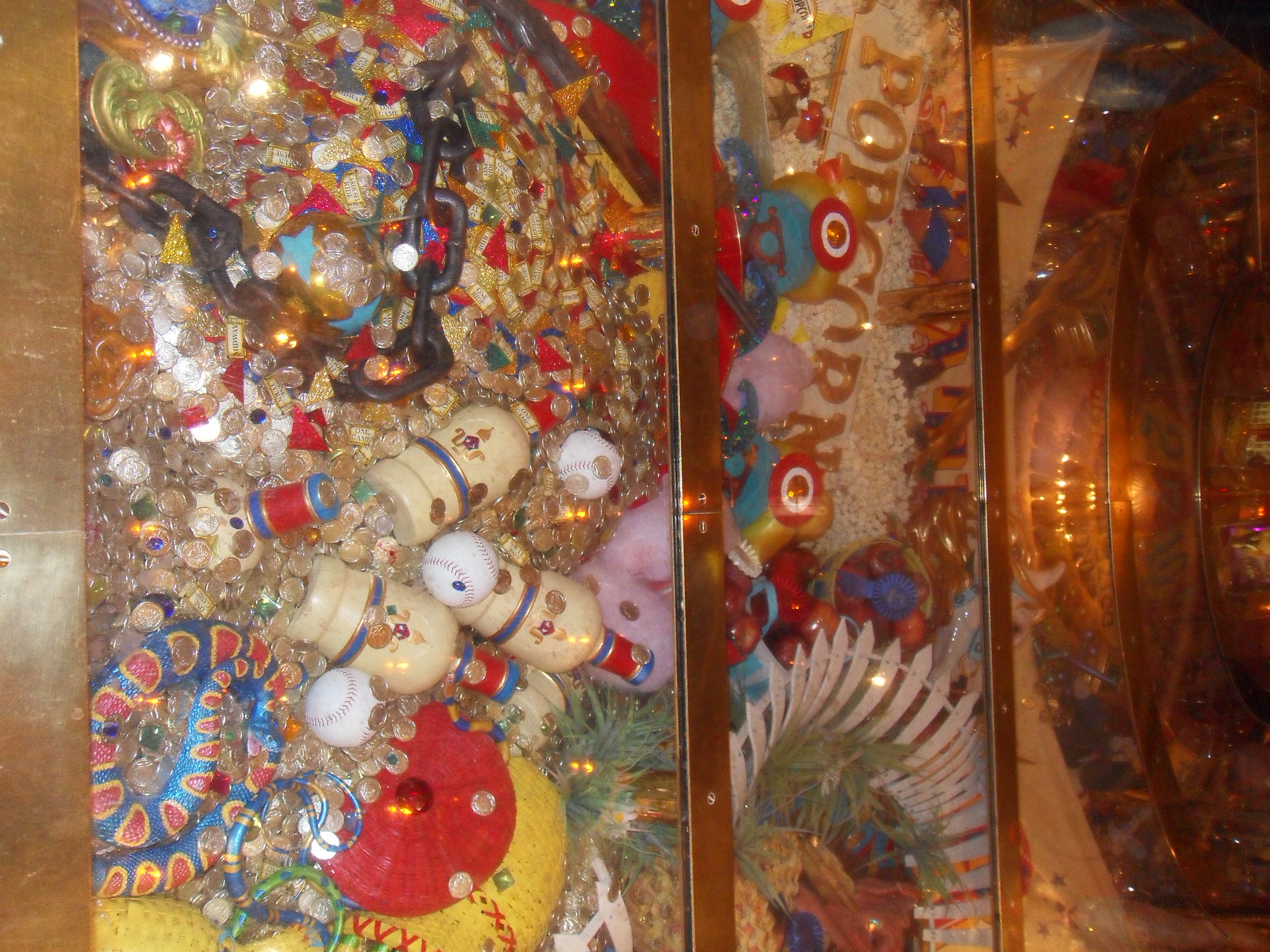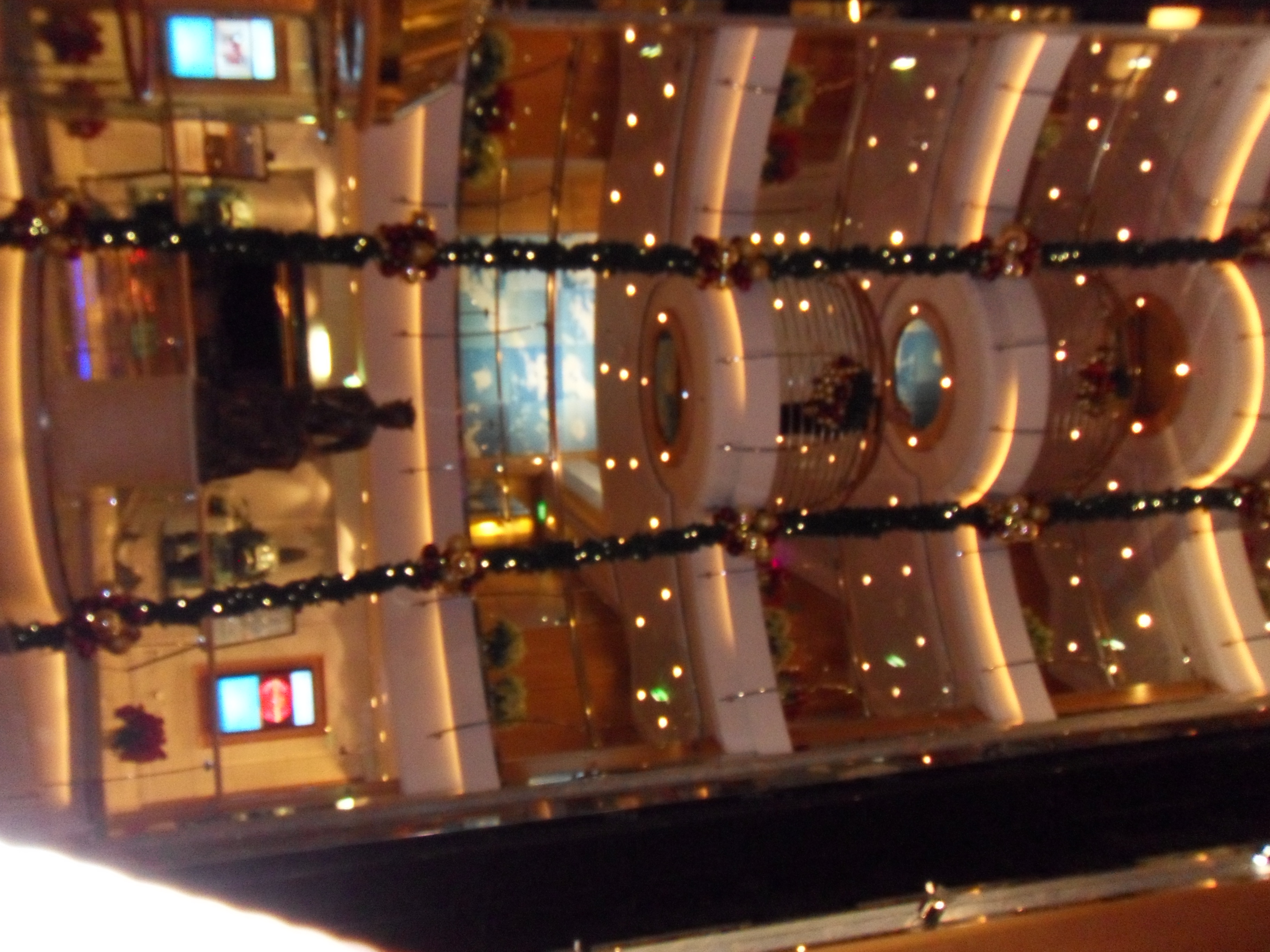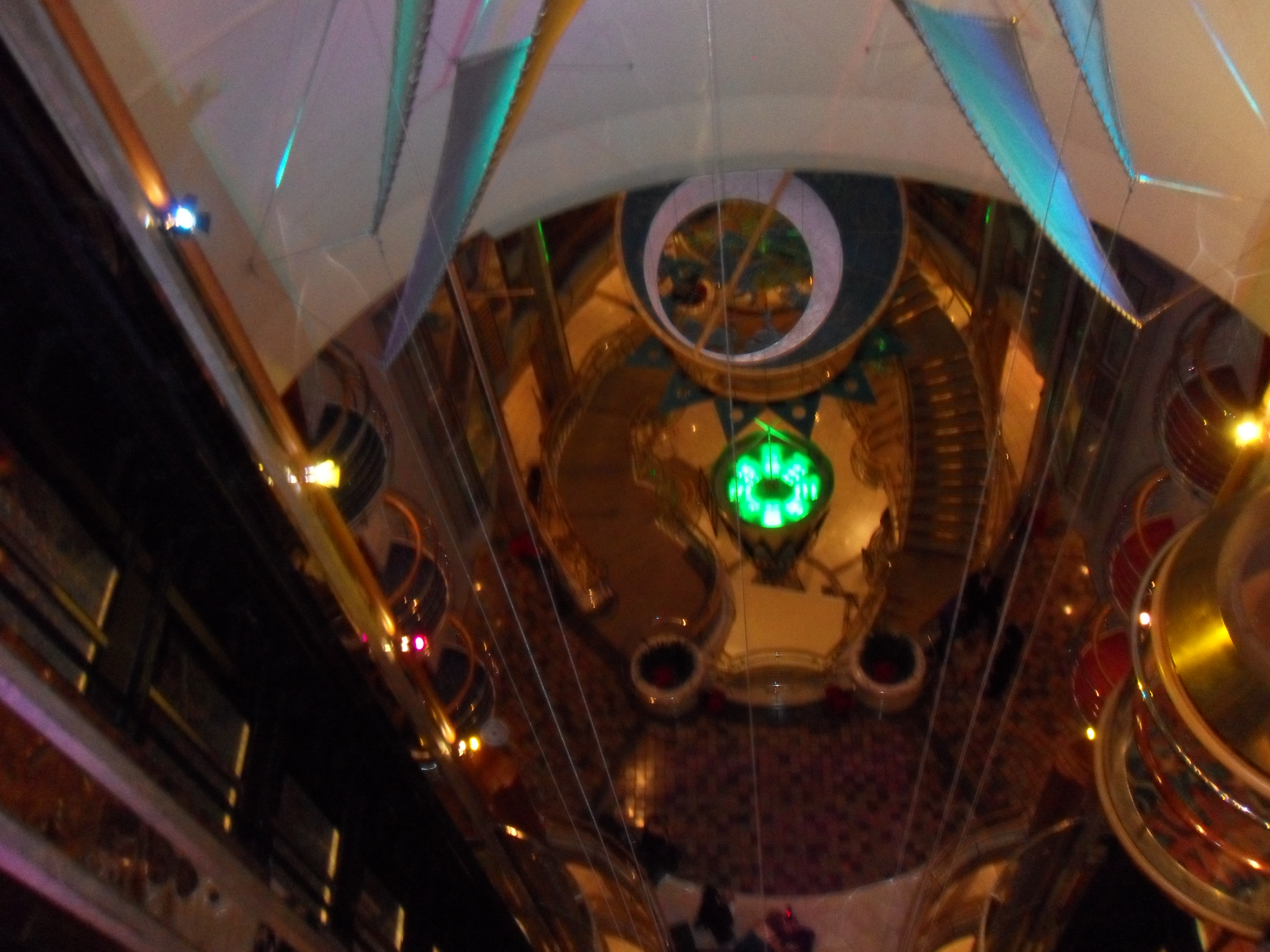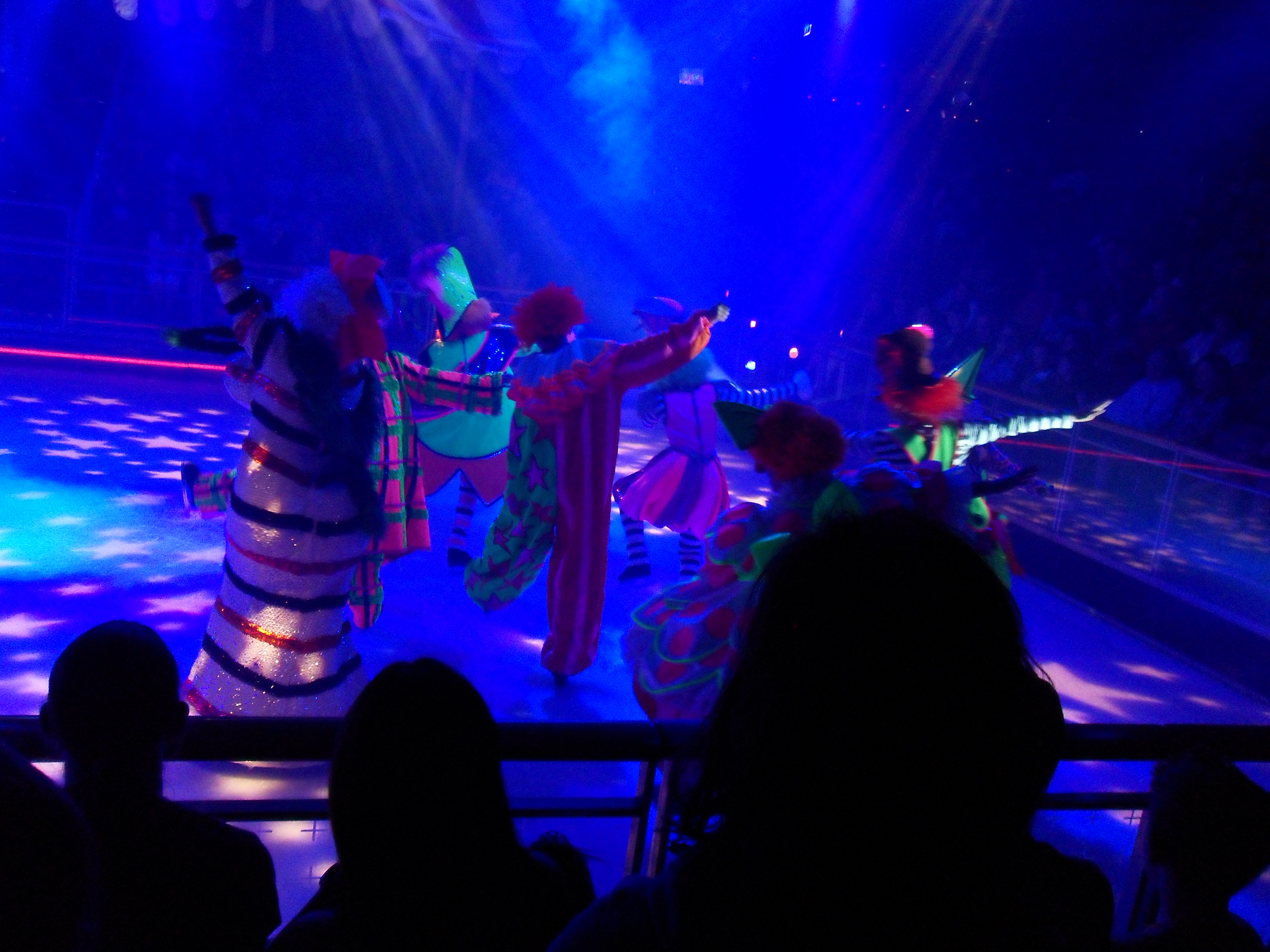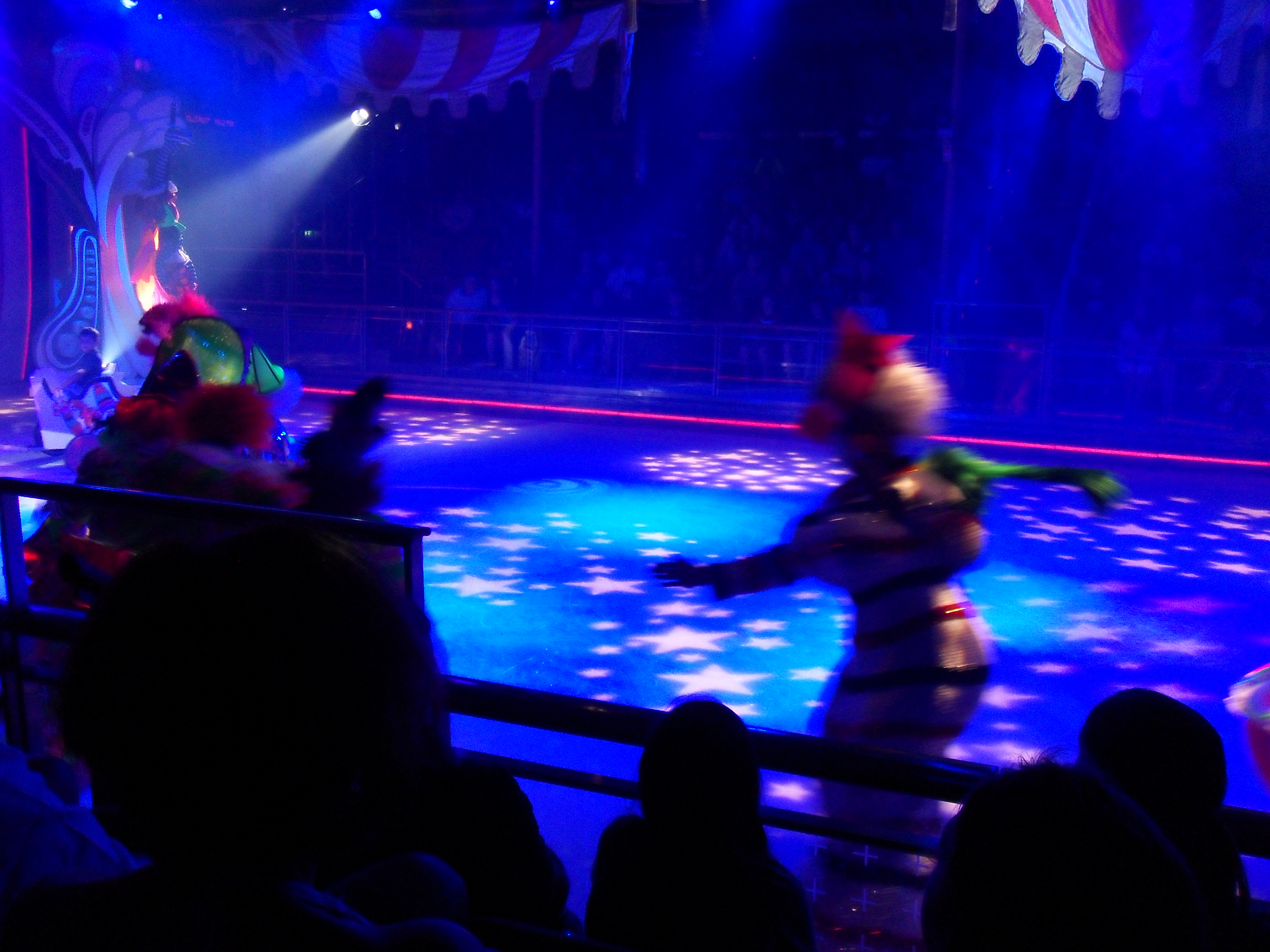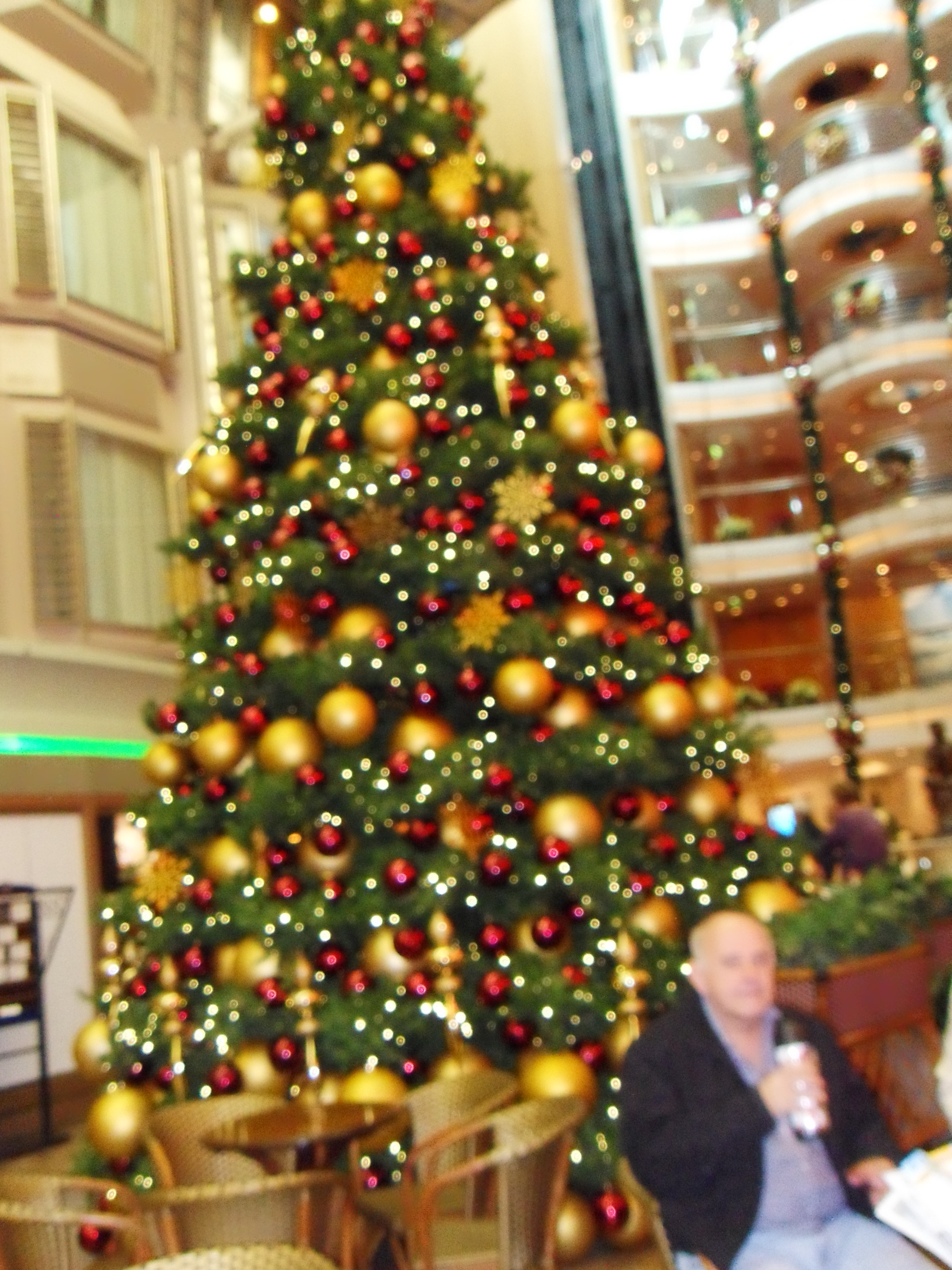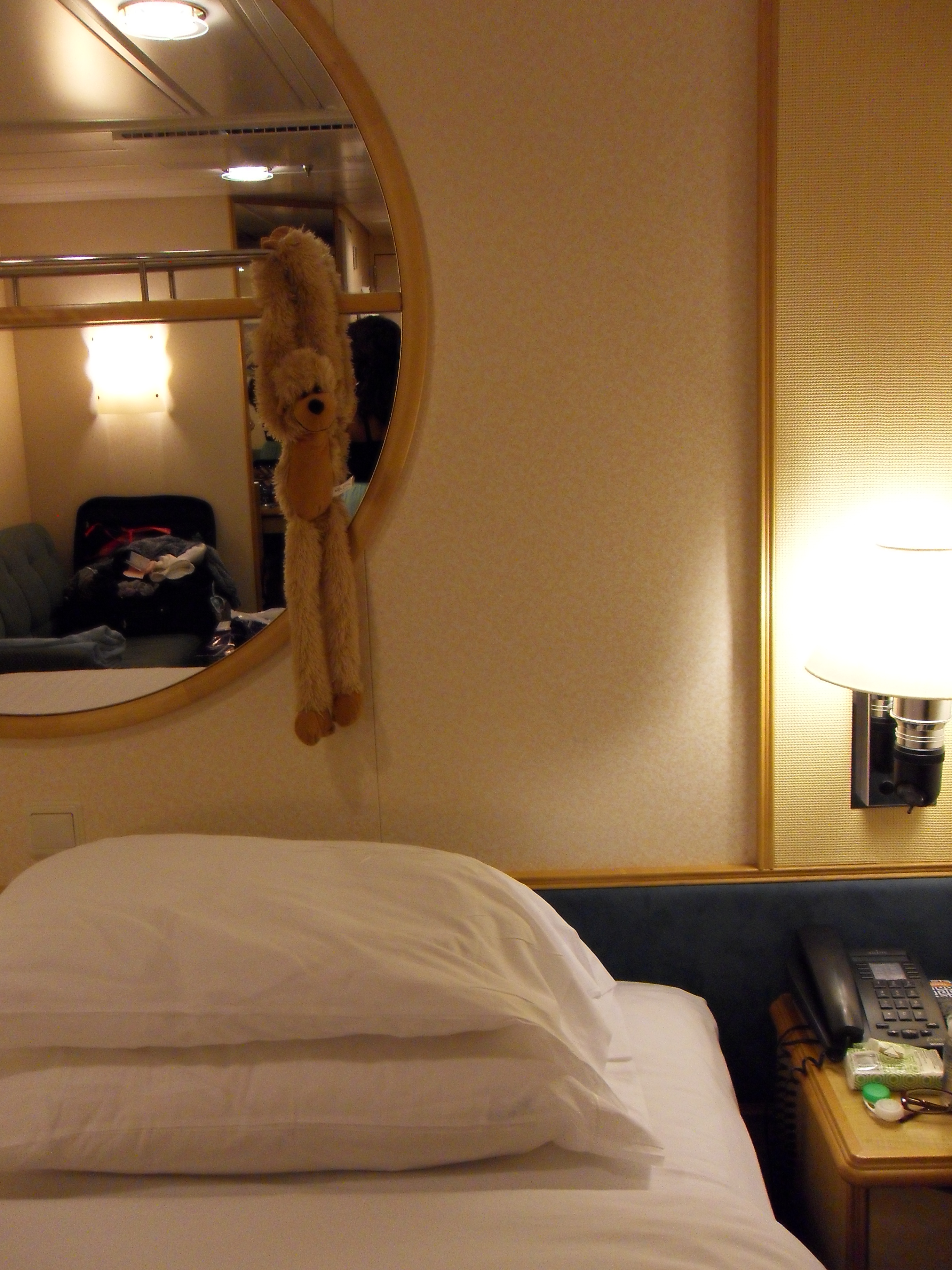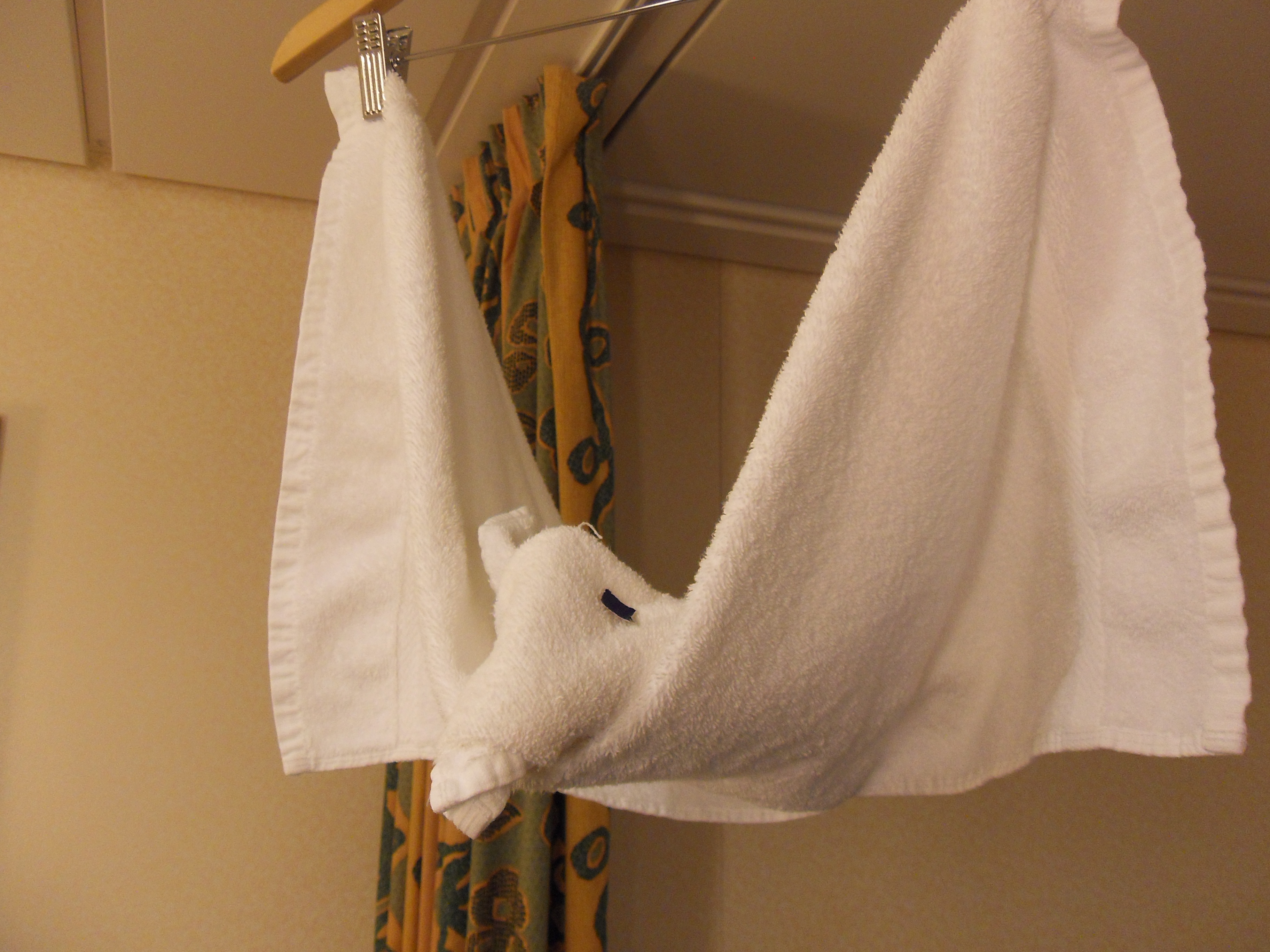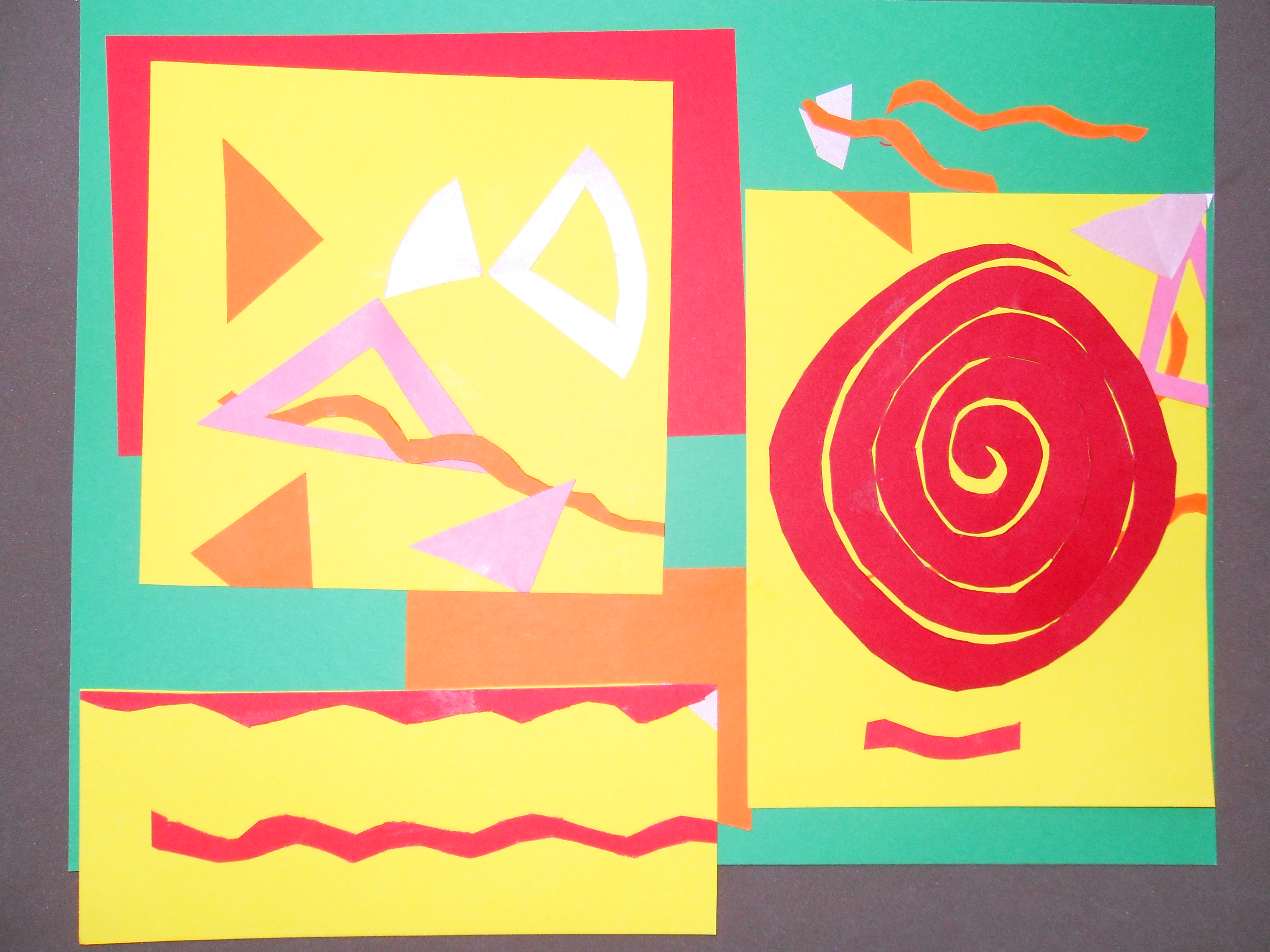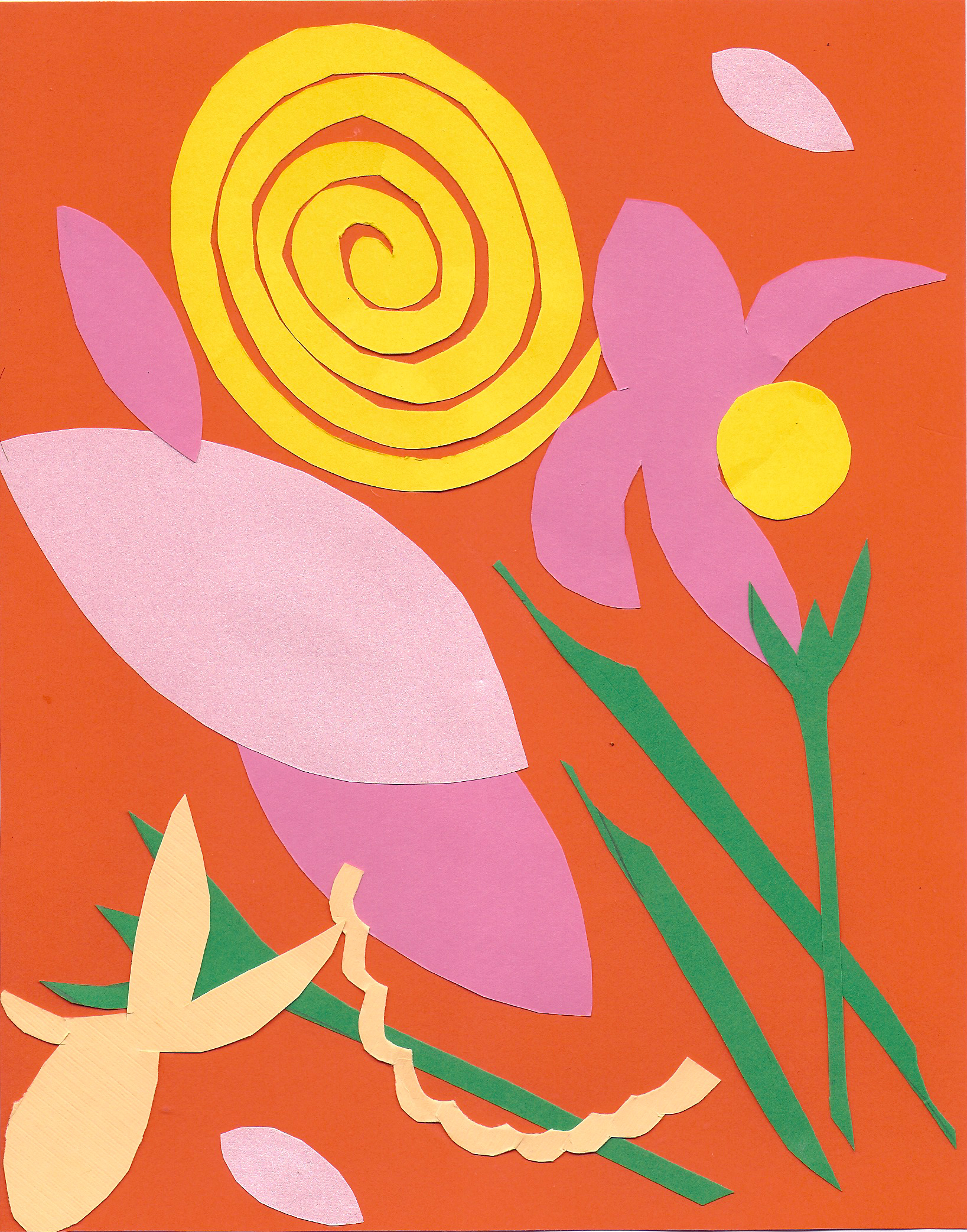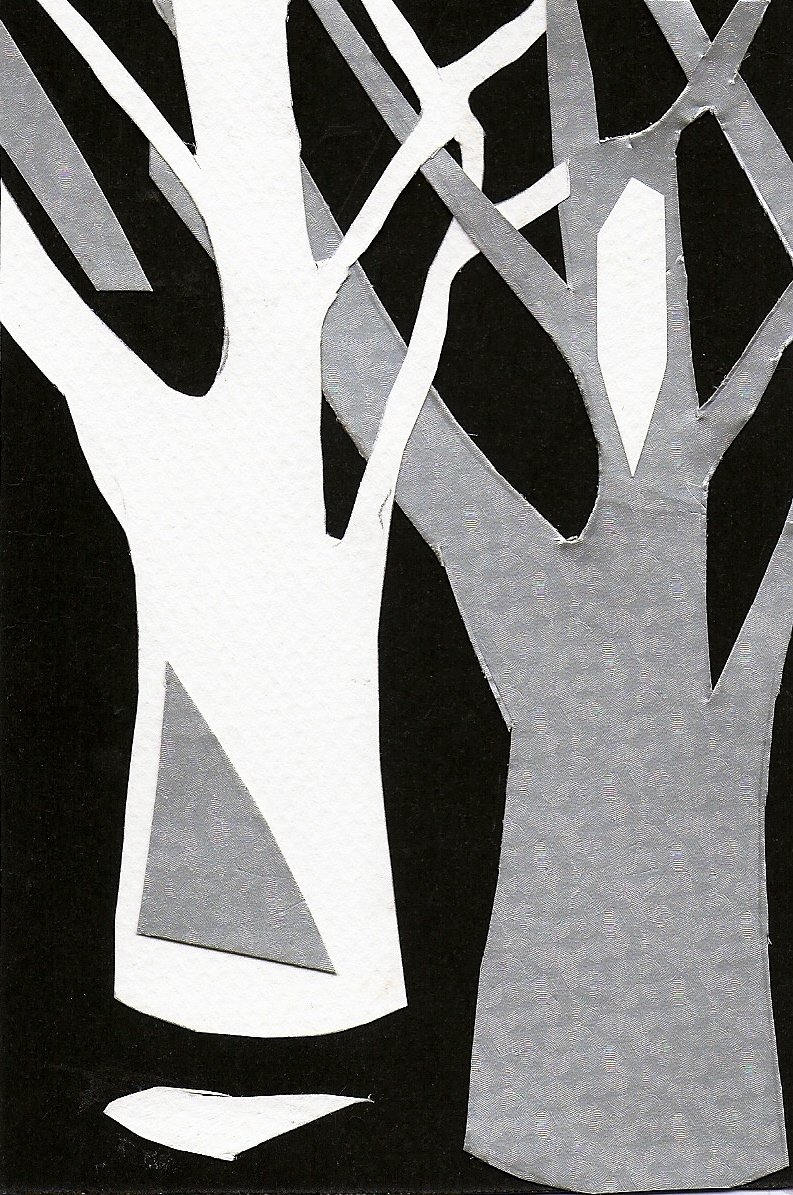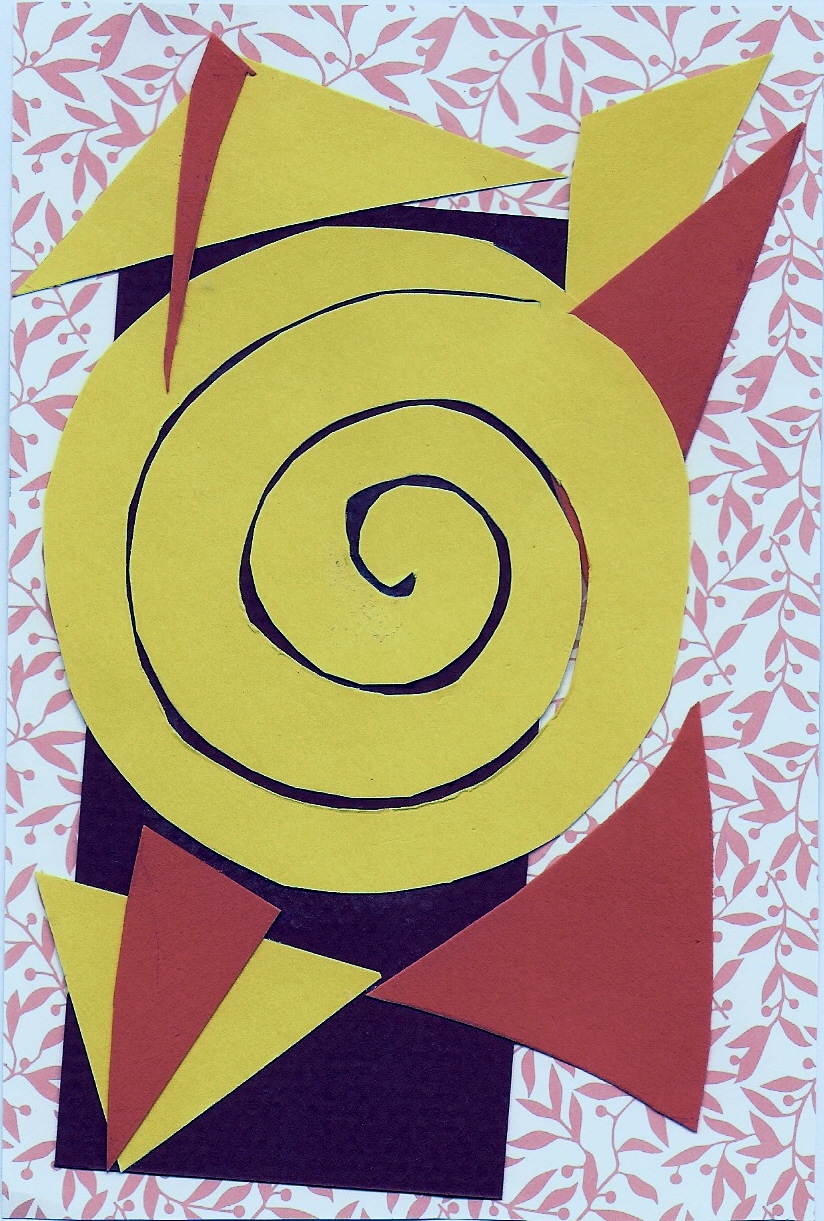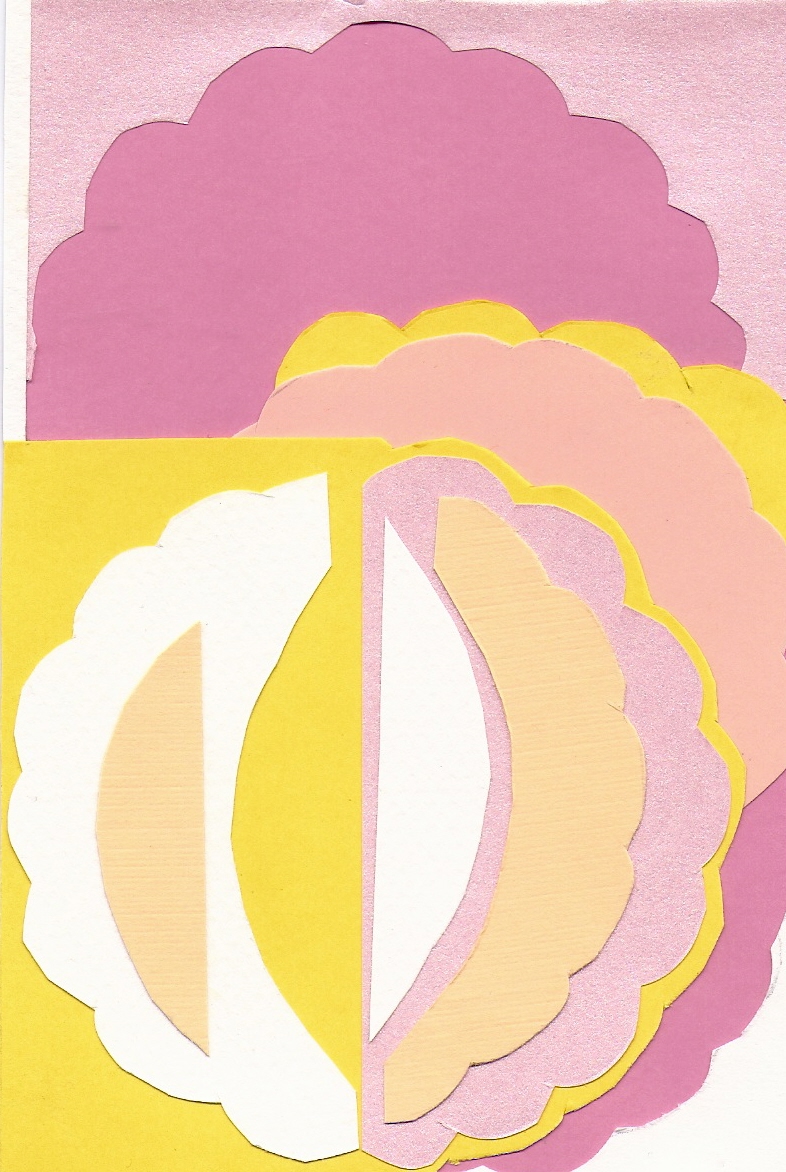JANUARY 4, 2013
COZUMEL, MEXICO
We scheduled a hike through the jungle in Cozumel for this morning. We got up early but not as early as yesterday and met the group at the port of Cozumel. The port is chock full of shops, restaurants and bars, and quaint like the port at Roatan only bigger.
We were told by the guide to wait at the local pharmacy but we didn’t recognize anyone from our ship. Another ship was docked next to ours; we were the only ones from the Mariner of the Seas. The driver almost left without us until the tour guide realized the mistake and came back and got us.
We reached the jungle by bus. We were given a backpack and a rice crispy bar and ser off for a fairly rigorous walk in 80 plus degree weather. The group tramped over planks, logs, and a suspension bridge. We walked a fair distance before our tour guide stopped and lectured us about the dietary habits of the ancient Mayans.
One thing they liked to eat, because of its availability in the jungle, was termites.
Termites build nests – similar to beehives – over a period of years. The Mayans would take a stick, poke it into the nest, and the termite would attach itself to it. The hungry Mayan would take the stick out and eat the termite.
Our tour guide called himself a “descendant of the Mayans” and actually demonstrated how to eat one. I looked over at Andrea, another descendant of the Mayans, but she didn’t seem interested in trying to eat one. Maybe she just wasn’t hungry. (Unlike!)
The ancient Mayans also built plant boxes above the ground on stilts. This prevented the wildlife living in the jungle from sampling the plants. Several boxes were strewn throughout the jungle growing different vegetables as demonstration models. According to our guide, it doesn’t take long for veggies to grow from seed in the jungle.
I’m not surprised considering the weather.
There is a tree that has a sap that has been used as a binder for bubble gum. The Mayans would set up camp by these trees because gathering the sap was an overnight process. They would place a receptacle under the tree and wait for the sap to fill it up.
Our tour guide told us that the jungle was home to various birds, cats (not the domestic kind) and other animals. We didn’t see any. I was hoping we would see more monkeys because Andrea loves them.
I enjoyed the walk but it was so hot that my backpack stuck to my back.
Our next stop was the Grand Beach Resort. We ate a buffet lunch there under an open air tent: chicken; oranges; mangoes; fries; rice; tortillas chips with salsa; fish and desserts. As usual, everything was delicious. I’ve been to Central America several times and I only remember one mediocre meal. A friend and I joined a tour to Mexico shortly after college during Thanksgiving week. Our hotel served us a Thanksgiving meal that was consisted of tasteless flat mashed potatoes, some kind of pumpkin pie, stuffing and corn. The turkey was okay.
We rushed to the beach to work on our winter tans. You’d think we’d never been to one. I don’t know how much was made by Nature and how much was created by humans but the beach was absolutely beautiful. The sky was cerulean, the sand was white and the sun shone brightly. Sailboats, paddle boats and swimmers dotted the blue sea. Parasailing was popular. Andrea found a large shell with barnacles which I almost poached but decided I didn’t have room for it in my suitcase. We walked along the sand for a while but spent most of the time sun tanning.
The staff was setting up a bingo game when we started to leave. There were shops and a water park, too.
We stopped to shop at the stores and kiosks by the port. The store clerks practically strong-arm you into their stores and get mad if you decline to buy anything they try to shove down your throat – especially anything expensive. (They fussed when they learned we were from Pittsburgh and professed to be Steelers fans.)
One employee personally escorted us up a flight of steps to a row of shops.
“I don’t want an escort,” I told him. “I can go up by myself.”
“If you don’t want to buy anything, that’s ok. I’m just doing my job,” he said.
I didn’t want to contribute to Mexico’s unemployment rolls so I relented. Another store clerk tried to sell me a ring for a couple of hundred dollars. I’m not expert enough to know if a stone is genuine or not.
“I’ll give you twenty dollars for it,” I offered. Of course, he got mad.
Andrea looked at the less expensive jewelry. You can buy any quality at any price. I told her that if she didn’t buy a piece of jewelry from Mexico, she would regret it. So after a lot of dickering going through many stores, she bought a silver bracelet. By then we were tired of shopping.
There was a strip of beach with beach chairs not far from Senor Frog’s restaurant. We lay out there until it was time to go back to the ship.
Later, Andrea got her first-ever massage at the ship’s spa. The appointment lasted well over an hour because it included a consultation. For those who may want to know, the ships’ special for that day was $99.
This was the Mariner’s second formal night. The fashions this evening weren’t any different from the previous formal night but this time, many people seemed inclined to change after dinner.
Any time there was a college football game, especially a Bowl game, (actually any football game) it was shown on the giant TV in the pool area. It was hard to watch any of them at length because of everything that was going on.
Royal Caribbean neglected to show the Cotton Bowl on the big screen so they had to show it at the Internet café to mollify the crowd. It was a little awkward since the computer screens weren’t big. The staff fed them cookies and pizzas to keep them happy. Since many of the passengers were fromTexas, it was fitting that Texas won.
Dinner time included another show where the restaurant staff was introduced to the guests. The workers come from all over the world.
I ordered chilled peach soup; lobster tail with shrimp and mashed potatoes; low fat cherries jubilee (minus the flambé; I found out that that isn’t done anymore); coffee and the rest of the wine. Andrea had Caesar salad; lobster tail and shrimp with mashed potatoes; rainbow sherbet with a cookie and a Coke.
We went to the Whitney Houston Tribute afterward. The singer wore a one shoulder blue sequin gown with diamond cuff bracelet and dangling earrings. She channeled Whitney Houston very well and the audience responded loved her singing.
The Quest Game show at Studio B was next on our events’ schedule. The ship’s activities director divided the audience into six sections. We were in section #5. Two people from each section volunteered to be the section leaders for the “team.”
Then she would say something like “I want five belts from five men in your team.” And five men would race to give the group leaders their belts who would rush up to the activities director to show her the belts.
Her requests didn’t stop at belts. At first, the director asked for innocuous stuff like women with piercings; a woman who can do a somersault (Andrea showed her prowess for our team); the hairiest male back; a woman with a tattoo (Andrea showed her “Dream” tattoo on her wrist); etc.
Then, she requested four people from each team to participate in a race but they had to row on their bums. Andrea was one of the rowers for #5.
Another activity involved five women giving up their bras. Then the group leader or team member had to wear the bra preferably on top of their clothing.
Everything was timed so the faster, the better or you could run out of time.
Another request required two men from each group taking off their trousers and putting them on backwards. They had to face away from the crowd when they did this because one participant on a previous cruise wasn’t wearing any underwear.
“One of my staff is still undergoing therapy over that one,” the director declared.
The finale required that one male dress like a female complete with make-up, clothes, stockings, shoes, jewelry, etc. Members of the team were allowed to help with their transformation.
These “Drag Queens” were asked to give their names and occupations. The responses, of course, were funny.
“My name is Sweet Tits and I drive a rig,” one man responded.
At the end, they paraded the stage, dancing, strutting or trying to strut and singing.
There was party at the Solarium by the pool. I don’t remember what Andrea ordered but she liked it. I had a Brandy Alexander. (Unlike!)
Tomorrow: A Day at Sea
Like this:
Like Loading...








